 |
Banking transactions, Bank reconciliation statements |
| << REVALUATION OF FIXED ASSETS |
| RECAP >> |
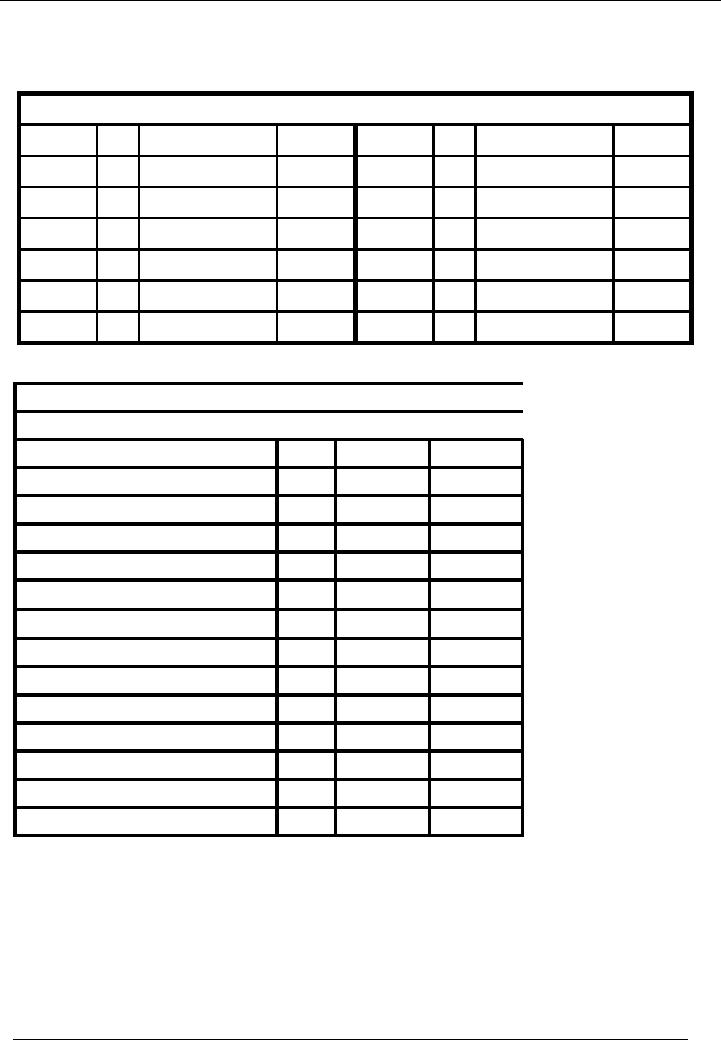
Financial
Accounting (Mgt-101)
VU
Vehicle
Account
Vehicle
Account
Code 05
Date
No.
Narration
Dr.
Rs.
Date
No.
Narration
Cr.
Rs.
03-01---
04 Furniture
purch.
50,000
0
50,000
Balance
50,000
50,000
50,000
Name
Of The Organization (Ali
Traders)
Trial
Balance As On ( January 31,
20--)
Title
of Account
Code
Dr.
Rs.
Cr.
Rs.
Cash
Account
01
35,000
Bank
Account
02
130,000
Capital
Account
03
200,000
Furniture
Account
04
15,000
Vehicle
Account
05
50,000
Total
54
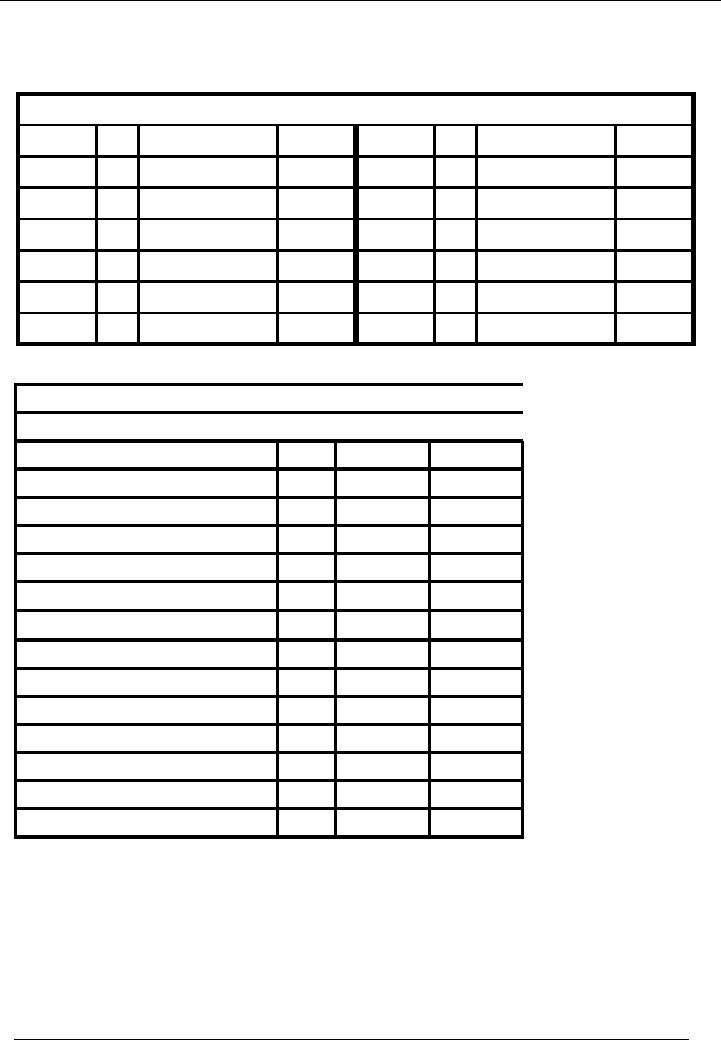
Financial
Accounting (Mgt-101)
VU
Purchases
Account
Purchases
Account
Code 06
No.
Narration
Cr.
Rs.
Date
No.
Narration
Dr.
Rs.
Date
05-01--- 05
Goods purch.
50,000
10-01---
10,000
08 Purchase
return
20,000
08-01---
07 Goods
purch.
70,000
10,000
Balance
60,000
70,000
70,000
Name
Of The Organization (Ali
Traders)
Trial
Balance As On ( January 31,
20--)
Title
of Account
Code
Dr.
Rs.
Cr.
Rs.
Cash
Account
01
35,000
Bank
Account
02
130,000
Capital
Account
03
200,000
Furniture
Account
04
15,000
Vehicle
Account
05
50,000
Purchases
Account
06
60,000
Total
55
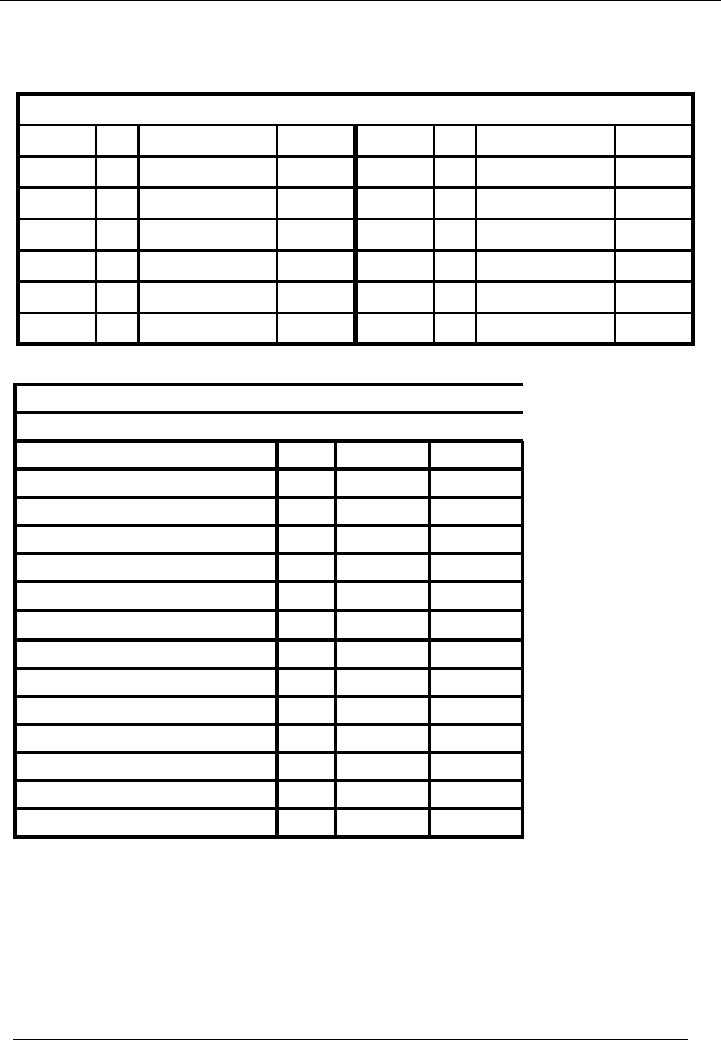
Financial
Accounting (Mgt-101)
VU
Mr. A
(Supplier)
Mr. A
(Creditor)
Account
Code 07
No.
Narration
Cr.
Rs.
Date
No.
Narration
Dr.
Rs.
Date
10,000
05-01---
05 Goods
purch.
50,000
10-01---
08 Purchase
return
25,000
21-01---
11 Paid to
Mr. A
35,000
50,000
Balance
15,000
50,000
50,000
Name
Of The Organization (Ali
Traders)
Trial
Balance As On ( January 31,
20--)
Title
of Account
Code
Dr.
Rs.
Cr.
Rs.
Cash
Account
01
35,000
Bank
Account
02
130,000
Capital
Account
03
200,000
Furniture
Account
04
15,000
Vehicle
Account
05
50,000
Purchases
Account
06
60,000
Mr.
A (Creditor)
07
15,000
Total
56
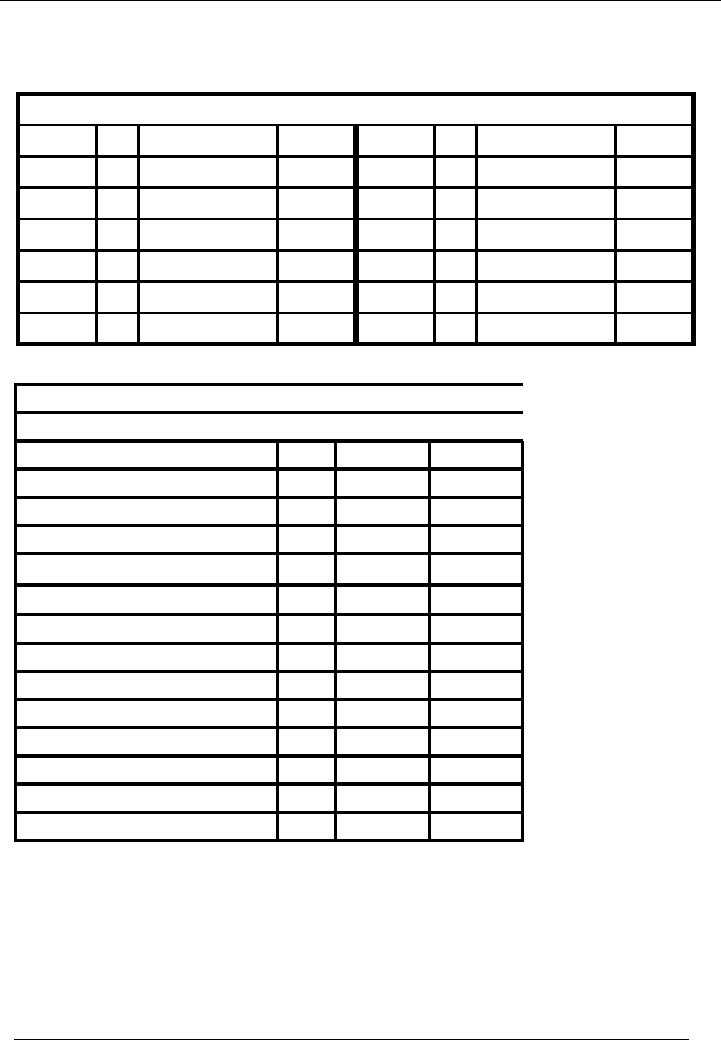
Financial
Accounting (Mgt-101)
VU
Sales
Sales
Account Code 08
No.
Narration
Cr.
Rs.
Date
No.
Narration
Dr.
Rs.
Date
18-01---
10 Sales
return
5,000
06-01---
06 Goods
sold
60,000
40,000
12-01---
09 Goods
sold
5,000
100,000
Balance
95,000
100,000
100,000
Name
Of The Organization (Ali
Traders)
Trial
Balance As On ( January 31,
20--)
Title
of Account
Code
Dr.
Rs.
Cr.
Rs.
Cash
Account
01
35,000
Bank
Account
02
130,000
Capital
Account
03
200,000
Furniture
Account
04
15,000
Vehicle
Account
05
50,000
Purchases
Account
06
60,000
Mr.
A (Creditor)
07
15,000
Sales
08
95,000
Total
57
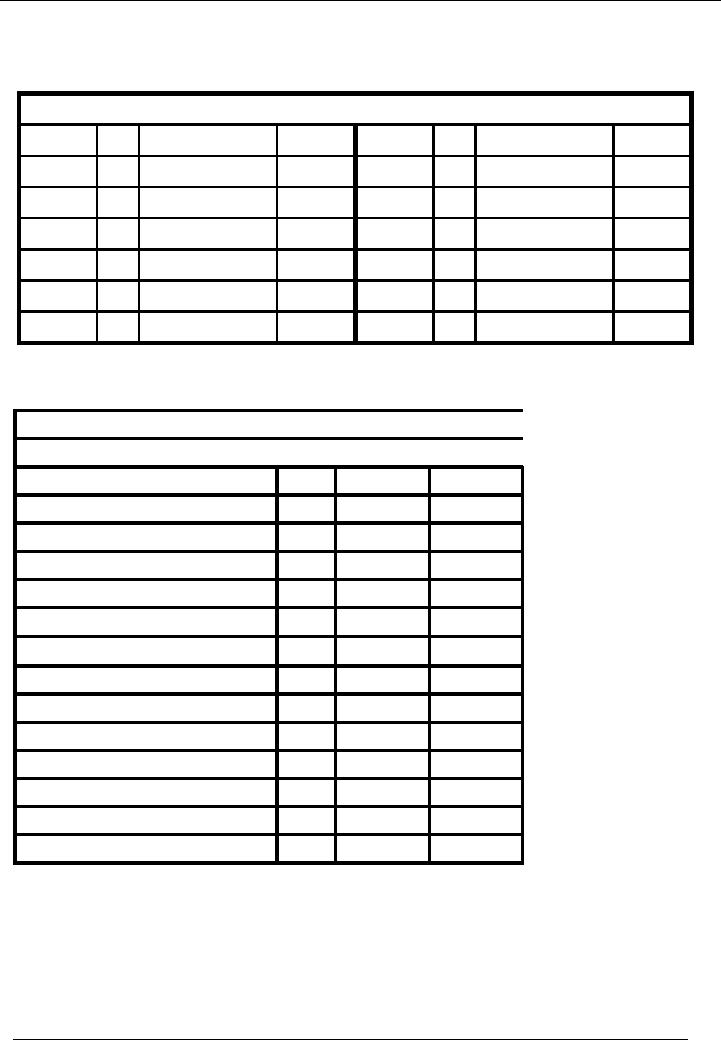
Financial
Accounting (Mgt-101)
VU
Mr. B
(Customer)
Mr. B
(Debtor) Account Code
09
Date
No.
Narration
Dr.
Rs.
Date
No.
Narration
Cr.
Rs.
12-01---
09 Goods
sold
40,000
18-01---
10 Sales
return
5,000
20,000
25-01---
12 Received
from B
40,000
25,000
Balance
15,000
40,000
40,000
Name
Of The Organization (Ali
Traders)
Trial
Balance As On ( January 31,
20--)
Title
of Account
Code
Dr.
Rs.
Cr.
Rs.
Cash
Account
01
35,000
Bank
Account
02
130,000
Capital
Account
03
200,000
Furniture
Account
04
15,000
Vehicle
Account
05
50,000
Purchases
Account
06
60,000
Mr.
A (Creditor)
07
15,000
Sales
08
95,000
Mr.
B (Debtor)
09
15,000
Total
58
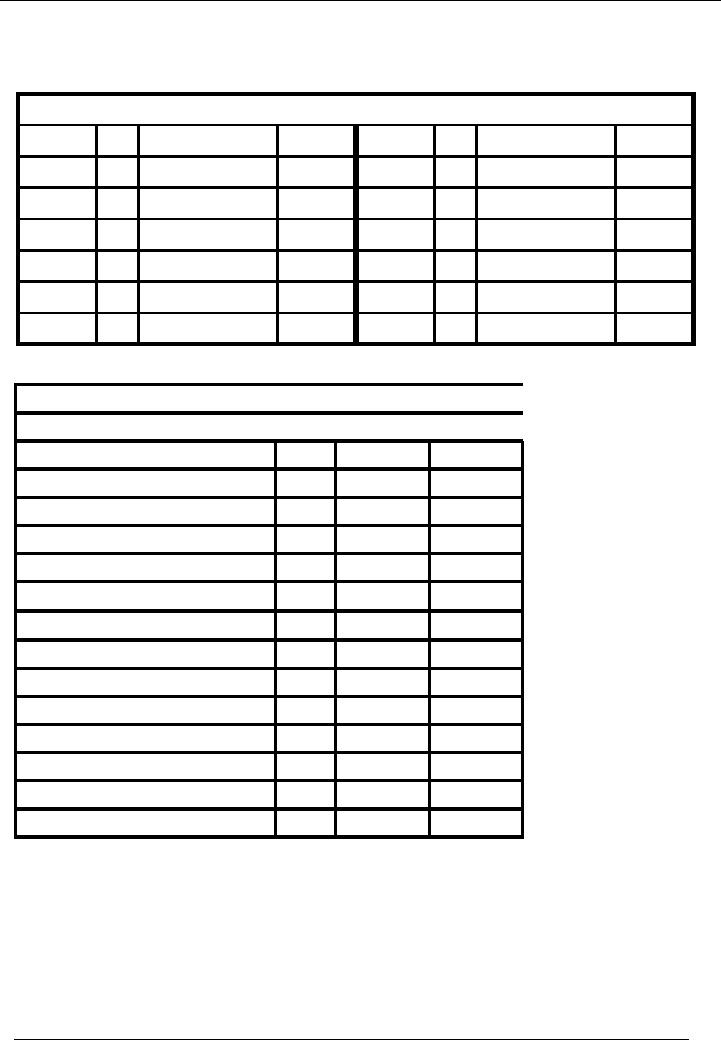
Financial
Accounting (Mgt-101)
VU
Salaries
Salaries
Account
Code 10
No.
Narration
Cr.
Rs.
Date
No.
Narration
Dr.
Rs.
Date
31-01---
13 Salaries
paid
5,000
0
5,000
Balance
5,000
5,000
5,000
Name
Of The Organization (Ali
Traders)
Trial
Balance As On ( January 31,
20--)
Title
of Account
Code
Dr.
Rs.
Cr.
Rs.
Cash
Account
01
35,000
Bank
Account
02
130,000
Capital
Account
03
200,000
Furniture
Account
04
15,000
Vehicle
Account
05
50,000
Purchases
Account
06
60,000
Mr.
A (Creditor)
07
15,000
Sales
08
95,000
Mr.
B (Debtor)
09
15,000
Salaries
10
5,000
Total
59
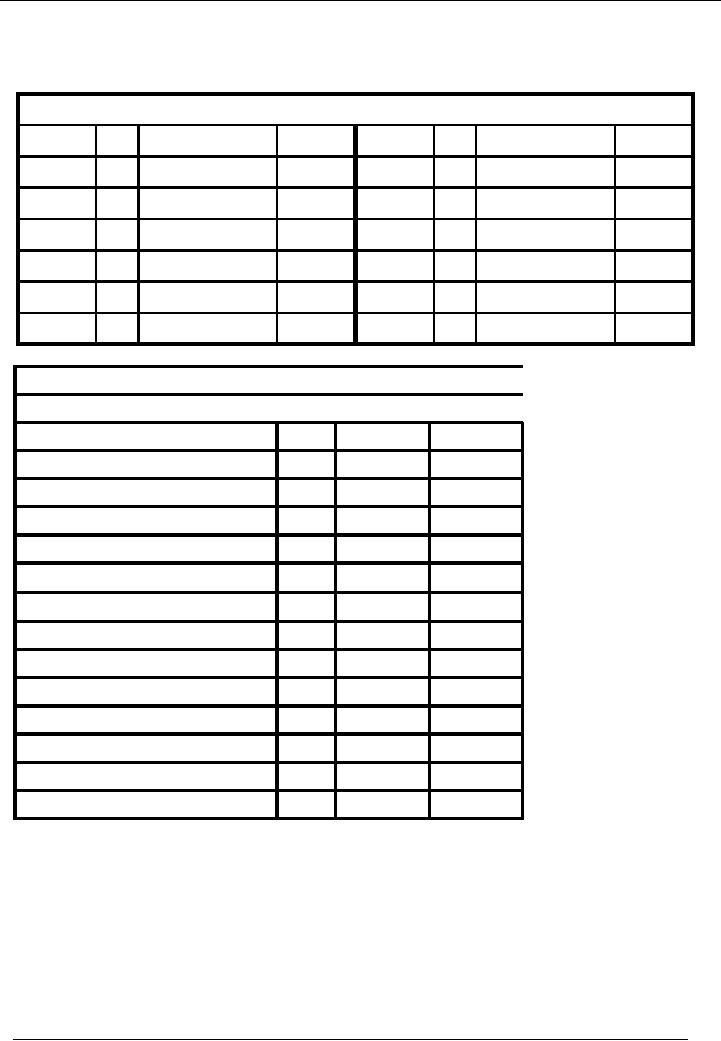
Financial
Accounting (Mgt-101)
VU
Expenses
Expenses
Account
Code 11
No.
Narration
Cr.
Rs.
Date
No.
Narration
Dr.
Rs.
Date
31-01---
14 Exp.
accrued
20,000
20,000
0
Balance
20,000
20,000
20,000
Name
Of The Organization (Ali
Traders)
Trial
Balance As On ( January 31,
20--)
Title
of Account
Code
Dr.
Rs.
Cr.
Rs.
Cash
Account
01
35,000
Bank
Account
02
130,000
Capital
Account
03
200,000
Furniture
Account
04
15,000
Vehicle
Account
05
50,000
Purchases
Account
06
60,000
Mr.
A (Creditor)
07
15,000
Sales
08
95,000
Mr.
B (Debtor)
09
15,000
Salaries
10
5,000
Expenses
11
20,000
Total
60
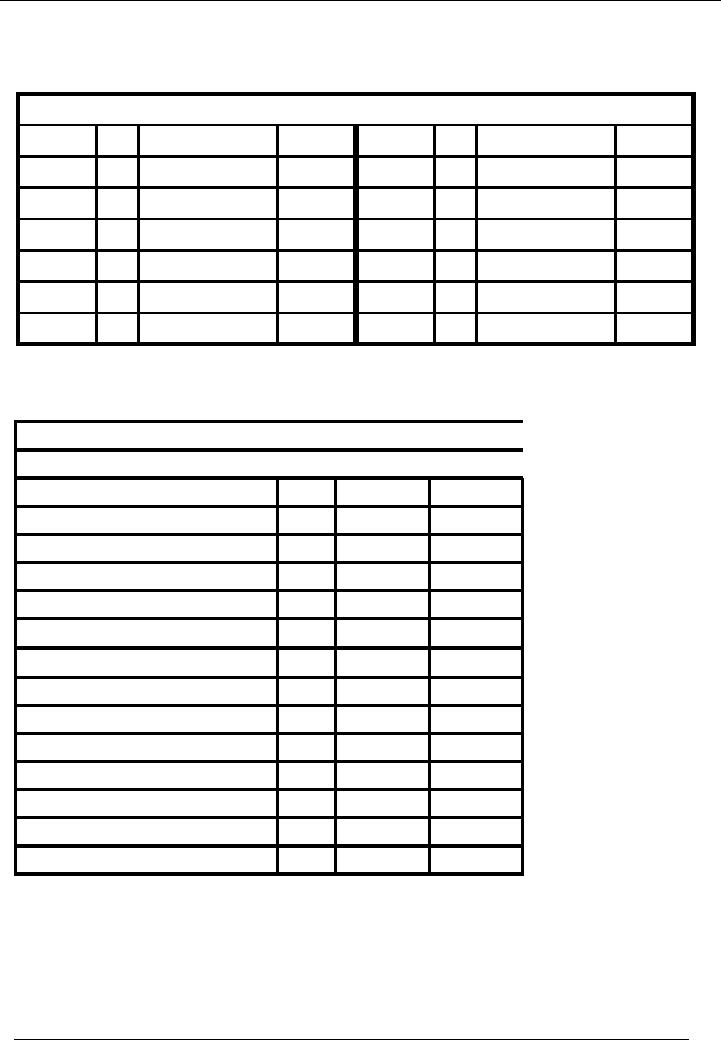
Financial
Accounting (Mgt-101)
VU
Expenses
Payable
Expenses
Payable
Account
Code 12
No.
Narration
Cr.
Rs.
Date
No.
Narration
Dr.
Rs.
Date
31-01---
14 Exp.
accrued
20,000
0
20,000
Balance
20,000
20,000
20,000
Name
Of The Organization (Ali
Traders)
Trial
Balance As On ( January 31,
20--)
Title
of Account
Code
Dr.
Rs.
Cr.
Rs.
Cash
Account
01
35,000
Bank
Account
02
130,000
Capital
Account
03
200,000
Furniture
Account
04
15,000
Vehicle
Account
05
50,000
Purchases
Account
06
60,000
Mr.
A (Creditor)
07
15,000
Sales
08
95,000
Mr.
B (Debtor)
09
15,000
Salaries
10
5,000
Expenses
11
20,000
Expenses
Payable
12
20,000
Total
330,000
330,000
61
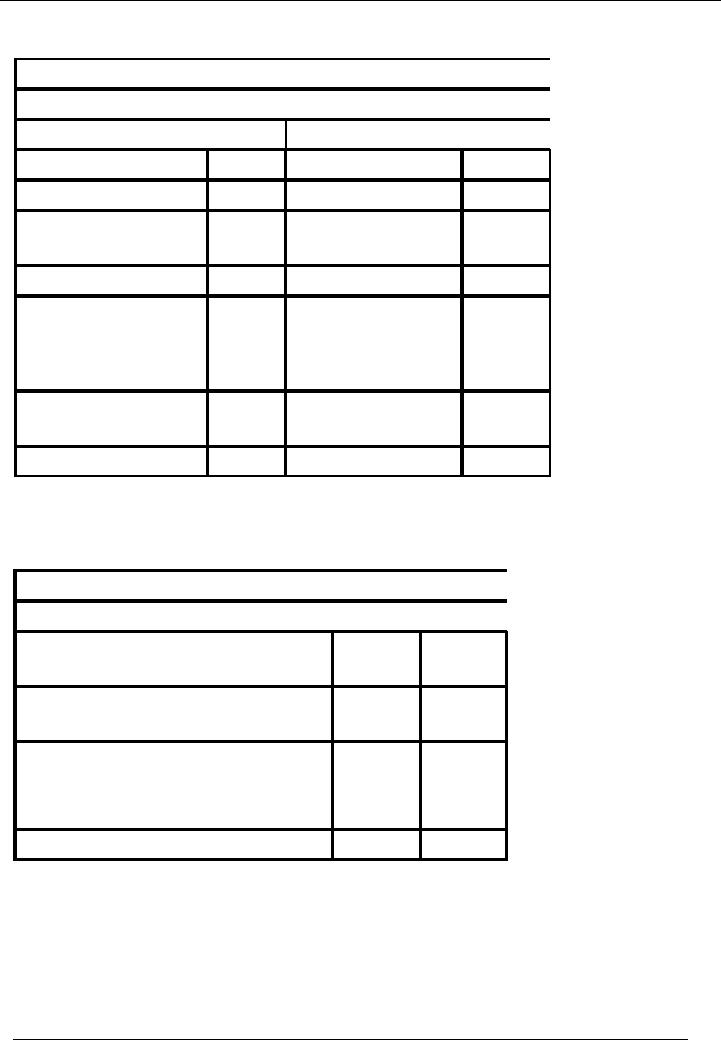
Financial
Accounting (Mgt-101)
VU
PROFIT
AND LOSS ACCOUNT (ACCOUNT
FORM)
Name
of the Entity (Ali
Traders)
Profit and
Loss Account for the
Month Ending January 31,
20--
Debit
Credit
Particulars
Rs.
Particulars
Rs.
Cost
of Sale (Purchases)
60,000
Income
95,000
Gross
Profit
35,000
(income
Cost of Sale)
Total
95,000
Total
95,000
Admin
Expenses
25,000
Gross
Profit
35,000
Salaries
5,000
Expenses
20,000
Net
Profit
10,000
(gross
Profit expenses)
Total
35,000
Total
35,000
PROFIT
AND LOSS ACCOUNT (EPORT
FORM)
Name
of the Entity (Ali
Traders)
Profit and
Loss Account for the
Month Ending January 31,
20--
Particulars
Amount
Amount
Rs.
Rs.
Income
/ Sales / Revenue
95,000
Less:
Cost of Goods
Sold
(60,000)
Gross
Profit
35,000
Less:
Administrative Expenses
(25,000)
(25,000)
Net
Profit
10,000
Rules
of debit & credit
·
Any
account that obtains a benefit is
Debit and
·
Anything
that will provide benefit to
the business is Credit.
·
Both
these statements may look
different but in fact if we consider
that whenever an
account
benefits as a
result of a transaction it will
have to return that benefit
to the business then both
the
statements
will look like different
sides of the same picture.
Rules
of debit & credits can
also be explained like:
62
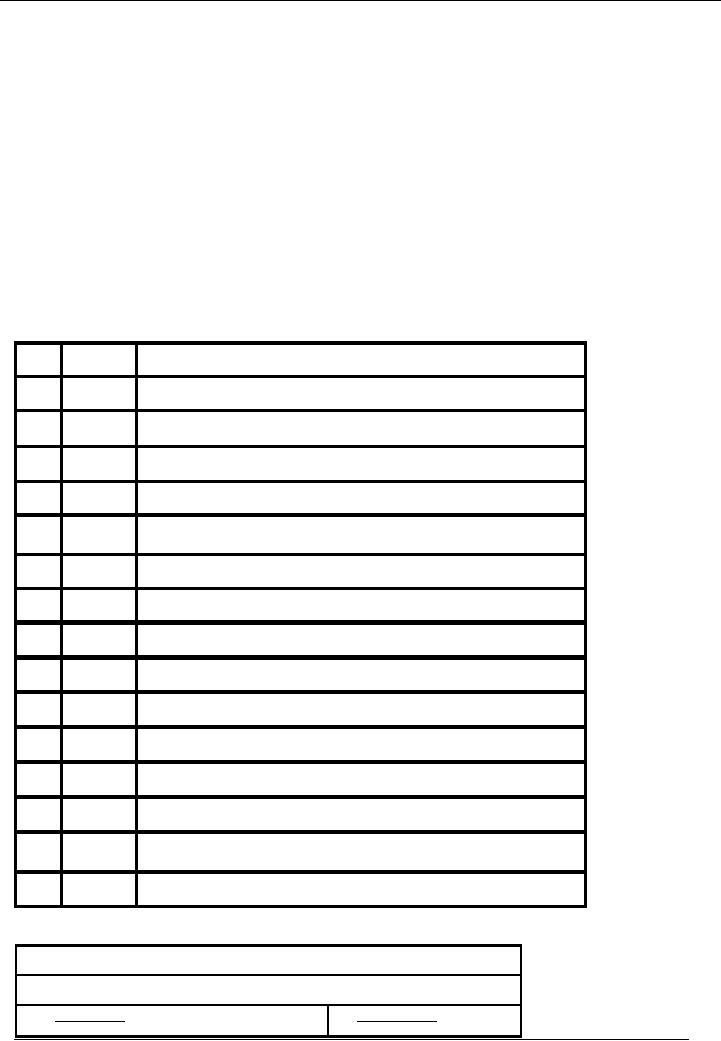
Financial
Accounting (Mgt-101)
VU
·
EXPENDITURE
o Increase
in Expenditure is Debit
o Decrease
in Expenditure is Credit
·
INCOME
o Increase
in Income is Credit
o Decrease
in Income is Debit
·
ASSETS
o Increase
in Asset is Debit
o Decrease
in Asset is Credit
·
LIABILITY
o Increase
in Liability is Credit
o Decrease
in Liability is Debit
Now we
will explain these rules
with the help of the following
illustration:
No.
Date
Particulars
01
Jan
01
Mr.
Rizwan invests Rs. 100,000
to commence his
business.
02
Jan
03
He
opened an account with bank &
deposited Rs. 30,000.
03
Jan
05
He borrows
Rs. 50,000 from Mr.
Saleem at 12% per
annum.
04
Jan
07
He
purchased furniture worth
Rs. 20,000 for
cash.
05
Jan
09
He
purchased goods (for resale)
worth of Rs. 10,000 from
Mr. Afzal
on
credit.
06
Jan
10
He
sold goods for cash
Rs. 5,000
07
Jan
12
He
sold goods for Rs.
5,000 to Mr. Naeem on credit
basis.
08
Jan
15
Cash
deposited in bank Rs.
5,000
09
Jan
16
He
purchased stationery fore Rs.
3,000.
10
Jan
18
He
purchased office equipment for
Rs. 10,000 and paid by
cheque.
11
Jan
19
He returned
defective goods to Mr. Afzal
worth Rs. 1,000.
12
Jan
25
Goods
are returned by Mr. Naeem
Rs. 500 to the
business.
13
Jan
30
Cash
paid to Mr. Afzal Rs. 9,000
in full settlement of his
claim.
14
Jan
31
Cash
received from Mr. Naeem
Rs. 4,500 in full settlement
of his
account.
15
Jan
31
Cash
withdrawn from the bank Rs.
500.
Now
first document that we prepare in
accounting is the voucher. We will book
first entry in voucher,
i.e.
Name Of
Company
Type
Of Voucher
Date:
1-1-02--
No:
01
63
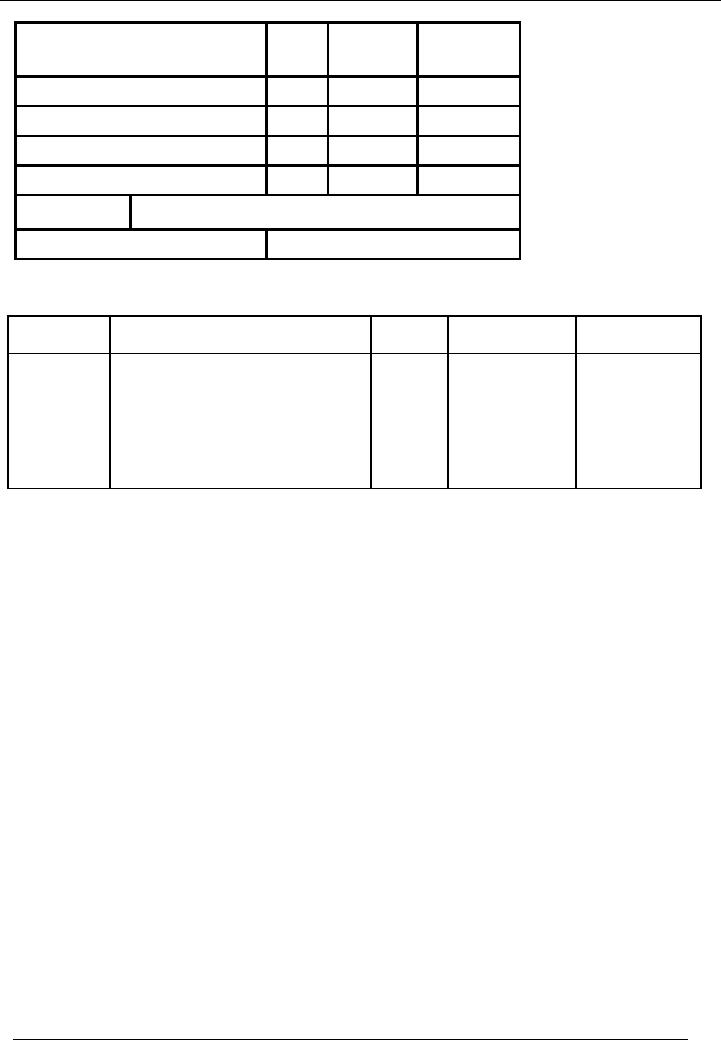
Financial
Accounting (Mgt-101)
VU
Description
Code
Debit
Credit
Amount
#
Amount
Cash
01
100,000
Capital
02
100,000
Total:
100,000
100,000
Narration:
Capital
Introduced in Cash by Mr.
Rizwan.
Prepared
By:
Checked
by:
Same
entry is presented in simpler
form:
Date
Particulars
Code
#
Amount(Dr.)
Amount(Cr.)
Rs.
Rs.
01-01-2002
Cash
A/c
01
100,000
Capital
A/c
02
100,000
Capital
Introduced in Cash by
Mr.
Rizwan
In this
case, cash account is debited
because cash account has
obtained benefit and Capital account
is
credited
because business has obtained
benefit because of capital
account.
This
statement can also be
interpreted like
this:
As
cash is an asset and it is
increased in this case, so cash is
debited. Capital is a liability and
increase in
liability
is credit. In this case capital is
increased, hence it is
credited.
64
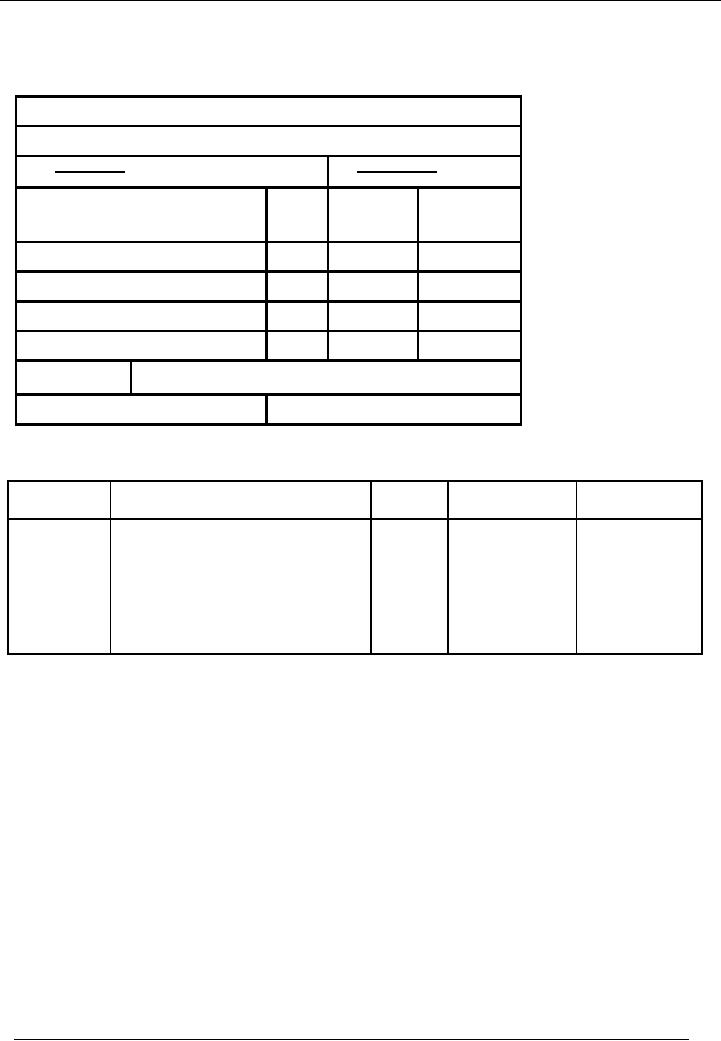
Financial
Accounting (Mgt-101)
VU
ENTRY
# 2
First, we
will book this entry in
voucher.
Name Of
Company
Type
Of Voucher
Date:
3-1-02--
No:
01
Description
Code
Debit
Credit
Amount
#
Amount
Bank
03
30,000
Cash
01
30,000
Total:
30,000
30,000
Narration:
Deposited
cash in bank.
Prepared
By:
Checked
by:
Again,
the same entry in simple
form
Date
Particulars
Code
#
Amount(Dr.)
Amount(Cr.)
Rs.
Rs.
03-01-2002
Bank
A/c
03
30,000
Cash
A/c
01
30,000
Deposited
cash in bank.
Again,
bank account is debited because bank
account has obtained benefit
and Cash account is
credited
because
business has obtained benefit
because of cash
account.
This
statement can also be
interpreted like
this:
As bank is an
asset and it is increased in this
case, so bank is debited. Cash is an
asset and decrease in asset
is
credit. In this
case cash is decreased,
hence it is credited
From
now onward, we will present
entry in simple
form.
65
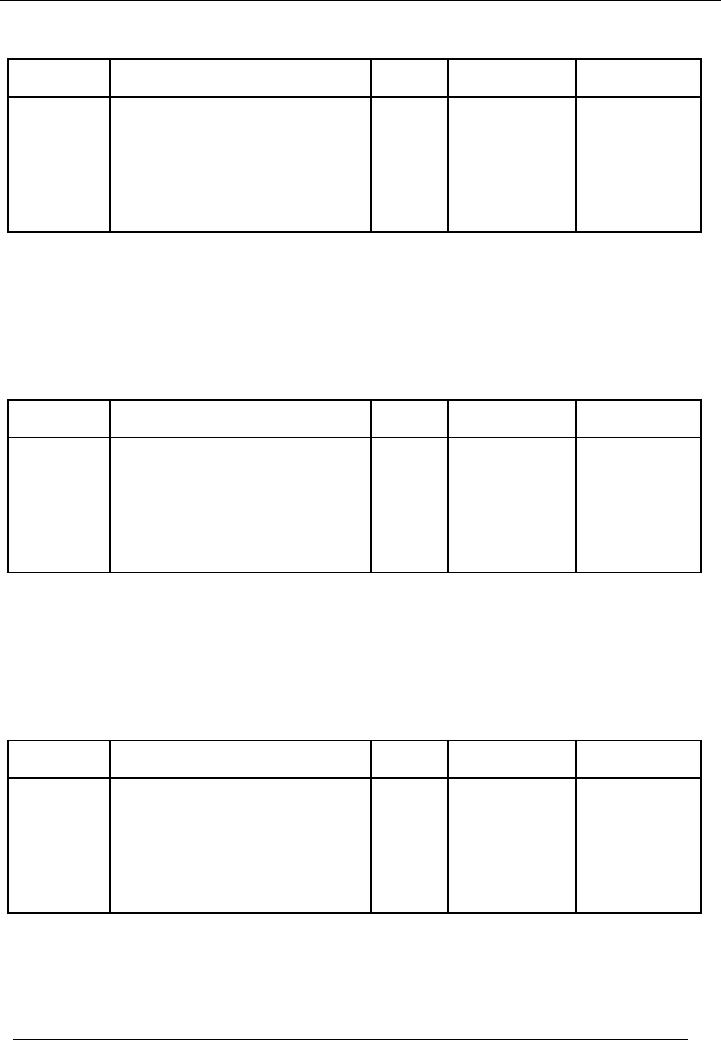
Financial
Accounting (Mgt-101)
VU
ENTRY
# 3
Date
Particulars
Code
#
Amount(Dr.)
Amount(Cr.)
Rs.
Rs.
05-01-2002
Cash
A/c
01
50,000
Loan
A/c
04
50,000
Obtained
loan from Mr. Saleem.
Cash
account is debited because cash
account has obtained benefit
and Loan account is credited
because
business
has obtained benefit because of
Loan account.
This
statement can also be
interpreted like
this:
As
cash is an asset and it is
increased in this case, so cash is
debited. Loan is a liability and
increase in liability
is credit. In this
case Loan is increased,
hence it is credited
ENTRY
# 4
Date
Particulars
Code
#
Amount(Dr.)
Amount(Cr.)
Rs.
Rs.
07-01-2002
Furniture
A/c
05
20,000
20,000
Cash
A/c
01
Purchased
furniture for cash
Again,
furniture account is debited because
furniture account has obtained
benefit and Cash account
is
credited
because business has obtained
benefit because of cash
account.
This
statement can also be
interpreted like
this:
As
furniture is an asset and it is
increased in this case, so furniture is
debited. Cash is an asset and
decrease in
asset
is credit. In this case cash is
decreased, hence it is
credited.
ENTRY
# 5
Date
Particulars
Code
#
Amount(Dr.)
Amount(Cr.)
Rs.
Rs.
09-01-2002
Purchases
A/c
06
10,000
Mr.
Afzal(Creditors) A/c
07
10,000
Purchased
goods from Mr. Afzal
on
credit
Purchase
account is debited because purchase
account has obtained benefit
and Creditors account is
credited
because
business has obtained benefit
because of Creditors account.
This
statement can also be
interpreted like
this:
As
purchase is an expense and it is
increased in this case, so purchase is
debited. Creditors are liabilities
and
increase
in liability is credit. In this case Creditors
are increased, hence it is
credited.
66
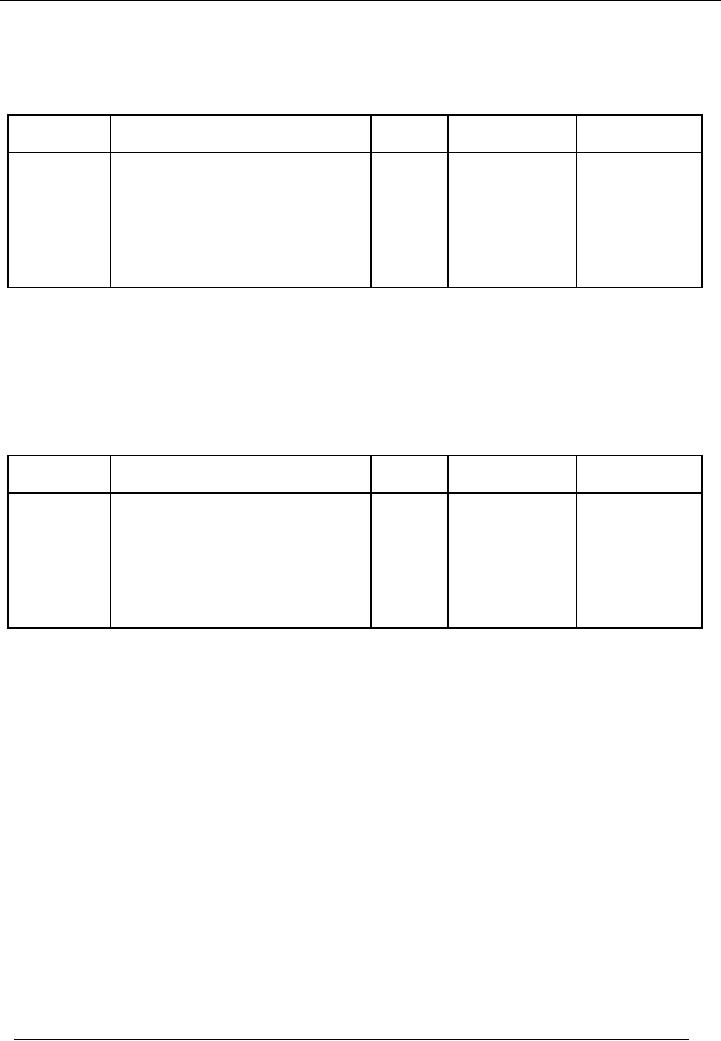
Financial
Accounting (Mgt-101)
VU
Creditor
is any third person or organization, to
whom business has to pay in
future.
ENTRY
# 6
Date
Particulars
Code
#
Amount(Dr.)
Amount(Cr.)
Rs.
Rs.
10-01-2002
Cash
A/c
01
5,000
Sale
A/c
08
5,000
Sold
goods for cash
Cash
account is debited because cash
account has obtained benefit
and Sale account is credited
because
business
has obtained benefit because of
Sale account.
This
statement can also be
interpreted like
this:
As
cash is an asset and it is
increased in this case, so cash is
debited. Sale is an income and
increase in income
is credit. In this
case income is increased,
hence it is credited
ENTRY
# 7
Date
Particulars
Code
#
Amount(Dr.)
Amount(Cr.)
Rs.
Rs.
12-01-2002
Mr.
Naeem(Debtors) A/c
09
5,000
Sale
A/c
08
5,000
Sold
goods to Mr. Naeem on
credit
Debtors
account is debited because Debtors
account has obtained benefit
and Sale account is
credited
because
business has obtained benefit
because of Sale
account.
This
statement can also be
interpreted like
this:
As
Debtors is an asset and it is
increased in this case, so debtors
account is debited. Sale is an income
and
increase
in income is credit. In this case income
is increased, hence it is
credited
Debtor is
any third person or organization,
from whom cash is receivable
by the business.
67
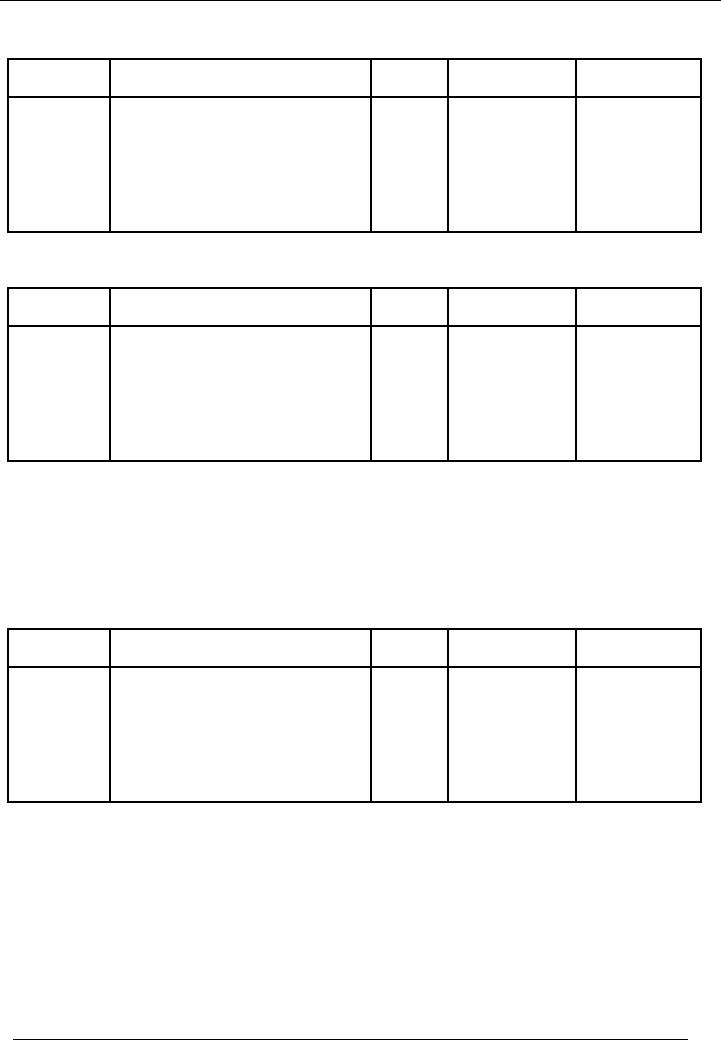
Financial
Accounting (Mgt-101)
VU
ENTRY
# 8
Date
Particulars
Code
#
Amount(Dr.)
Amount(Cr.)
Rs.
Rs.
15-01-2002
Bank
A/c
03
5,000
Cash
A/c
01
5,000
Cash
deposited in bank
ENTRY
# 9
Date
Particulars
Code
#
Amount(Dr.)
Amount(Cr.)
Rs.
Rs.
16-01-2002
Stationery
A/c
10
3,000
Cash
A/c
01
3,000
Stationery
purchased for cash
Stationery
account is debited because stationery
account has obtained benefit
and Cash account is
credited
because
business has obtained benefit
because of Cash
account.
This
statement can also be
interpreted like
this:
As stationery is an
expense and it is increased in this
case, so stationery is debited. Cash is an
asset and
decrease
in asset is credit. In this case Cash is
decreased, hence it is
credited
ENTRY
# 10
Date
Particulars
Code
#
Amount(Dr.)
Amount(Cr.)
Rs.
Rs.
18-01-2002
Office
Equipment A/c
11
10,000
Bank
A/c
03
10,000
Office
equipment purchased by
cheque
Office
Equipment account is debited because
Office Equipment account has
obtained benefit and Bank
account
is credited because business has obtained
benefit because of Bank
account.
This
statement can also be
interpreted like
this:
As
Office Equipment is an asset
and it is increased in this case, so
Office Equipment is debited. Bank is
an
asset
and decrease in asset is credit. In this
case bank account is decreased,
hence it is credited
68
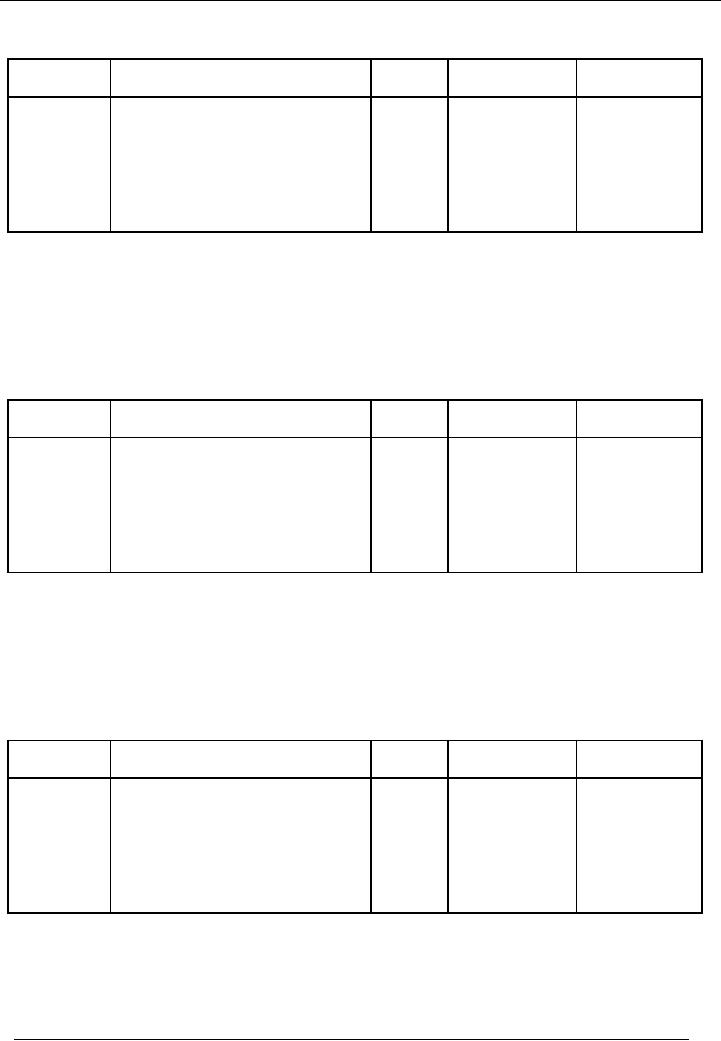
Financial
Accounting (Mgt-101)
VU
ENTRY
# 11
Date
Particulars
Code
#
Amount(Dr.)
Amount(Cr.)
Rs.
Rs.
19-01-2002
Mr.
Afzal(Creditors) A/C
07
1,000
Purchase
return A/C
12
1,000
Creditors
account is debited because Creditors
account has obtained benefit
and Purchase return account
is
credited
because business has obtained
benefit because of Purchase
return account.
This
statement can also be
interpreted like
this:
As Creditors is a
liability and it is decreased in this
case, so Creditors is debited. Purchase
return is an
expense
and decrease in expense is credit, So it
is credited.
ENTRY
# 12
Date
Particulars
Code
#
Amount(Dr.)
Amount(Cr.)
Rs.
Rs.
25-01-2002
Sales
return A/C
13
500
09
500
Mr.
Naeem(Debtors) A/C
Goods
returned by Mr.
Naeem(Debtors)
Sales
return account is debited because
Sales return account has
obtained benefit and Debtors is
credited
because
business has obtained benefit
because of Debtors
account.
This
statement can also be
interpreted like
this:
As
sales return is decrease in
income and decrease in
income is debit, so it is debited.
Debtors account is
decreased
and decrease in asset is credit, so it is
credited.
ENTRY
# 13
Date
Particulars
Code
#
Amount(Dr.)
Amount(Cr.)
Rs.
Rs.
30-01-2002
Mr.
Afzal(Creditors) A/C
07
9,000
Cash
A/C
01
9,000
Cash
paid to Mr. Afzal(Creditors)
69
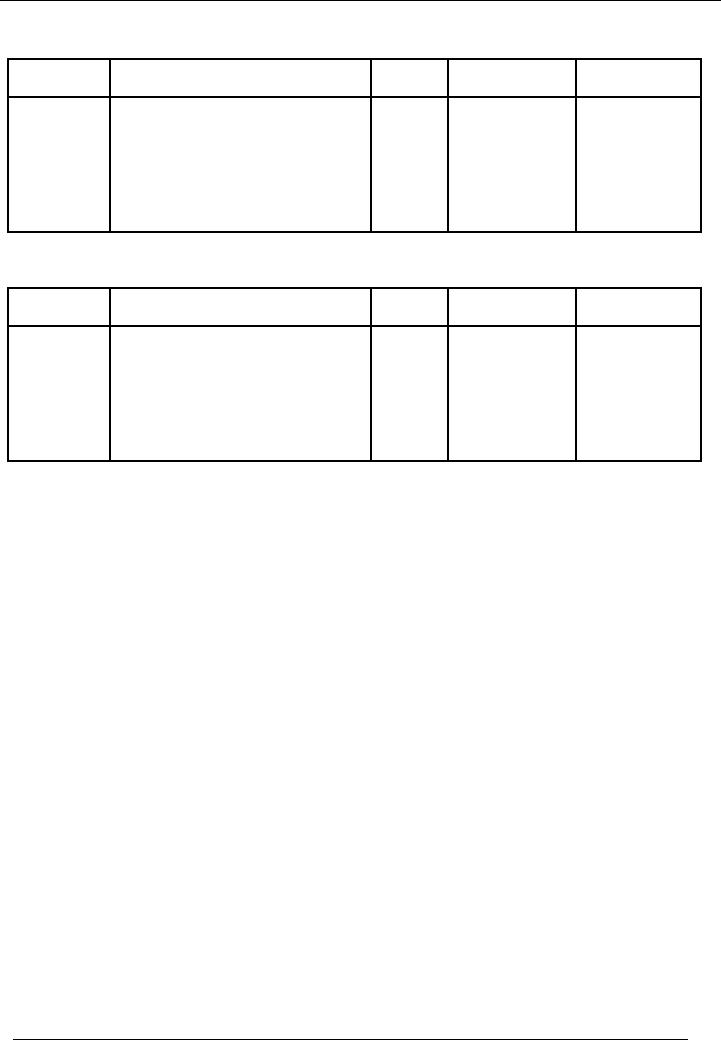
Financial
Accounting (Mgt-101)
VU
ENTRY
# 14
Date
Particulars
Code
#
Amount(Dr.)
Amount(Cr.)
Rs.
Rs.
31-01-2002
Cash
A/C
01
4,500
Mr.
Naeem(Debtors) A/C
09
4,500
Cash
received from Mr.
Naeem(Debtors)
ENTRY
# 15
Date
Particulars
Code
#
Amount(Dr.)
Amount(Cr.)
Rs.
Rs.
31-01-2002
Cash
A/C
01
500
Bank
A/C
03
500
Cash
withdrawn from bank
CASH
AND BANK BOOK
·
Ledger
is a book that keeps
separate record for each
account;
·
The
Account or Head of Account is a
systematic record of transactions of
one type; and
·
Like
other things, a separate account is
also required to record the movements in
cash (usually called
cash
in hand) and bank account
(usually called cash at
bank).
·
If the
volume of transactions is high
then we can separate books
for cash and bank
account.
·
These
separate books for cash and
bank account are called cash
book and bank book
respectively.
·
The
Cash Book records all the
movements in the cash
account.
·
A cash
book would look like
one of the two samples shown
here
70
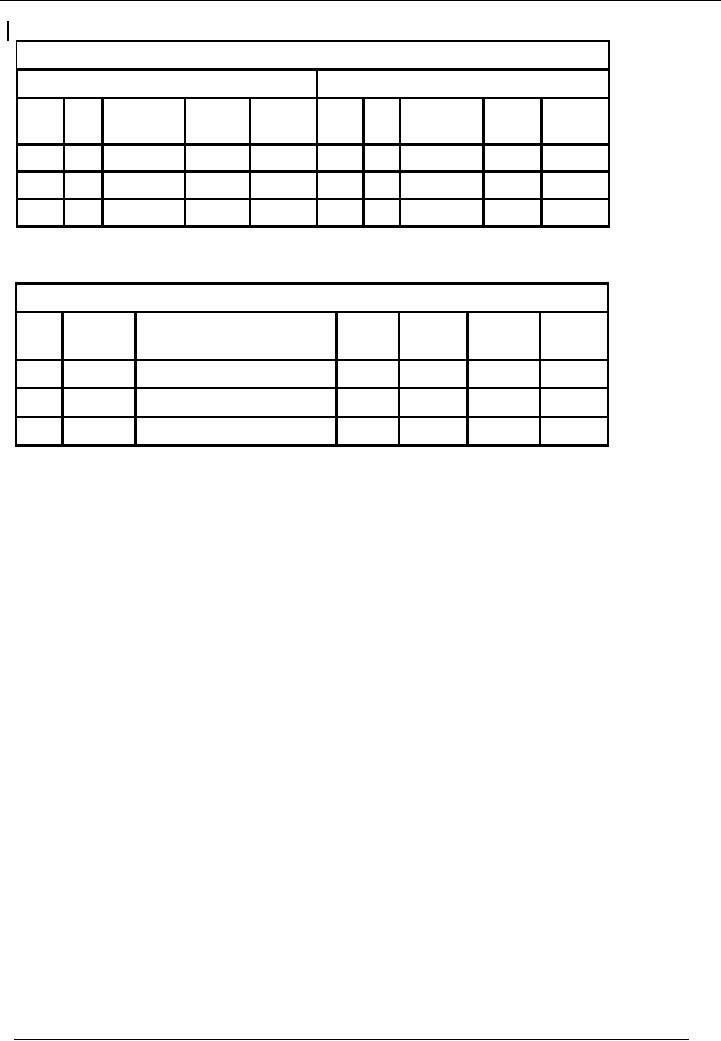
Financial
Accounting (Mgt-101)
VU
Cash
Book
Account
Code 01
Receipt
Side
Payment
Side
Date
No. Narration /
Ledger
Receipt
Date No. Narration / Ledger
Payment
Particulars
Code
Amount
Particulars
Code Amount
OR
Cash
Book
Account
Code 01
Date
Voucher
Narration
/
Ledger
Receipt
Payment
Balance
Number
Particulars
Code
Amount
Amount
Dr/(Cr)
THE
CASH BOOK
·
In the
first format / presentation,
receipts (Debits) are written on
left hand side of the page
and
payments
(Credits) on the right hand
side.
·
In the
second presentation, instead of
using two pages, we use
two columns on the same
page.
·
Both
these presentations are
correct.
·
In the
second format, we have an
additional facility of knowing the
balance of the account after
every
transaction.
·
Whereas
in the first one, we have to
add up the receipts and
payments every time we need to
know
the
balance.
·
Moreover,
the second format utilizes
less space, therefore, we
will use this format in our
future
discussions
THE
BANK BOOK
·
The
Bank book records all the
movements in the bank account.
·
The
format of the bank book is the same as
that of cash book axcept
for an additional column
for
Cheque
Number.
·
Again,
we can use either two pages
OR two columns to present the bank
book.
71
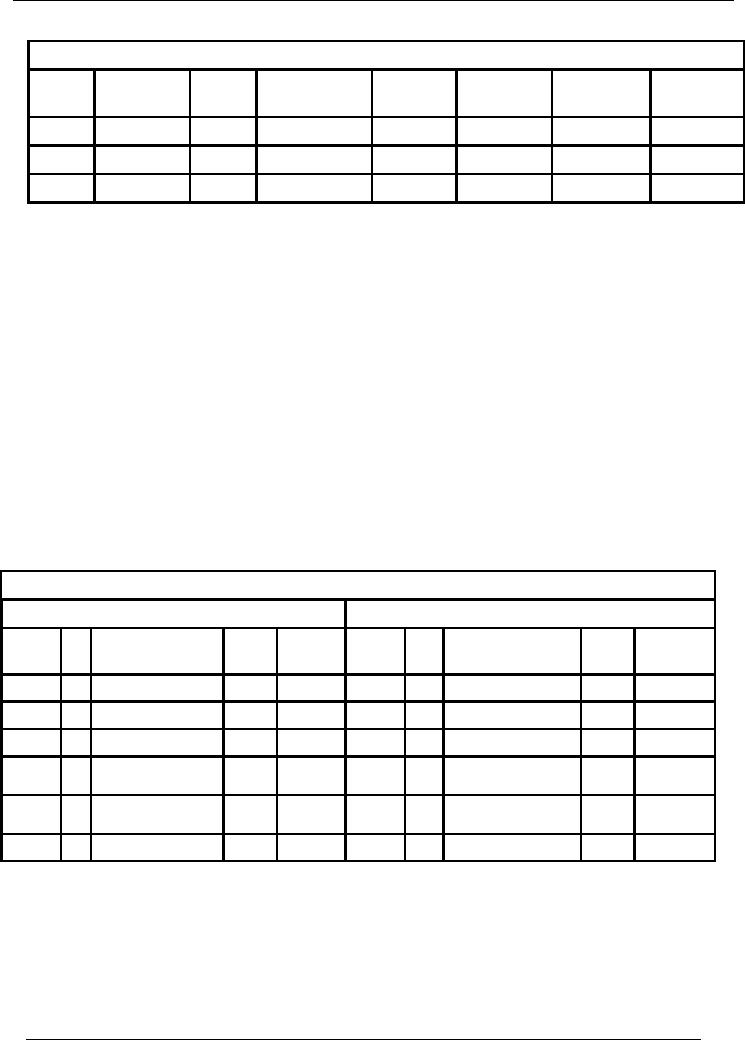
Financial
Accounting (Mgt-101)
VU
Bank
Book (Bank Account
Number)
Account
Code 02
Date
Voucher
Chq.
Narration
/
Ledger
Receipt
Payment
Balance
Number
No.
Particulars
Code
Amount
Amount
Dr/(Cr)
·
As you
can see that except
for a few minor differences,
the formats of Cash and Bank book
are
almost
similar to that of the General
Ledger.
·
The
differences are explained
here:
·
The
title of debit and credit
columns has been changed to
receipt and payment
respectively. It is not
necessary
to make this change. But, it is done to
simplify things as we know that in
case of cash and
bank,
debit side would signify
receipt and credit side
would represent
payment.
·
There is an
additional column titled ledger
code. In this column, we write the code
of the other head
of
account that is affected by the
transaction. This helps in understanding the
complete transaction
at a
glance.
·
There
may be a column for cheque number in the
bank book.
·
It may
be noted that in case the organization
operates more than one bank
account, separate
ledger
accounts
will be opened in bank book
for each account.
Now we
will summarize all cash
transactions in both two
page cash book & one
page cash book for
the
convenience
of the reader.
Two
page cash book will be
presented asunder:
Cash
Account
Account
Code 01
Receipt
Side
Payment
Side
Date
No.
Narration
/
Ledger
Receipt
Date
No.
Narration
/
Ledger
Payment
Particulars
Code
Amount
Particulars
Code
Amount
Jan-1
Capital
introduced
02
100,000
Jan-3
Deposited in
bank
03
30,000
Jan-5
Loan
received
04
50,000
Jan-7
Furniture
purchased
05
20,000
Jan-10
Goods
sold
08
5,000
Jan-15
Deposited in
bank
03
5,000
Jan-31
Received
from
09
4,500
Jan-16
Stationery
purchased
10
3,000
debtors
Jan-31
Cash
drawn from
03
500
Jan-30
Paid
to creditors
07
9,000
bank
72
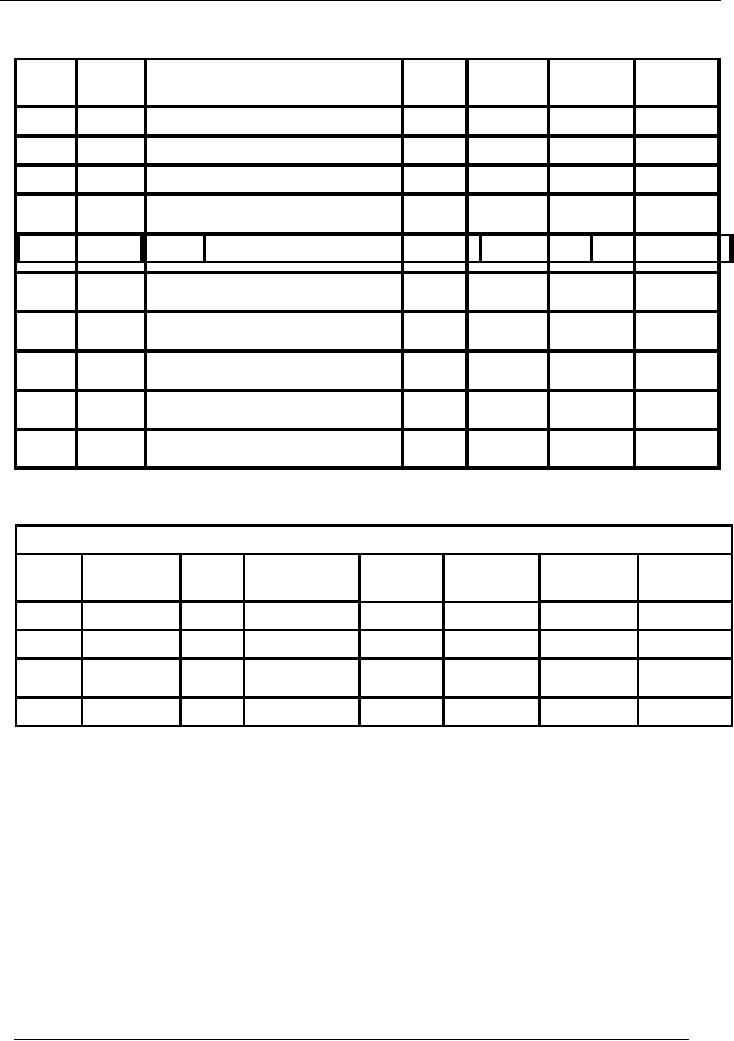
Financial
Accounting (Mgt-101)
VU
Same
record will be presented in
two column cash book
now
Date
Voucher
Narration
/
Ledger
Receipt
Payment
Balance
Number
Particulars
Code
Amount
Amount
Dr/(Cr)
Jan-1
Capital
introduced
02
100,000
100,000
Jan-3
Deposited in
bank
03
(30,000)
70,000
Jan-5
Loan
received
04
50,000
120,000
(20,000)
Jan-7
Furniture
purchased
05
100,000
Goods
soGoods sold
ld
08
5,000
105,000
0
Jan-10
5,00
(5,000)
Jan-15
Deposited in
bank
03
100,000
(3,000)
Jan-16
Stationery
purchased
10
97,000
(9,000)
Jan-30
Paid
to creditors
07
88,000
Jan-31
Received
from debtors
09
4,500
92,500
Jan-31
Cash
drawn from bank
03
500
93,000
Now,
we will present Bank entries in bank
book.
Bank
Book (Bank Account # xxx)
Account Code 02
Date
Voucher
Chq.
Narration
/
Ledger
Receipt
Payment
Balance
Number
No.
Particulars
Code
Amount
Amount
Dr/(Cr)
Jan-3
Cash
deposited
01
30,000
30,000
Jan-15
Cash
deposited
01
5,000
35,000
Jan-18
Off.
Equip.
11
(10,000)
25,000
purchased
Jan-31
Cash
drawn
01
(500)
24,500
RECOMMENDED
READING
After
reading this lecture, you
will be able to read
· Chapter
# 2 of business accounting by Frank
Woods
· Chapter
# 2, 3 of accounting by M. Arif &
Sohail Afzal
73
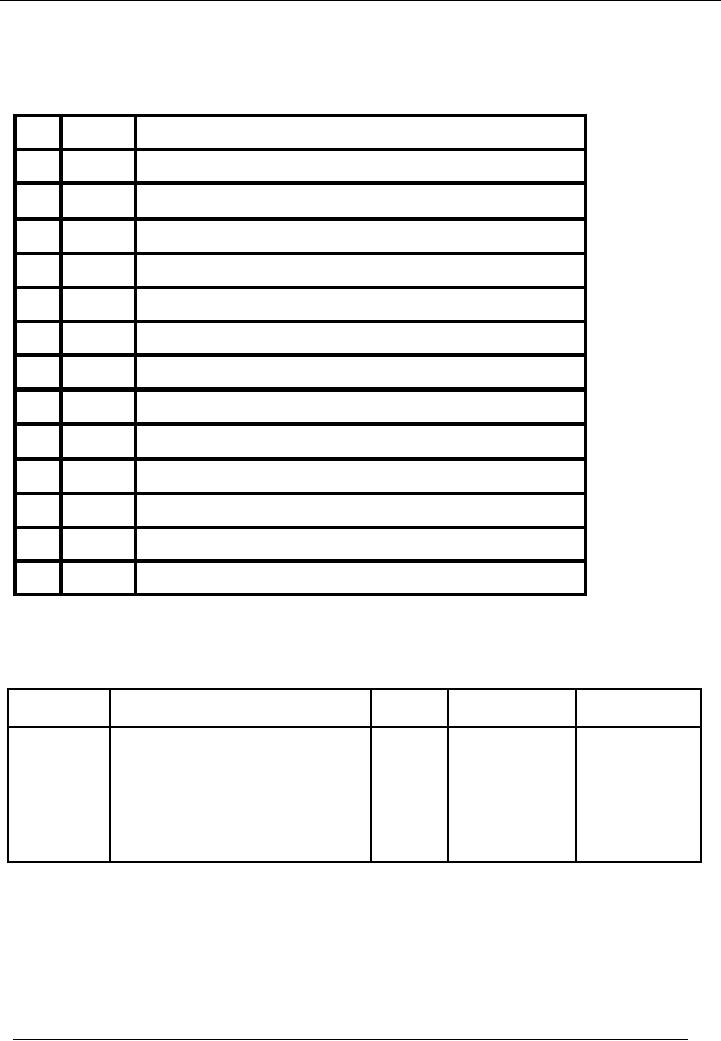
Financial
Accounting (Mgt-101)
VU
ILLUSTRATION
Nawab
Sons started their business
in the month of March, 2002.
Following are their
transactions for the
month.
Pass journal entries,
prepare ledger accounts, and
make their profitability
analyses.
No.
Date
Particulars
01
Mar.
01
Started
business with Rs.
150,000
02
Mar.
05
Purchased
office furniture for cash
Rs. 2,000
03
Mar.
07
Purchased
goods for cash Rs.
9,000
04
Mar.
10
Paid
carriage on purchases Rs.
250
05
Mar.
12
Purchased
goods from Saleem &co.
Rs. 7,000
06
Mar.
13
Sold
goods for cash Rs.
12,000
07
Mar.
15
Sold
goods to Usman & Sons
Rs. 25,000
08
Mar.
21
Received
cash From Usman & Sons
Rs. 25,000
09
Mar.
21
Paid
cash to Saleem &co Rs.
7,000
10
Mar.
23
Paid
salaries for the month Rs.
2,500
11
Mar.
25
Paid
rent Rs. 3,000
12
Mar.
29
Purchased
stationery Rs.2,000
13
Mar.
31
Utility
bills are accrued Rs.
5,000
JOURNAL
ENTRIES
ENTRY
# 1
Date
Particulars
Code
#
Amount(Dr.)
Amount(Cr.)
Rs.
Rs.
03-01-2002
Cash
A/c
01
150,000
Capital
A/c
02
150,000
Started
business with cash.
74
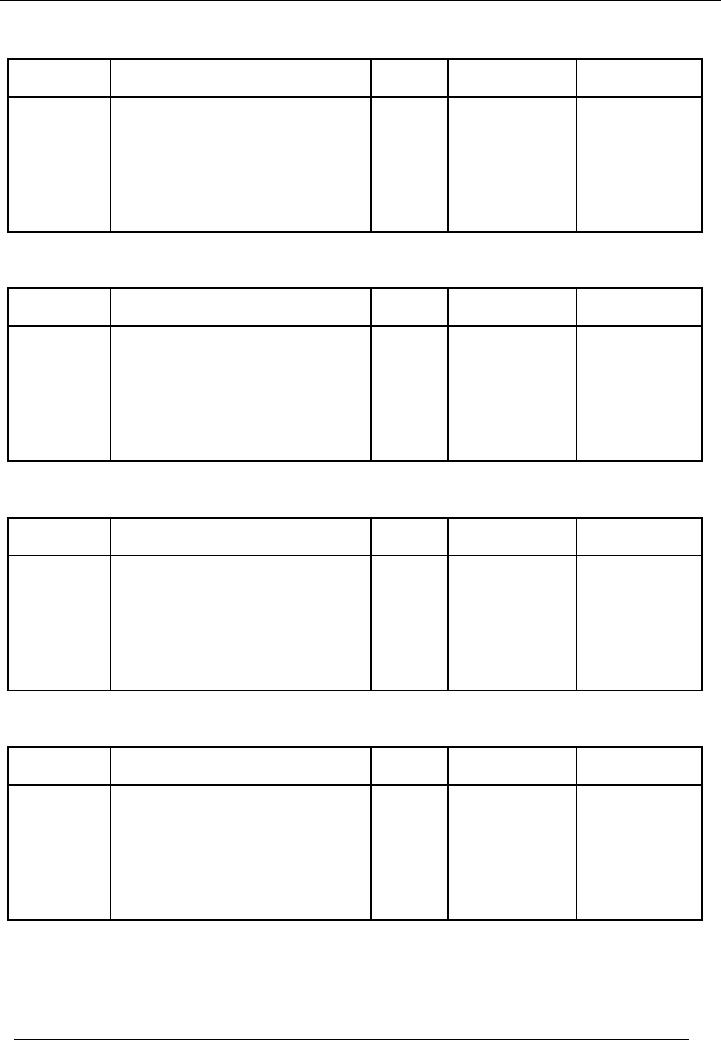
Financial
Accounting (Mgt-101)
VU
ENTRY
# 2
Date
Particulars
Code
#
Amount(Dr.)
Amount(Cr.)
Rs.
Rs.
01-05-2002
Office
Furniture A/c
03
2,000
Cash
A/c
01
2,000
Purchased
office furniture
ENTRY
# 3
Date
Particulars
Code
#
Amount(Dr.)
Amount(Cr.)
Rs.
Rs.
03-07-2002
Purchases
A/c
04
9,000
Cash
A/c
01
9,000
Purchased
goods for cash.
ENTRY
# 4
Date
Particulars
Code
#
Amount(Dr.)
Amount(Cr.)
Rs.
Rs.
03-10-2002
Carriage
on purchase A/c
05
250
Cash
A/c
01
250
Paid
carriage on purchase.
ENTRY
# 5
Date
Particulars
Code
#
Amount(Dr.)
Amount(Cr.)
Rs.
Rs.
03-12-2002
Purchases
A/c
04
7,000
Salim
& co.(Creditors)
06
7,000
Purchased
goods on credit
75
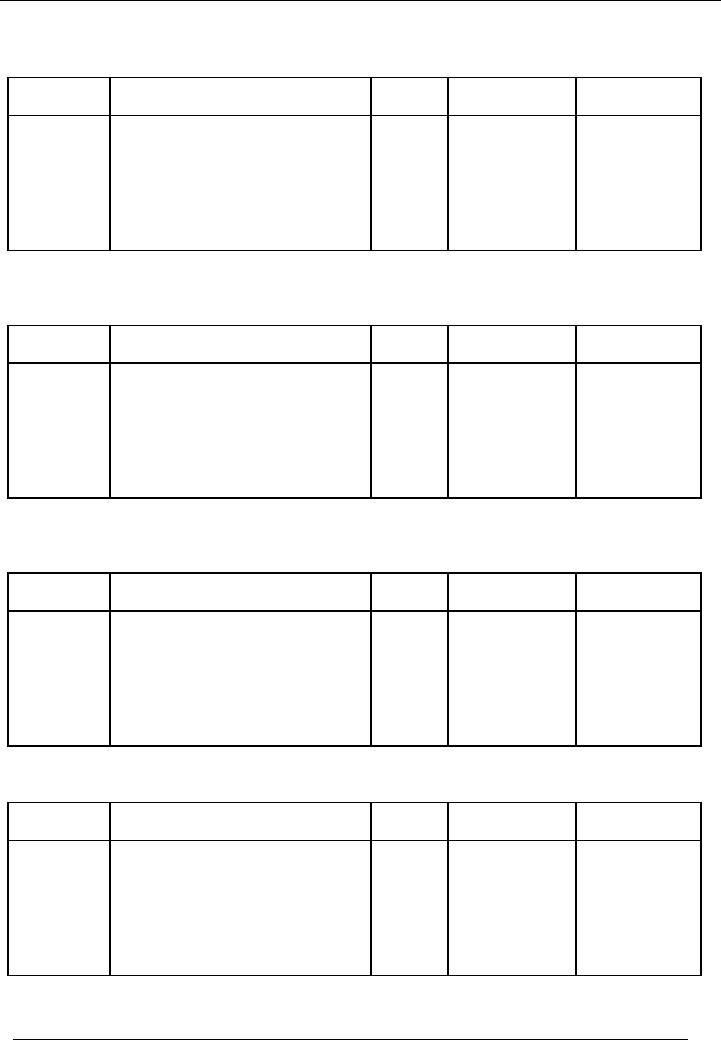
Financial
Accounting (Mgt-101)
VU
ENTRY
# 6
Date
Particulars
Code
#
Amount(Dr.)
Amount(Cr.)
Rs.
Rs.
03-13-2002
Cash
A/c
01
12,000
Sale
A/c
07
12,000
Goods
sold for cash.
ENTRY
# 7
Date
Particulars
Code
#
Amount(Dr.)
Amount(Cr.)
Rs.
Rs.
03-15-2002
Usman
& Sons(Debtors) A/c
08
25,000
25,000
Sale
A/c
07
Goods
sold on credit.
ENTRY
# 8
Date
Particulars
Code
#
Amount(Dr.)
Amount(Cr.)
Rs.
Rs.
03-21-2002
Cash
A/c
01
25,000
Usman
& Sons(Debtors A/c
08
25,000
Cash
received from Usman &
Sons
ENTRY
# 9
Date
Particulars
Code
#
Amount(Dr.)
Amount(Cr.)
Rs.
Rs.
03-21-2002
Salim
& co.(Creditors) A/c
06
7,000
Cash
A/c
01
7,000
Paid
cash to Salim &
co.
76
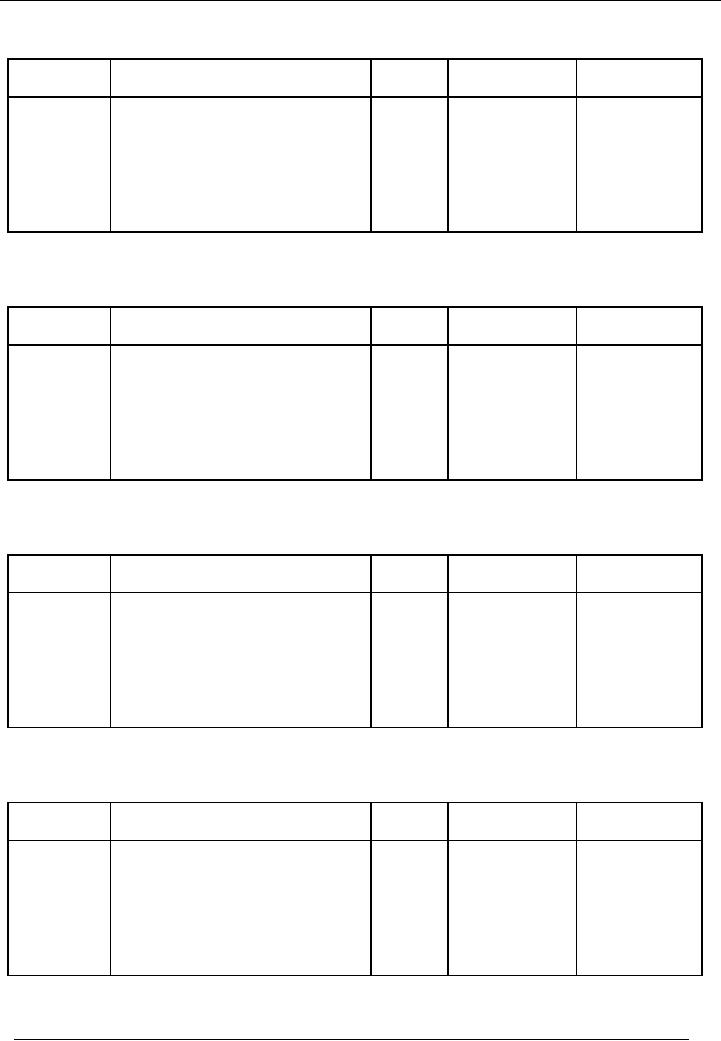
Financial
Accounting (Mgt-101)
VU
ENTRY
# 10
Date
Particulars
Code
#
Amount(Dr.)
Amount(Cr.)
Rs.
Rs.
03-23-2002
Salaries
A/c
09
2,500
Cash
A/c
01
2,500
Started
business with cash.
ENTRY
# 11
Date
Particulars
Code
#
Amount(Dr.)
Amount(Cr.)
Rs.
Rs.
03-25-2002
Rent
A/c
10
3,000
Cash
A/c
01
3,000
Paid
rent..
ENTRY
# 12
Date
Particulars
Code
#
Amount(Dr.)
Amount(Cr.)
Rs.
Rs.
03-29-2002
Stationery
A/c
11
2,000
2,000
Cash
A/c
01
Stationery
purchased.
ENTRY
# 13
Date
Particulars
Code
#
Amount(Dr.)
Amount(Cr.)
Rs.
Rs.
03-31-2002
Utility
Bills A/c
12
5,000
Accrued
Expenses A/c
13
5,000
Accrual of
utility bills for the
month..
77
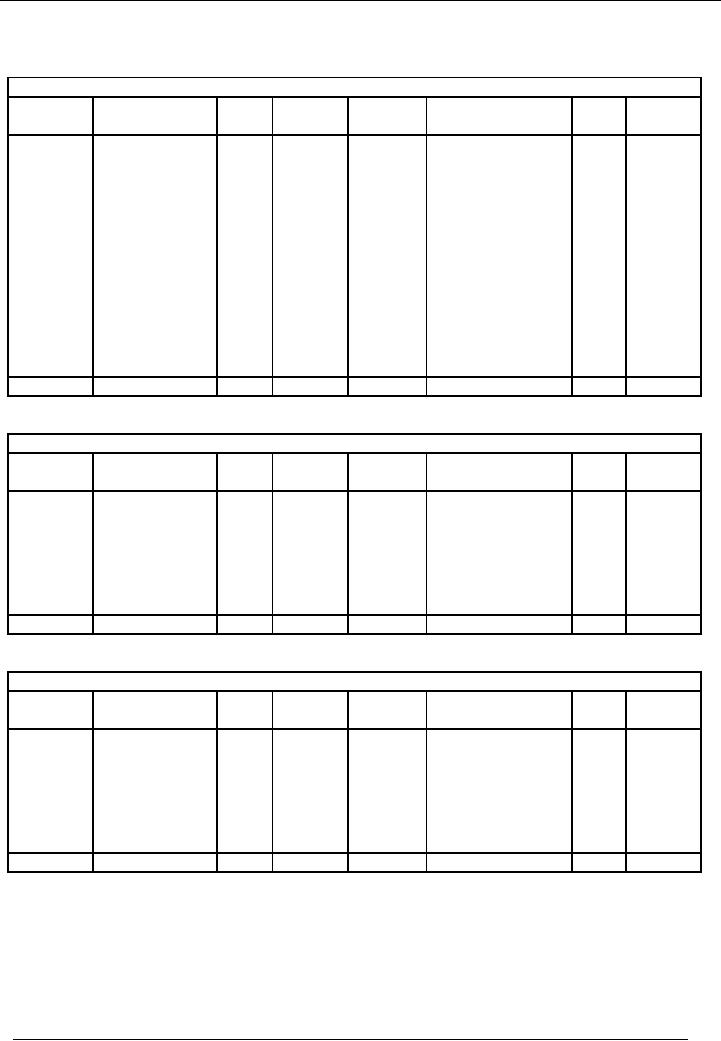
Financial
Accounting (Mgt-101)
VU
LEDGER
ACCOUNTS
Cash
Account
Account
code # 1
Date
Particulars
Code
Amount
Date
Particulars
Code
Amount
#
Rs.
(Dr.)
#
Rs.
(Cr.)
1-3-02
Commenced
02
150,000
5-3-02
Office
furniture
03
2,000
business
purchased
13-3-02
Goods
sold
07
12,000
7-3-02
Goods
purchased
04
9,000
21-3-02
Received
from
10-3-02
Carriage
paid
05
250
debtors
08
25,000
21-3-02
Paid
to creditors
06
7,000
23-3-02
Paid
salaries
09
2,500
25-3-02
Paid
rent
10
3,000
29-3-02
Paid
for stationery
11
2,000
BALANCE
161,250
Total
187,000
Total
187,000
Capital
Account
Account
code # 2
Date
Particulars
Code
Amount
Date
Particulars
Code
Amount
#
Rs.
(Dr.)
#
Rs.
(Cr.)
1-3-02
Cash
introduced
01
150,000
BALANCE
150,000
Total
150,000
Total
150,000
Office
furniture Account
Account
code # 3
Date
Particulars
Code
Amount
Date
Particulars
Code
Amount
#
Rs.
(Dr.)
#
Rs.
(Cr.)
5-3-02
Office
furniture
01
2,000
purchased
BALANCE
2,000
Total
2,000
Total
2,000
78
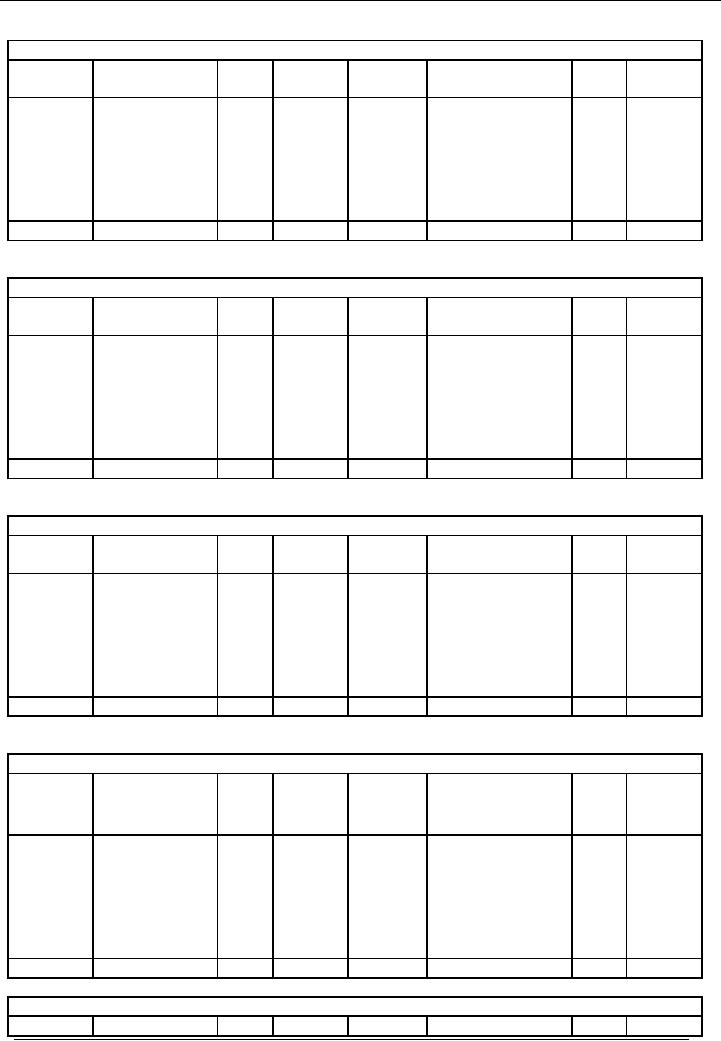
Financial
Accounting (Mgt-101)
VU
Purchases
Account
Account
code # 4
Date
Particulars
Code
Amount
Date
Particulars
Code
Amount
#
Rs.
(Dr.)
#
Rs.
(Cr.)
7-3-02
Purchased
01
9,000
goods
12-3-02
Purchased
7,000
goods
on credit
BALANCE
16,000
Total
16,000
Total
16,000
Carriage
on purchase Account Account
code # 5
Date
Particulars
Code
Amount
Date
Particulars
Code
Amount
#
Rs.
(Dr.)
#
Rs.
(Cr.)
10-3-02
Paid
carriage on
01
250
purchase
BALANCE
250
Total
250
Total
250
Salim
& co.(Creditors) Account
Account
code # 6
Date
Particulars
Code
Amount
Date
Particulars
Code
Amount
#
Rs.
(Dr.)
#
Rs.
(Cr.)
12-3-02
Purchased
04
7,000
21-3-02
Paid
cash
01
7,000
goods
BALANCE
0
Total
7,000
Total
7,000
Sale
Account Account code #
7
Date
Particulars
Code
Amount
Date
Particulars
Code
Amount
#
Rs.
(Dr.)
#
Rs.
(Cr.)
13-3-02
Goods
sold
01
12,000
15-3-02
Goods
sold on
08
credit
25,000
BALANCE
37,000
Total
37,000
Total
37,000
Usman
& sons(Debtors) Account
Account
code # 8
Date
Particulars
Code
Amount
Date
Particulars
Code
Amount
79
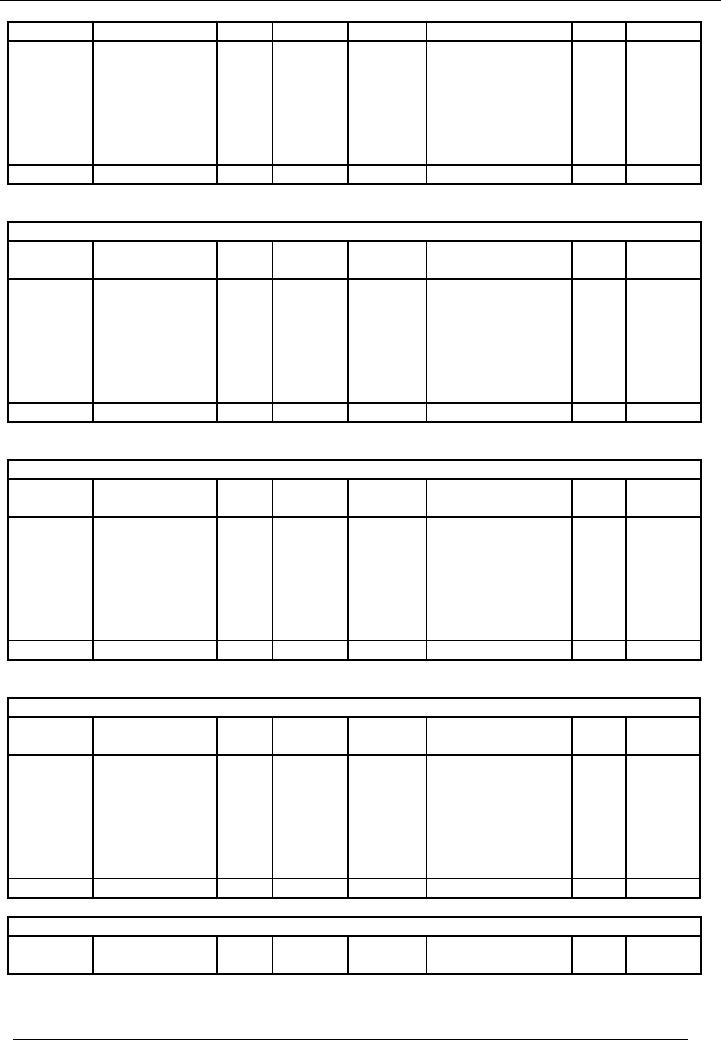
Financial
Accounting (Mgt-101)
VU
#
Rs.
(Dr.)
#
Rs.
(Cr.)
15-3-02
Goods
sold
07
25,000
21-3-02
Received
cash
01
25,000
BALANCE
0
Total
25,000
Total
25,000
Salaries
Account
Account
code # 9
Date
Particulars
Code
Amount
Date
Particulars
Code
Amount
#
Rs.
(Dr.)
#
Rs.
(Cr.)
23-3-02
Salaries
paid
01
2,500
BALANCE
2,500
Total
2,500
Total
2,500
Rent
Account Account code #
10
Date
Particulars
Code
Amount
Date
Particulars
Code
Amount
#
Rs.
(Dr.)
#
Rs.
(Cr.)
Rent
paid
01
3,000
25-3-02
BALANCE
3,000
Total
3,000
Total
3,000
Stationery
Account
Account
code # 11
Date
Particulars
Code
Amount
Date
Particulars
Code
Amount
#
Rs.
(Dr.)
#
Rs.
(Cr.)
29-3-02
Stationery
01
2,000
purchased
BALANCE
2,000
Total
2,000
Total
2,000
Utility
Bills Account
Account
code # 12
Date
Particulars
Code
Amount
Date
Particulars
Code
Amount
#
Rs.
(Dr.)
#
Rs.
(Cr.)
80
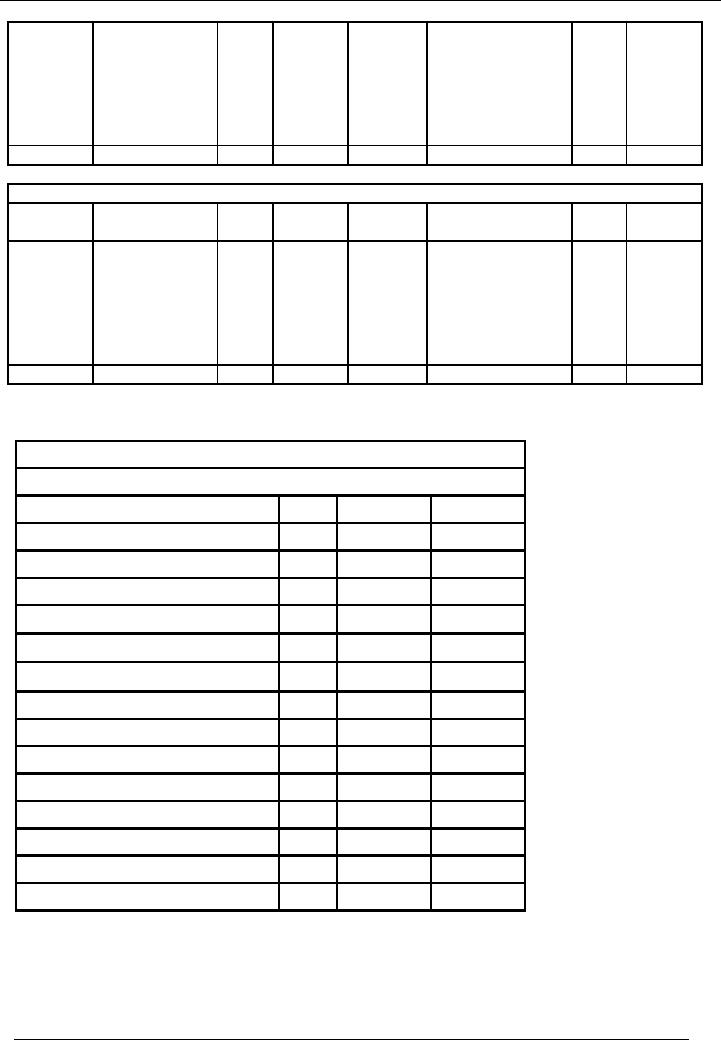
Financial
Accounting (Mgt-101)
VU
31-3-02
Accrued
utility
13
5,000
bills
BALANCE
5,000
Total
5,000
Total
5,000
Accrued
Expenses Account Account
code # 13
Date
Particulars
Code
Amount
Date
Particulars
Code
Amount
#
Rs.
(Dr.)
#
Rs.
(Cr.)
31-3-02
Accrued
utility
12
5,000
bills
BALANCE
5,000
Total
5,000
Total
5,000
TRIAL
BALANCE
Saeed
& co.
Trial
Balance As On ( January 31,
2002)
Title
of Account
Code
Dr.
Rs.
Cr.
Rs.
Cash
Account
01
161,250
Capital
Account
02
150,000
Furniture
Account
03
2,000
Purchases
Account
04
16,000
Carriage
on purchase account
05
250
Salim&
co. (Creditor)
06
0
Sales
07
37,000
Usman
& co. (Debtor)
08
0
Salaries
09
2,500
Rent
10
3,000
Stationery
11
2,000
Utility
billst
12
5,000
Accrued
expenses
13
5,000
Total
192,000
192,000
81
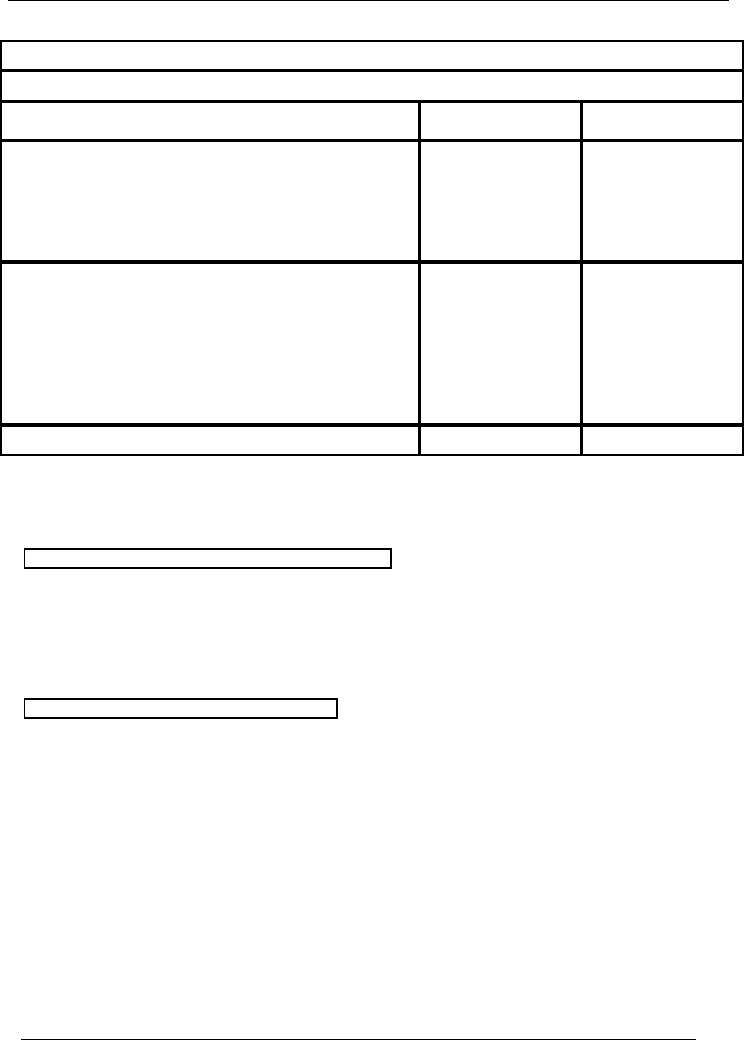
Financial
Accounting (Mgt-101)
VU
Saeed
& Co.
Profit &
Loss Account for the
period ended January 31,
2002
Particulars
Amount
Amount
Rs.
Rs.
37,000.
Income
/ Sales / Revenue (See Note
#1)
Less:
Cost of Goods
Sold
(16,250)
(See
Note # 1)
Gross
Profit
20,750.
Less:
Admin. Expenses
(12,500)
(See
Note # 2)
Net
Profit/ (Loss)
8,250
Note
# 1 Cost of goods
sold
Purchases
16,000
Add:
carriage on purchase
250
Cost
of goods sold
16,250
Note
# 2 Admin. Expenses
Salaries
2,500
Rent
3,000
Stationery
2,000
Utility
bills
5,000
Total
Admin. Expenses
12,500
RECOMMENDED
READING
After
reading this lecture, you
will be able to read
· Chapter
# 3 of business accounting by Frank
Woods
· Chapter
# 5 of accounting by M. Arif & Sohail
Afzal.
82
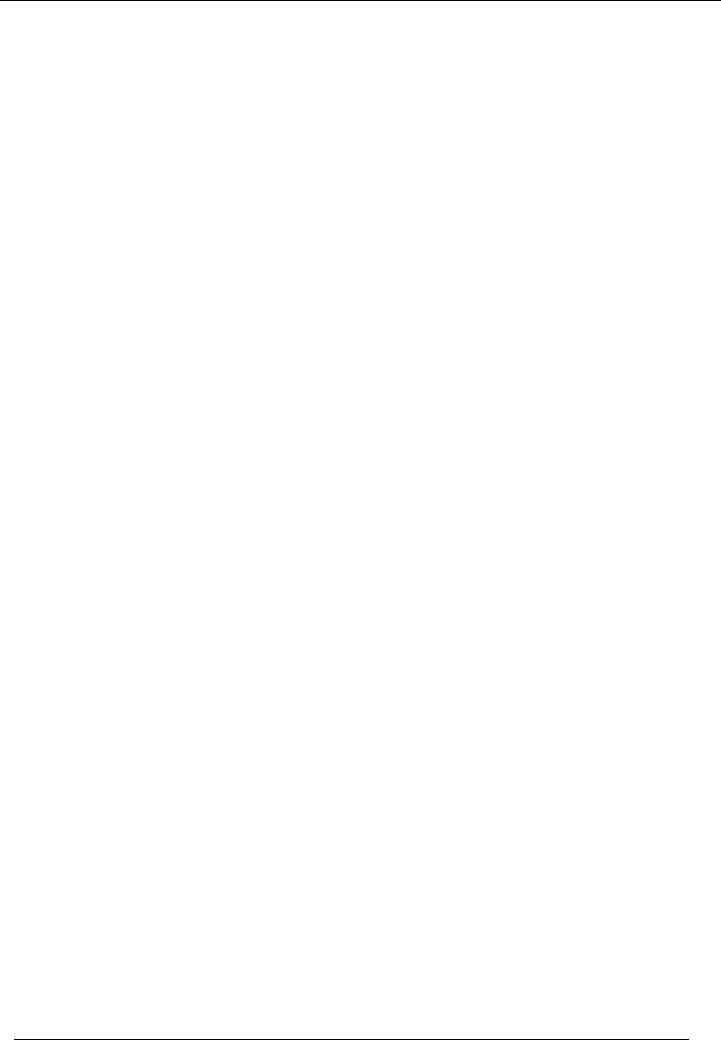
Financial
Accounting (Mgt-101)
VU
Lesson-12
THE
ACCOUNTING EQUATION
Resources
in the business = Resources
supplied by the
owner
In
accounting, terms are used
to describe things. The amount of
resources supplied by the owner is
called
capital. The
actual resources which are
in the business are called
assets. This
means that the
accounting
equation
above, when the owner has supplied all
the resources, can be shown
as:
Assets=Capital
Usually,
people, other than the owner
has supplied some of the assets.
Liabilities
are
the name given to the
amounts
owing to these people for
these assets. The equation
has now changed
to:
Assets=Capital
+ Liabilities
It can
be seen that two sides of
the equation will have the same
totals. This is because we are
dealing with
the
same thing with two
different points of view. It
is:
Resources
in the business = Resources:
who supplied them
Assets
= Capital + Liabilities
It is a
fact that total of each
side will always equal
one another, and this will
always be true no matter
how
many
transactions there may be.
The actual assets, capital
and liabilities may change,
but the total of the
assets
will always equal to the
total of capital and
liabilities.
Assets
consist of property of all kinds,
such as buildings, machinery, stocks of
goods and motor
vehicles.
Also
benefits such as debts owned by customers
and the amount of money in the bank
accounts are
included.
Liabilities
consist of money owing for
goods supplied to the business and
for expenses. Also loans
made to
the
firm are included.
Capital is
often called the owner's net
worth.
Working
capital
Working
capital of the business is the net value
of current assets & current
liabilities.
Current
assets are
the resources of the business that
are expected to be received
within 12 months in an
accounting
period.
Current
liabilities are
the amount owing to the business that is
expected to be paid within one
year in a
financial
year.
So,
working capital is the net of what is
receivable in an accounting year &
what is payable in that year
or:
Working
Capital = Current Assets
Current Liabilities
For
instance, current assets of the business
worth Rs.100,000 & current
liabilities of the business has
the
value
of Rs. 75,000. Then working
capital is Rs.
25,000.
i.e.,
(100,000-75,000).
83
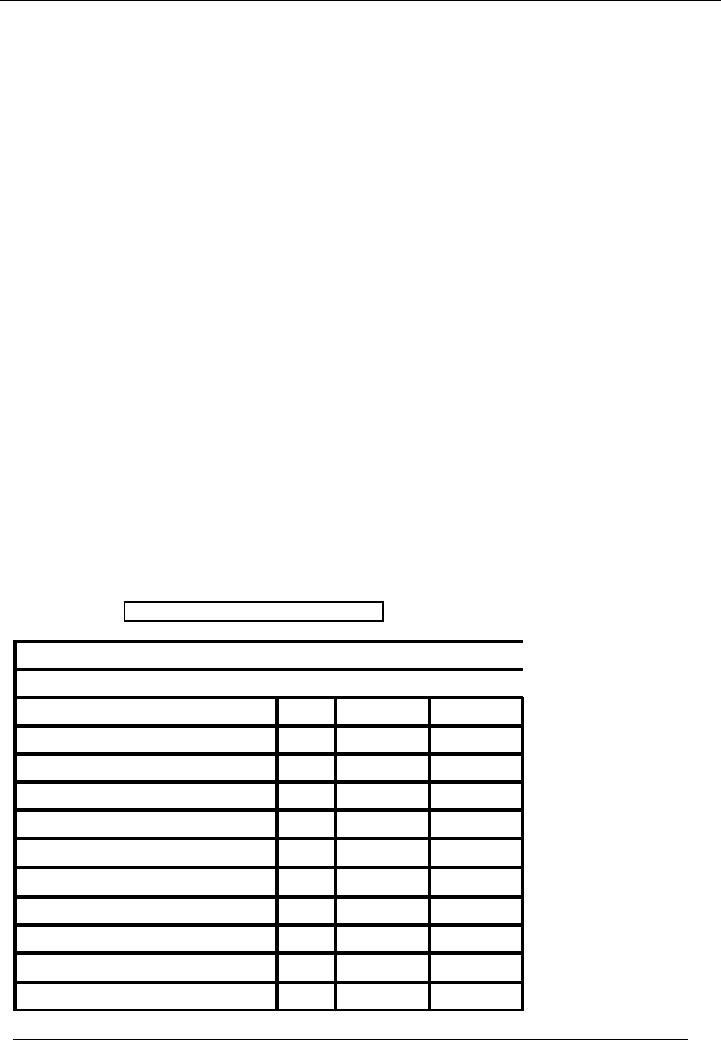
Financial
Accounting (Mgt-101)
VU
STOCK
Stock
is termed as "value of goods
available to the business that
are ready for sale".
For accounting
purposes,
stock is of two
types:
· Opening
stock
· Closing
stock
Opening
stock is the
value of goods available for
sale in the beginning of an accounting
year. For purpose
of financial
reporting, opening stock is
added to the purchases for the
year to become a part of cost
of
goods
sold. As this is
available in the beginning of the year, it is
assumed that it will be
consumed in the
accounting
year. That is why; it becomes a
part of cost
of goods sold.
Stock of previous year is the
opening
stock
in present year.
Closing
stock is the
value of goods unsold at the end of
accounting year. For
purposes of making financial
statements,
it is deducted from cost of
goods sold & is shown as an
asset in the balance
sheet. As this is
the
value
of goods that are yet to be
sold, so it cannot be included in cost of
goods sold. That is why it
is
deducted
from cost of good sold. On
the other hand, its benefit
will be received in the next
accounting year,
so it is
shown as an asset in the balance
sheet.
Now,
the
contents of cost of goods
sold are:
Opening
stock
Plus:
purchases
Plus:
Freight/ carriage paid on
purchases
Less:
closing stock
For
instance, opening stock of a
business worth Rs. 15,000,
business purchased goods of
Rs. 12,000 for the
year
& also paid Rs. 1,500 as
carriage on purchases. The
value of closing stock at the
end of the year is
Rs.
10,000.
Then, value of closing stock
is calculated as under:
Opening
stock
15,000
Add:
purchases
12,000
Add:
carriage on purchase
1,500
Less:
closing stock
(10,000)
Cost
of goods sold
18,500
Ali
Traders
Trial
Balance As On January 31,
20--
Title
of Account
Code
Dr.
Rs.
Cr.
Rs.
Cash
Account
01
35,000
Bank
Account
02
130,000
Capital
Account
03
200,000
Furniture
Account
04
15,000
Vehicle
Account
05
50,000
Purchases
Account
06
60,000
Mr. A
(Creditor)
07
15,000
Sales
08
95,000
Mr. B
(Debtor)
09
15,000
Salaries
10
5,000
84
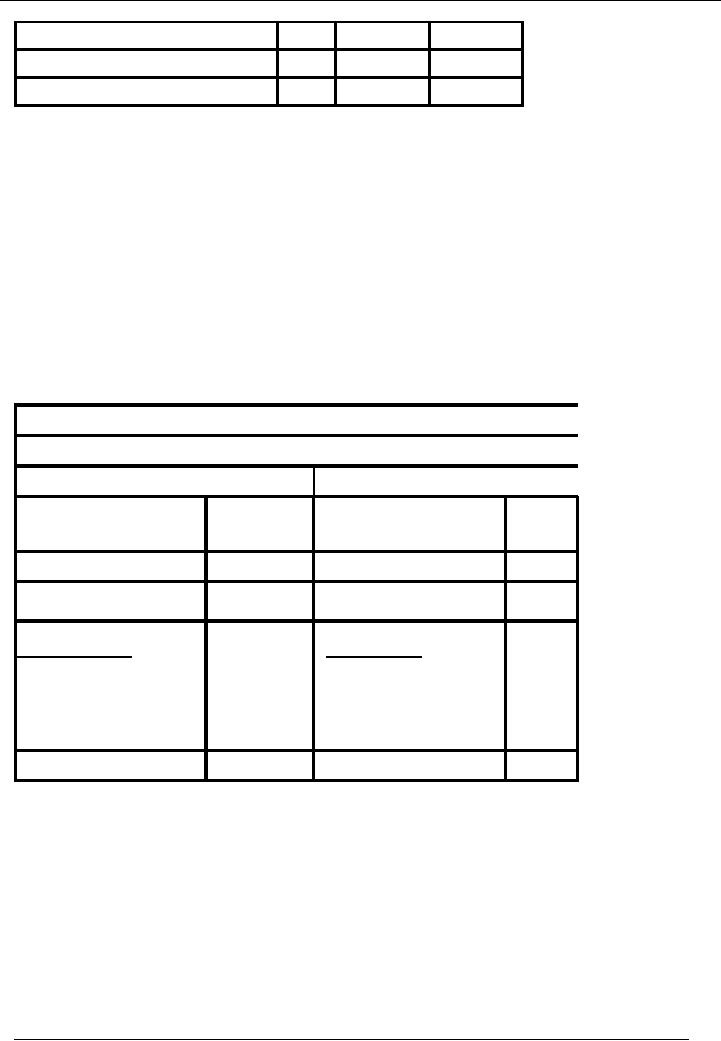
Financial
Accounting (Mgt-101)
VU
Expenses
11
20,000
Expenses
Payable
12
20,000
Total
330,000
330,000
The
Accounting Equation.
Assets
= Capital + Liabilities
Assets
= 35,000+130,000+15,000+50,000+15,000= 245,000
Capital =
200,000
Liabilities
= 15,000 + 20,000 =
35,000
Capital +
Liabilities = 235,000
We ignore the
Net Profit Rs.10000 (Net
profit is added in capital
account)
When
we added Net profit in
capital then;
Assets
= Capital + Liabilities
245000
= 210000+35000
245000
= 245000
Account
form Balance Sheet
Name of the
Entity (Ali traders)
Balance
Sheet As At (January 31,
20--)
Liabilities
Assets
Particulars
Amount
Rs.
Particulars
Amount
Rs.
Capital
200.000
Fixed Assets
65,000
Profit
and Loss Account
10,000
Furniture
15,000
50000
210,000
Vehicle
Current
Liabilities
Current
Assets
Mr.
A
15,000
Mr.
B
15,000
Exp.
payable
20,000
35,000
Bank
130,000
180,000
Cash
35,000
Total
245,000
Total
245,000
85
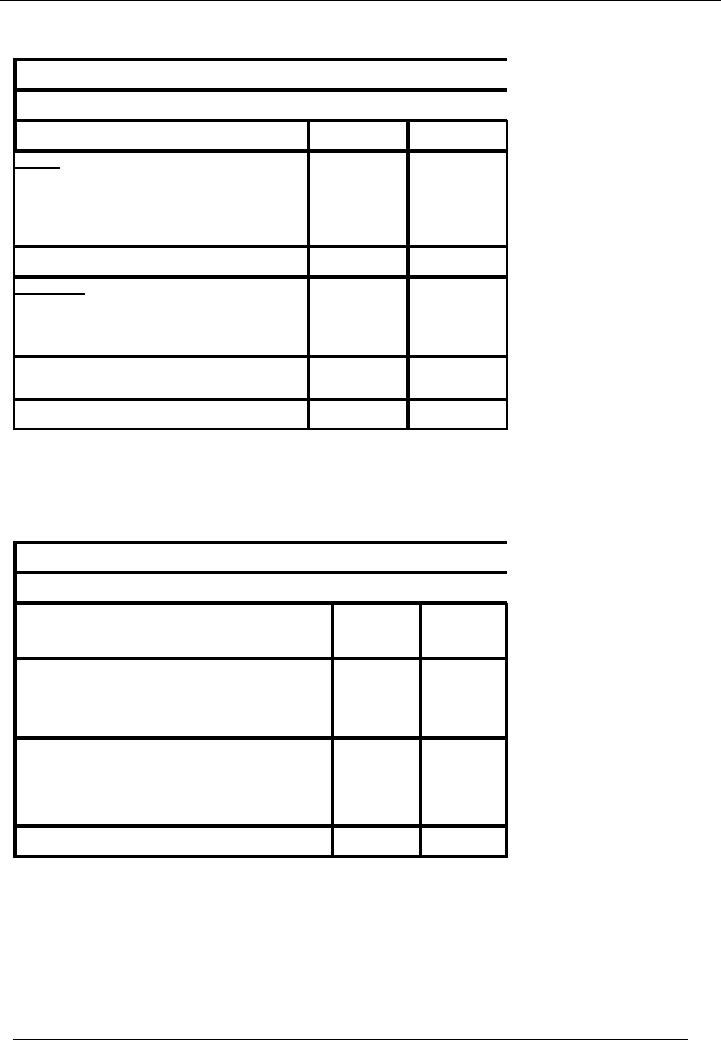
Financial
Accounting (Mgt-101)
VU
Report
form Balance Sheet
Ali
traders
Balance
Sheet As At January 31,
20--
Particulars
Amount
Rs.
Amount
Rs.
Assets
Fixed
Assets
65,000
Current
Assets
180,000
Total
245,000
Liabilities
Capital
200,000
Profit
and Loss Account
10,000
210,000
Current
Liabilities
35,000
Total
245,000
Treatment of
closing stock
If
closing stock is Rs.10000
then;
Name of the
Entity (Ali Traders)
Profit
and Loss Account for the
Month Ending January 31,
20--
Particulars
Amount
Amount
Rs.
Rs.
Income
/ Sales / Revenue
95,000
Less:
Cost of Goods Sold (
60,000 - 1,000 )
(59,000)
(59,000)
Gross
Profit
36,000
Less:
Administrative Expenses
(25,000)
(25,000)
Net
Profit
11,000
86
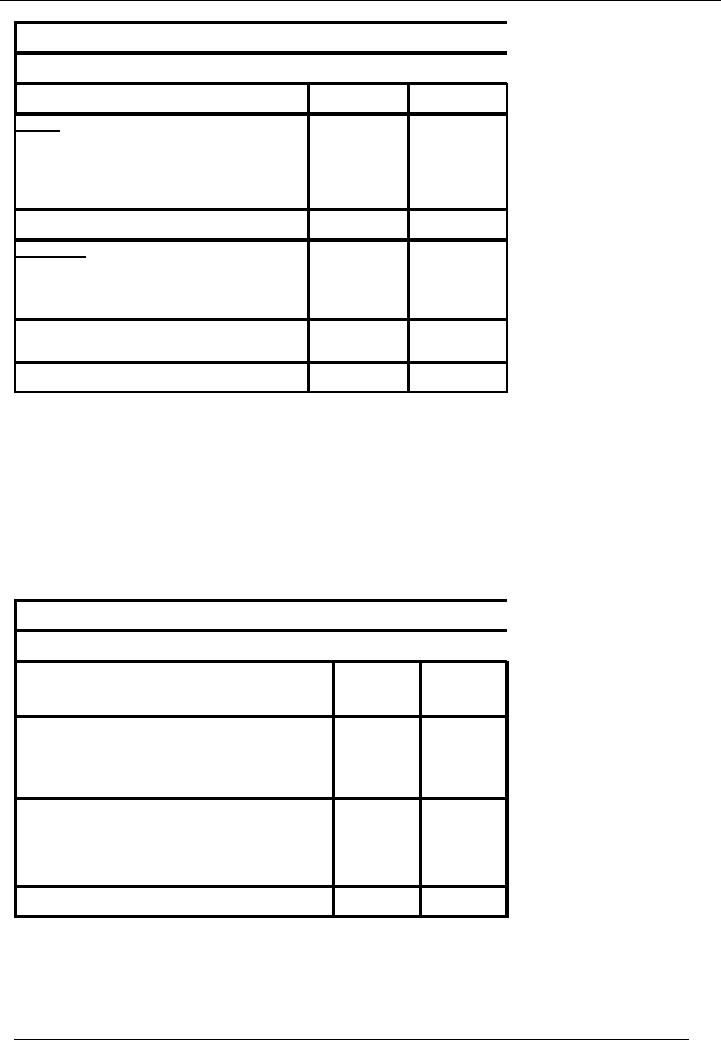
Financial
Accounting (Mgt-101)
VU
Ali
traders
Balance
Sheet As At January 31,
20--
Particulars
Amount
Rs.
Amount
Rs.
Assets
Fixed
Assets
65,000
Current
Assets (180,000
+ 1,000)
181,000
Total
246,000
Liabilities
Capital
200,000
Profit
and Loss Account
11,000
210,000
Current
Liabilities
35,000
Total
246,000
Treatment of
Depreciation
In
Profit and Loss Account it
is considered as expense and in
Balance Sheet it is deducted
from the
concerned
asset.
If
useful life of an asset is 50
month and considered that
there is no residual value
then,
·
Dividing
total cost by life of the
asset.
·
Rs.65,000
/ 50 months = Rs.1,300 monthly
charge
Name of the
Entity (Ali Traders)
Profit
and Loss Account for the
Month Ending January 31,
20--
Particulars
Amount
Amount
Rs.
Rs.
Income
/ Sales / Revenue
95,000
Less:
Cost of Goods Sold (
60,000-1,000 )
59,000
(59,000)
Gross
Profit
36,000
Less:
Administrative Expenses
25,000
Depreciation
1,300
(26,300)
Net
Profit
9,700
87
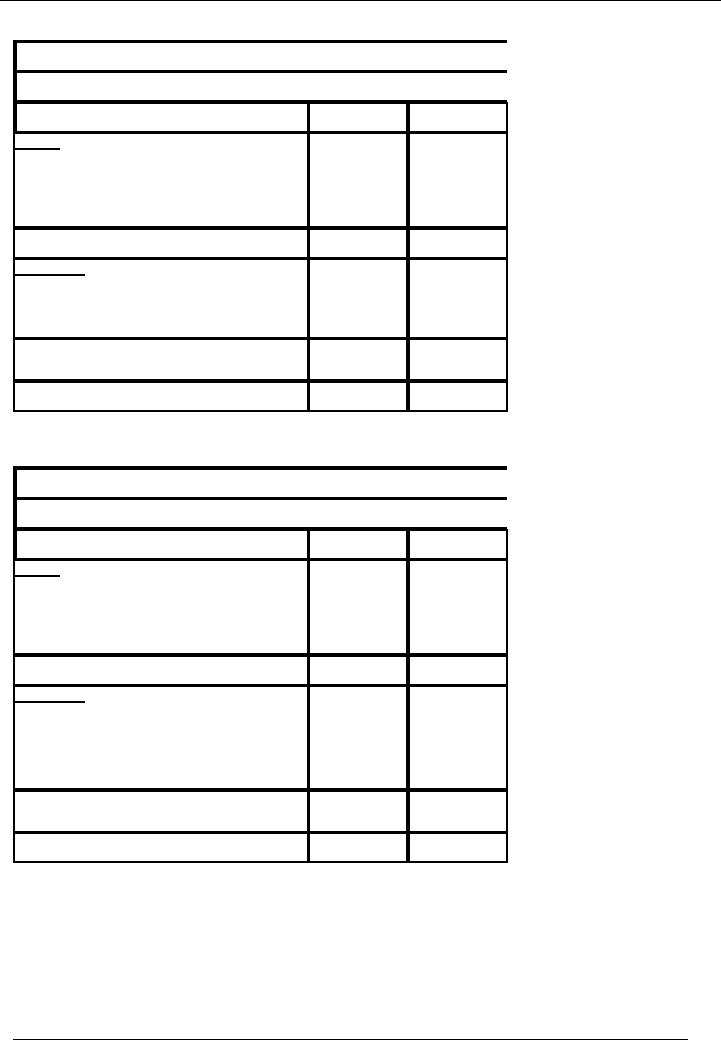
Financial
Accounting (Mgt-101)
VU
Ali
traders
Balance
Sheet As At January 31,
20--
Particulars
Amount
Rs.
Amount
Rs.
Assets
Fixed
Assets (65,000
1,300)
63,700
Current
Assets (180,000 +
1,000)
181,000
Total
244,700
Liabilities
Capital
200,000
Profit
and Loss Account
9,700
209,700
Current
Liabilities
35,000
Total
244,700
Distribution
of Profits / Drawing
Ali
traders
Balance
Sheet As At January 31,
20--
Particulars
Amount
Rs.
Amount
Rs.
Assets
Fixed
Assets (65,000
1300)
63,700
Current
Assets (181,000
- 5,000)
176,000
Total
239,700
Liabilities
Capital
200,000
Profit
and Loss Account
9,700
Drawing
(5,000)
204,700
Current
Liabilities
35,000
Total
239,700
88
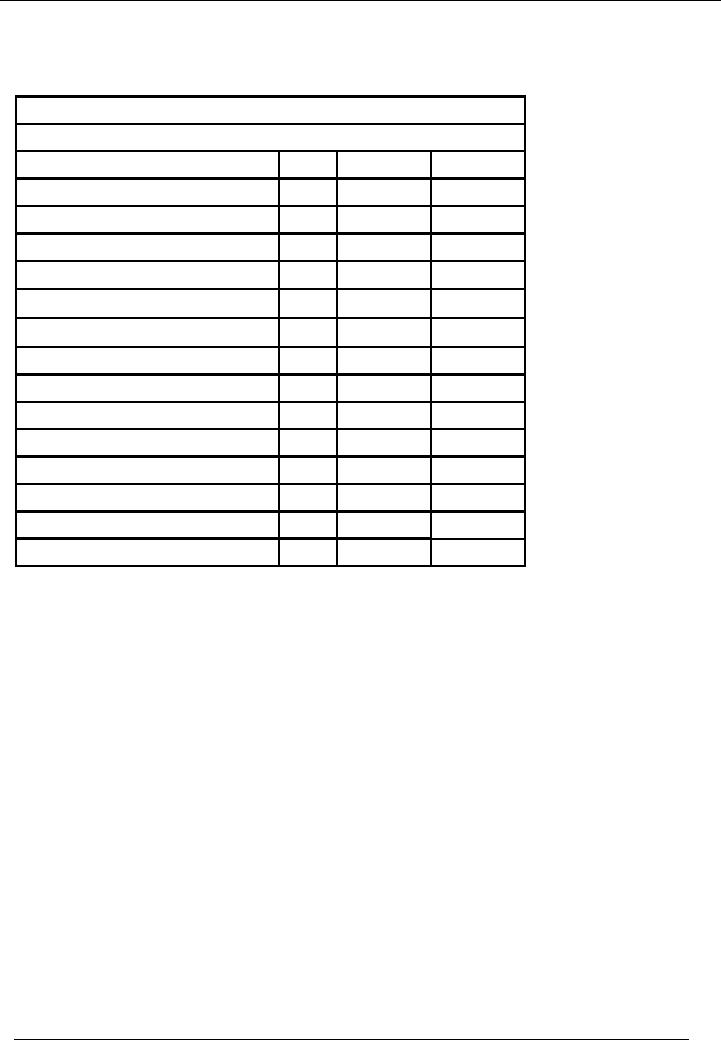
Financial
Accounting (Mgt-101)
VU
Illustration
Consider
the trial balance given
hereunder:
Saeed
& co.
Trial
Balance As On ( January 31,
2002)
Title
of Account
Code
Dr.
Rs.
Cr.
Rs.
Cash
Account
01
161,250
Capital
Account
02
150,000
Furniture
Account
03
2,000
Purchases
Account
04
16,000
Carriage
on purchase account
05
250
Salim&
co. (Creditor)
06
0
Sales
07
37,000
Usman
& co. (Debtor)
08
0
Salaries
09
2,500
sRent
10
3,000
Stationery
11
2,000
Utility
billst
12
5,000
Accrued
expenses
13
5,000
Total
192,000
192,000
89
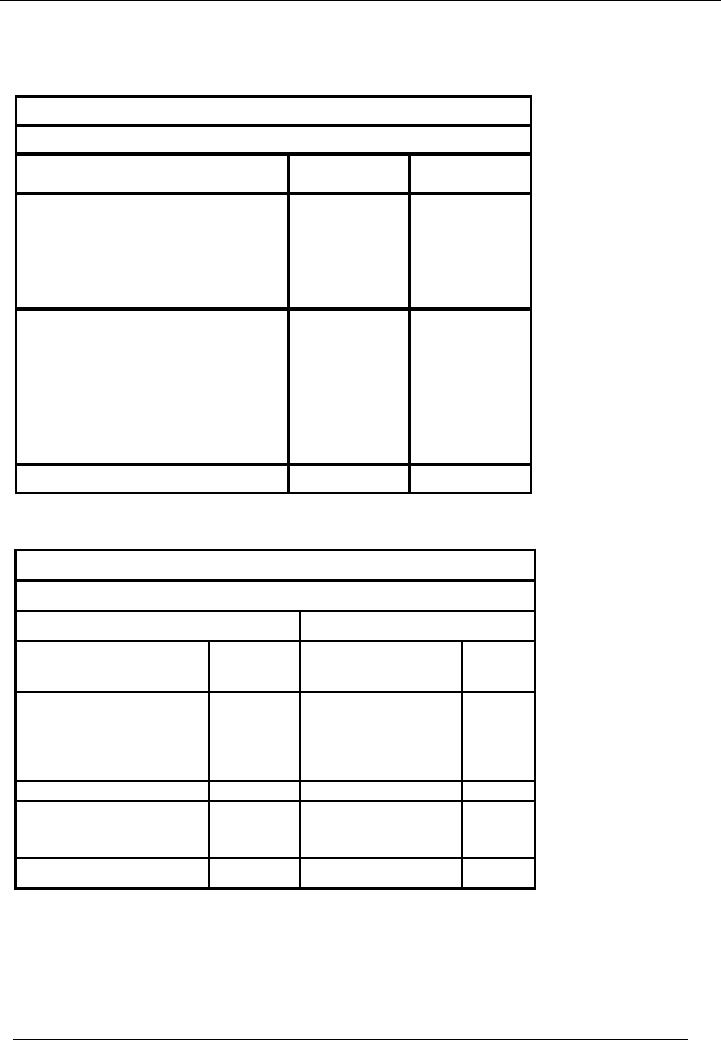
Financial
Accounting (Mgt-101)
VU
(This
trial balance is extracted
from the solved illustration, in
lecture 11)
Let's
say, the value of closing
stock at the end of the period is
Rs. 2,000. Then profit &
loss account will
bear
the
following change.
Saeed
& Co.
Profit &
Loss Account for the
period ended January 31,
2002
Particulars
Amount
Amount
Rs.
Rs.
37,000.
Income
/ Sales / Revenue (See
Note
16,250
2,000
(14,250)
#1)
Less:
Cost of Goods Sold
Closing
stock
Gross
Profit
22,750.
Less:
Admin. Expenses
(12,500)
(See
Note # 2)
Net
Profit/ (Loss)
10,250
Its
effect in the balance sheet is as
follows:
Saeed
& Co.
Balance
Sheet As At January 31,
2002
Liabilities
Assets
Particulars
Amount
Particulars
Amount
Rs.
Rs.
Capital
150,000
Fixed Assets
Profit and
Loss Account
10,250
Furniture
Account
2,000
160,250
Current
Liabilities
Current
Assets
Accrued
Expenses
5,000
Cash
161,250
Closing
Stock
2,000
Total
165,250
Total
165,250
This is a
practical demonstration of the treatment of closing
stock. But, we are not
mentioning the journal
entry
of closing stock at this stage. It
will be discussed in detail, when we will
study the topic of fixed
assets.
DEPRECIATION
Depreciation
is the method of charging cost of
fixed assets to the profit &
loss account as an
expense.
Fixed
Assets are those assets
which are:
90
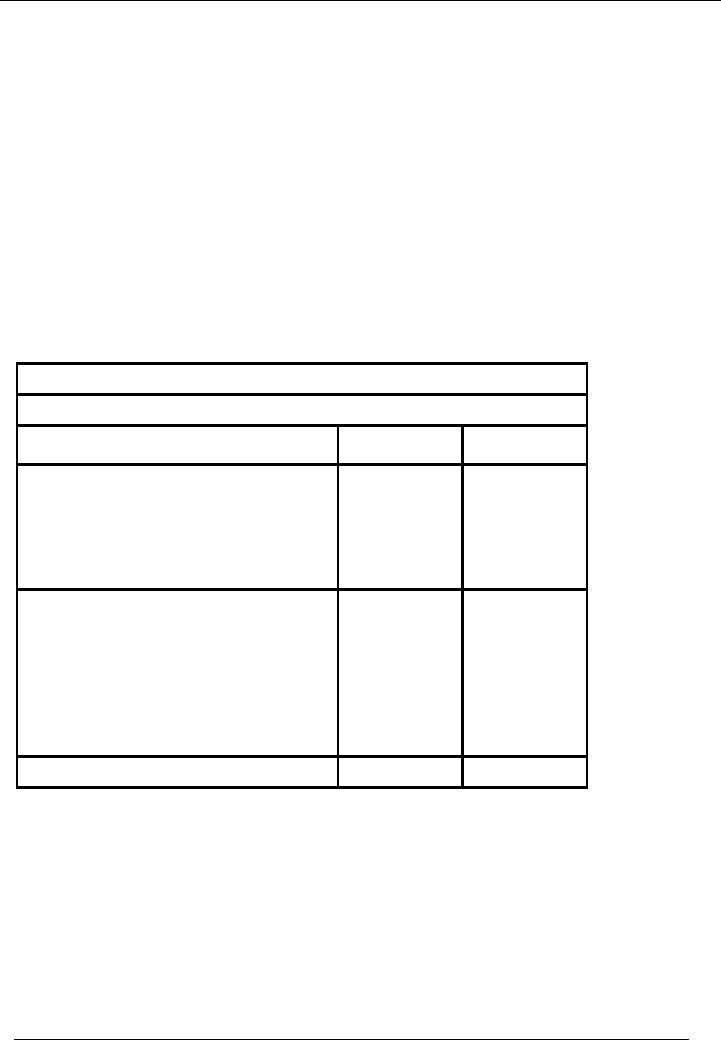
Financial
Accounting (Mgt-101)
VU
· Of
long life
· To be
used in the business
· Not
bought with the main purpose
of resale.
When
an expense is incurred, it is charged to
profit & loss account of the
same accounting period in
which it
has
incurred. Fixed assets are
used for longer period of time.
Now, the question is how to charge a
fixed
asset
to profit & loss account.
For this purpose, estimated
life of the asset is determined.
Estimated life is the
number of
years in which a fixed asset
is expected to be used. Then,
total cost of the asset is
divided by total
number of
estimated years. The value,
so determined, is called `depreciation
for that year' and is
charged to
profit
& loss account. The same
amount is deducted from total
cost of fixed asset. The net
amount (after
deducting
depreciation) is called ``Written Down
Value''.
For
instance, an asset has a
cost of Rs. 150,000. It is
expected to be used for ten
years. Depreciation to be
charged
to profit & loss account is
Rs. 15,000, i-e. cost of
asset/estimated life. In this case, it
will be
150,000/10
= 15,000.
That
is why depreciation is called an
accounting estimate.
To
understand its accounting
treatment, consider the above mentioned
illustration
Let's
suppose the useful life of
furniture is five years.
Then, depreciation for the year
will be (2,000/5 =
400).
Now,
the profit & loss account
will show the following
picture:
Saeed
& Co.
Profit &
Loss Account for the
year ended January 31,
2002
Particulars
Amount
Amount
Rs.
Rs.
37,000.
Income
/ Sales / Revenue (See Note
#1)
Less:
Cost of Goods
Sold
(16,250)
Gross
Profit
20,750.
Less:
Admin. Expenses + Depreciation
12,500
+ 400
(12,900)
Net
Profit/ (Loss)
9,850
Balance
sheet will look like
this:
91
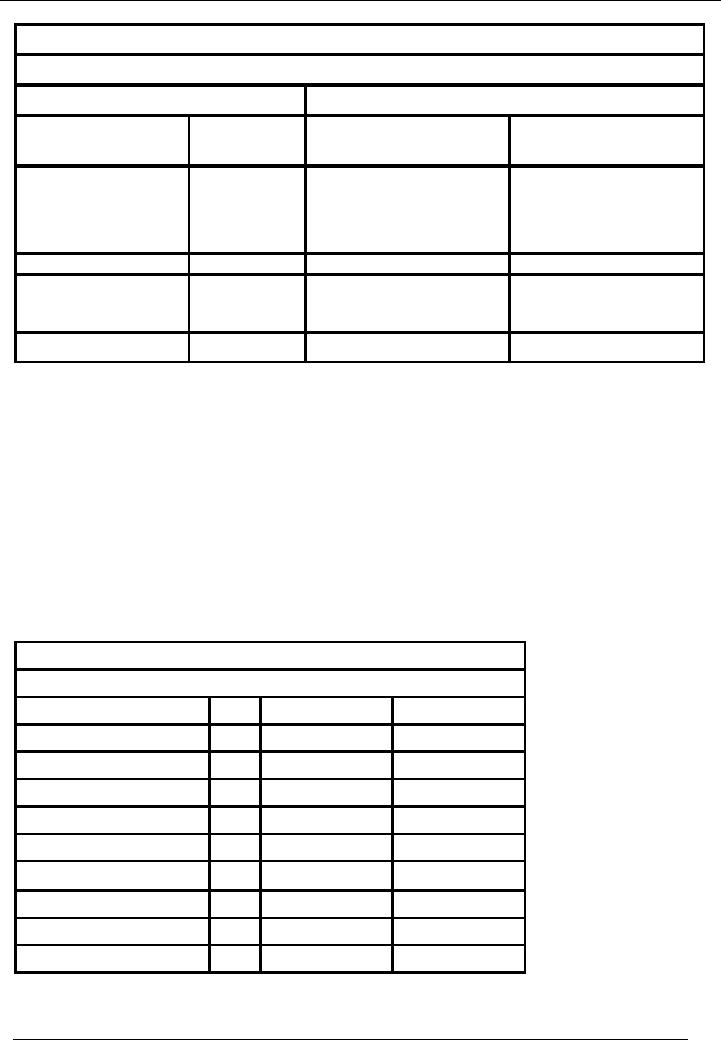
Financial
Accounting (Mgt-101)
VU
Saeed
& Sons
Balance
Sheet As At January 31,
2002
Liabilities
Assets
Particulars
Amount
Particulars
Amount
Rs.
Rs.
Capital
150,000
Fixed Assets
Profit and
Loss Account
9,850
Furniture
Account
2,000
Less:
depreciation
(400)
159,850
1,600
Current
Liabilities
Current
Assets
Accrued
Expenses
5,000
Cash
161,250
Closing
Stock
2,000
Total
164,850
Total
164,850
Treatment of
depreciation is practically demonstrated at this
point. Its journal entry
will be discussed in
detail, when we
cover the topic `Fixed
Assets'.
DRAWING
Capital is the
cash or kind invested by the owner of the
business. Sometimes, the owner wants to
take cash
or
kind out of the business for
personal use. This is known as
drawing.
Any money taken out as
drawings
will reduce
capital.
The
capital account is very important
account. To stop it getting full of
small details, cash items of
drawings
are
not entered in the capital
account. Instead, a drawing account is
opened, and all transactions
are entered
there.
Sometimes
goods are also taken by the
owner of the business. These are
also known as
drawings.
To
understand the accounting treatment of
drawings, look into the
following trial
balance:
Saeed
& co.
Trial
Balance As On ( January 31,
2002)
Title
of Account
Code
Dr.
Rs.
Cr.
Rs.
Cash
Account
01
161,250
Capital
Account
02
160,000
Furniture
Account
03
2,000
Drawings
04
10,000
Profit
& loss account
05
8,250
Salim&
co. (Creditor)
06
0
Usman
& co. (Debtor)
07
0
Accrued
expenses
08
5,000
Total
173,250
173,250
BALANCE
SHEET
92
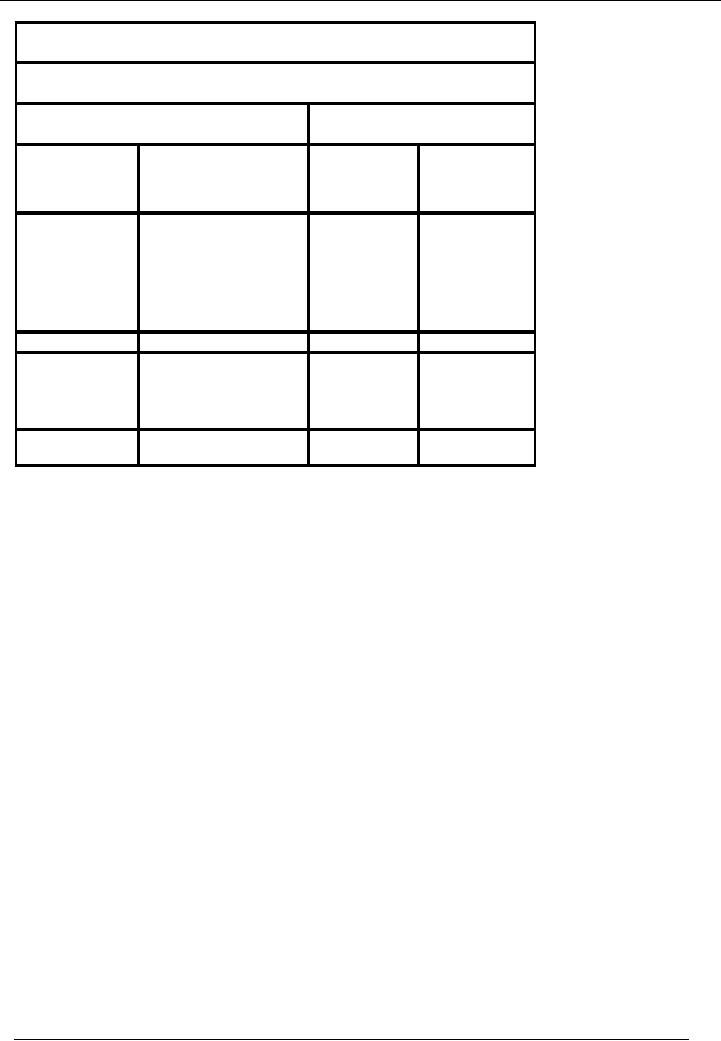
Financial
Accounting (Mgt-101)
VU
Saeed
& Sons
Balance
Sheet As At January 31,
2002
Liabilities
Assets
Particulars
Amount
Particulars
Amount
Rs.
Rs.
Capital
160,000
Fixed
Assets
Profit and
Loss
8,250
Furniture
2,000
Account
(10,000)
Account
Less:
Drawings
158,250
Current
Current
Liabilities
5,000
Assets
161,250
Accrued
Expenses
Cash
Total
163,250
Total
163,250
93
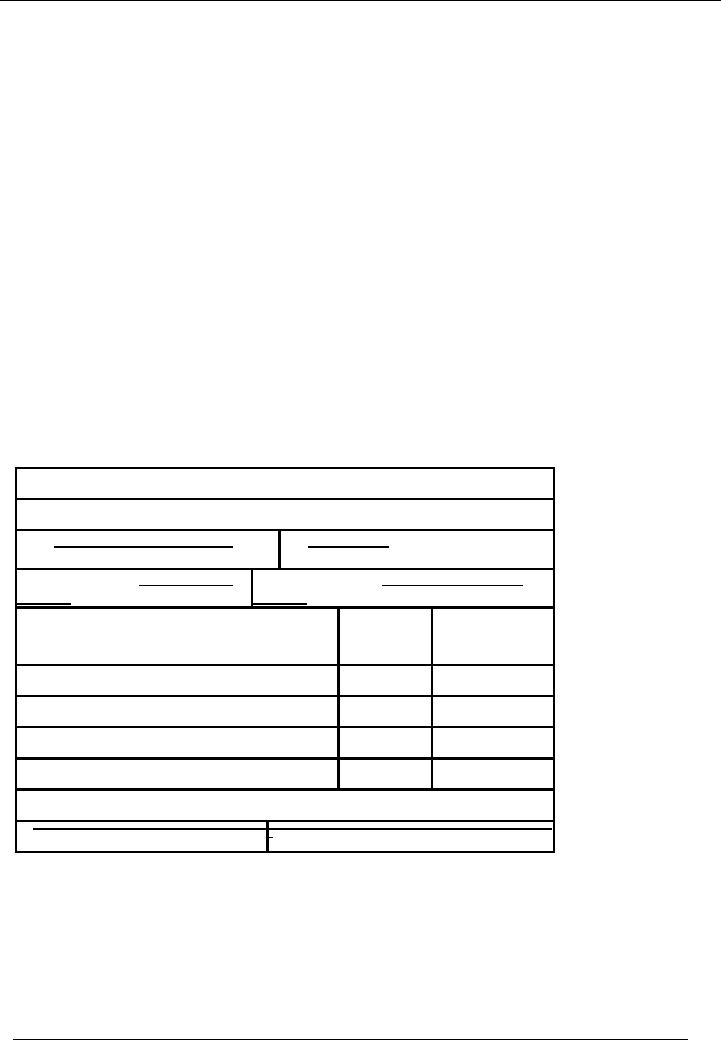
Financial
Accounting (Mgt-101)
VU
Lesson-13
LEARNING
OBJECTIVE
After
studying this lecture, you should be able
to:
· Understand
different types of
vouchers.
· How
to book entry in voucher.
· Carrying
forward the balance of an
account.
VOUCHER
In
book keeping, voucher is the first
document to record an entry. Normally three
types of vouchers are
used.
i-e.:
· Receipt
voucher
· Payment
voucher
· Journal
voucher
RECEIPT
VOUCHER
Receipt
voucher is used to record cash or bank
receipt. Receipt vouchers
are of two types.
i-e.
· Cash
receipt voucher
· Bank
receipt voucher
Cash
receipt voucher denotes receipt of
cash; bank receipt voucher indicates
receipt of cheque or
demand
draft.
Standard format of cash
receipt voucher is given below:
Name of the
Organization
Bank
Receipt / Cash Receipt OR
Receipt
Voucher
Date:
No:
Description
/ Title:
Cash /
Bank code:
Description
/
Code
Credit
Title
of Account
#
Amount
Total:
Narration:
Prepared
By:
Checked
By:
94
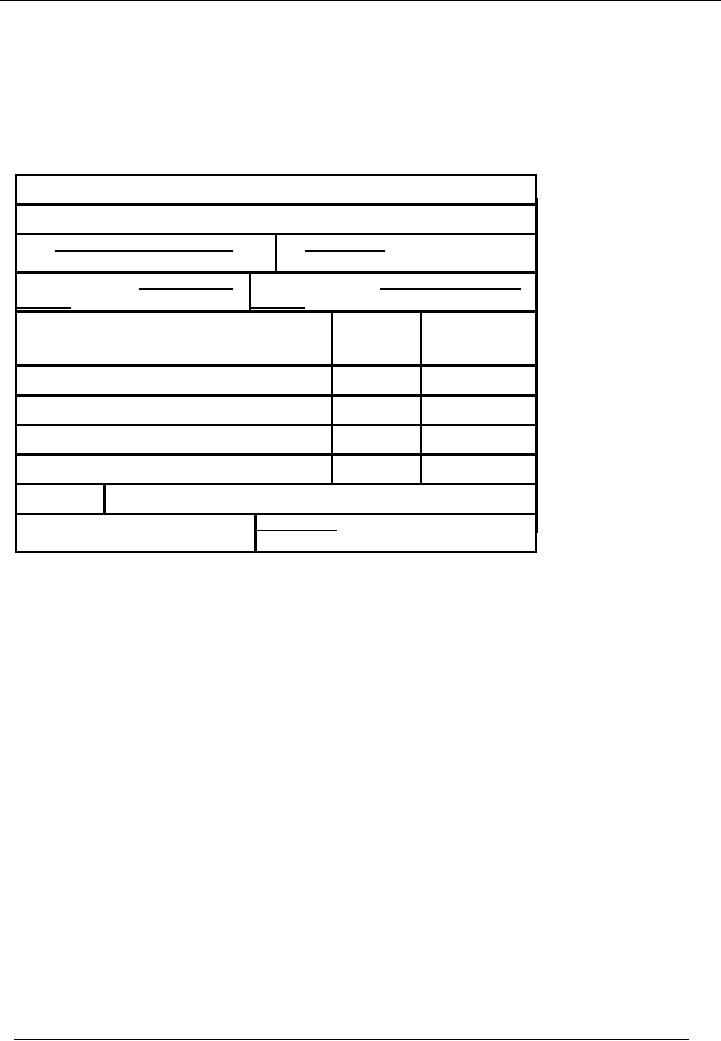
Financial
Accounting (Mgt-101)
VU
PAYMENT
VOUCHER
Payment
voucher is used to record a payment of
cash or cheque. Payment
vouchers are of two types.
i.e.
· Cash
Payment voucher
· Bank
Payment voucher
Cash
Payment voucher denotes Payment of
cash, bank Payment voucher indicates
payment by cheque or
demand
draft. Standard format of
cash Payment voucher is given
below:
Name of the
Organization
Bank
Payment / Cash Payment OR
Payment
Voucher
No:
Date:
Description
/ Title:
Cash /
Bank code:
Description
/
Code
Credit
Title
of Account
#
Amount
Total:
Naration
Prepared
By:
Checked
By:
95
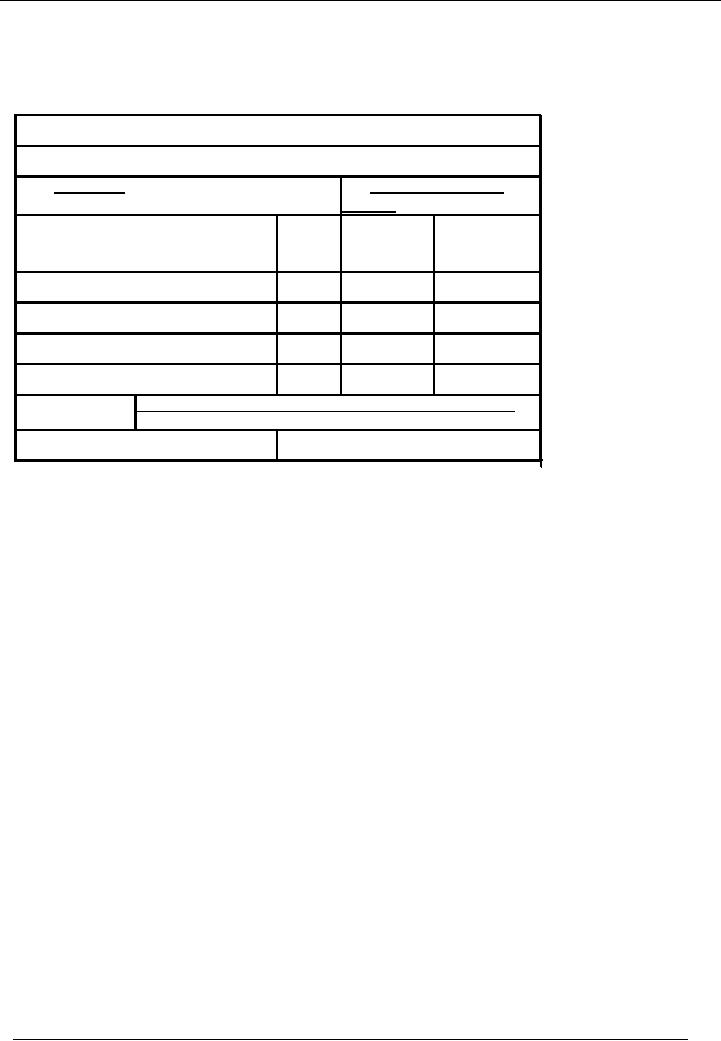
Financial
Accounting (Mgt-101)
VU
JOURNAL
VOUCHER
Journal
voucher is used to record transactions
that do not affect cash or bank.
Standard format of
journal
voucher is given
hereunder:
Name Of
Organization
Journal
Voucher
Date:
No:
Description
Code
Debit
Credit
Amount
#
Amount
Total:
Narration:
Prepared
By:
Checked
by:
HOW TO
CARRY FORWARD A
BALANCE
It is
already mentioned that in `T'
account, at the end of accounting
period, if one side is
greater than the
other
side, balancing figure will
be written on the lesser side as
balance. For instance, if amount on
debit side
is
greater than the amount on credit side,
the balancing figure is written on the
credit side as balance & it is
known
as Debit
Balance. On the
other hand, if amount on the credit side
is greater than that of amount
on
the
debit side, the balance is
shown on the debit side. It is
called the Credit
Balance.
At the
start of next accounting
period, these balances are
carried forward. Debit
balance is written on the
credit
side, but it is the excess of
debit side over the credit
side, when it is carried
forward, it is written on the
debit
side. For example, ledger
account of cash is given below:
96
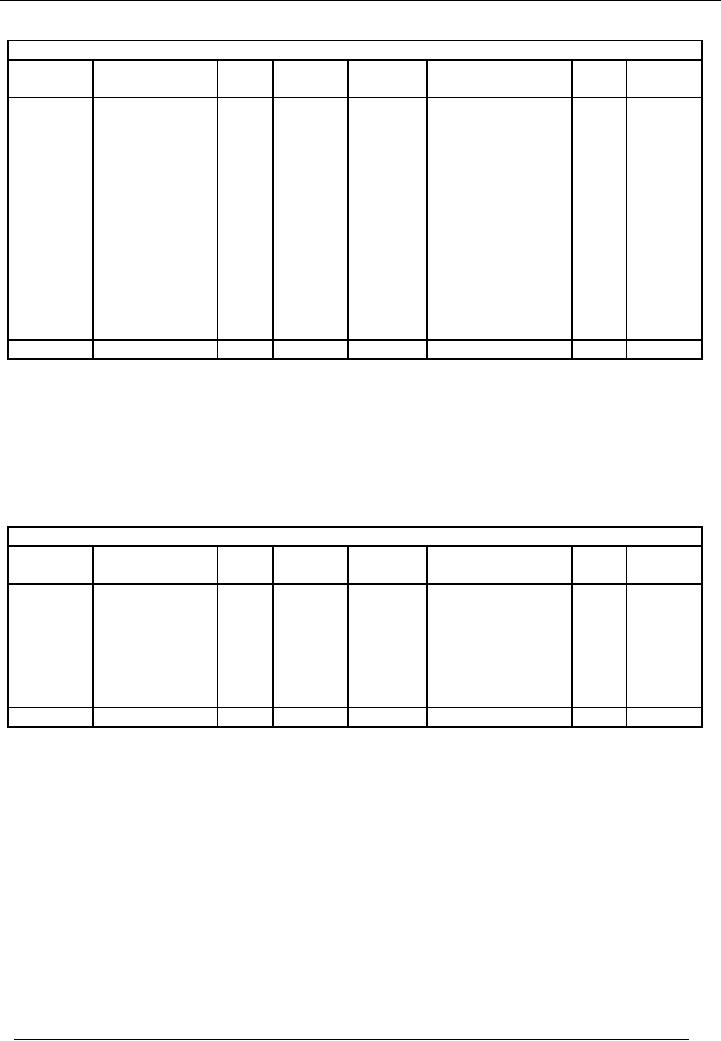
Financial
Accounting (Mgt-101)
VU
Cash
Account
Account
code # 1
Date
Particulars
Code
Amount
Date
Particulars
Code
Amount
#
Rs.
(Dr.)
#
Rs.
(Cr.)
1-3-02
Commenced
02
150,000
5-3-02
Office
furniture
03
2,000
business
purchased
13-3-02
Goods
sold
07
12,000
7-3-02
Goods
purchased
04
9,000
250
21-3-02
Received
from
10-3-02
Carriage
paid
05
7,000
debtors
08
25,000
21-3-02
Paid
to creditors
06
2,500
23-3-02
Paid
salaries
09
3,000
25-3-02
Paid
rent
10
29-3-02
Paid
for stationery
11
2,000
BALANCE
161,250
Total
187,000
Total
187,000
This
cash account is showing the
balance of Rs. 161,250 on the credit
side. This balance is excess
of debit
side
over the credit side and, therefore, is
called the debit
balance. When
it is carried
forward it is
written
on the
debit side because debit
side of the cash account is
greater & Rs. 161,250 is the
balancing amount of
the
debit side of cash account.
So, it is an asset & it will be
used for further expenses in
the forth coming
period.
This
is another example of accrued
expenses:
Accrued
Expenses Account
Account
code # 13
Date
Particulars
Code
Amount
Date
Particulars
Code
Amount
#
Rs.
(Dr.)
#
Rs.
(Cr.)
31-3-02
Accrued
utility
12
5,000
bills
BALANCE
5,000
Total
5,000
Total
5,000
In this
account, balance is written on the
debit side & it is called the credit
balance. As this balance
represents
excess of credit side over
debit side, when it is carried
forward it is
again written on the credit
side.
It can
also be explained like
this:
· Debit
balance when carried forward, is written
on the debit side
· Credit
balance when carried forward, is written
on the credit
side
This
is further explained with the help of the
following solved
illustration:
ILLUSTRATION
Following
is the trial balance of Saeed &
sons for the month ended
January 31, 2002
97
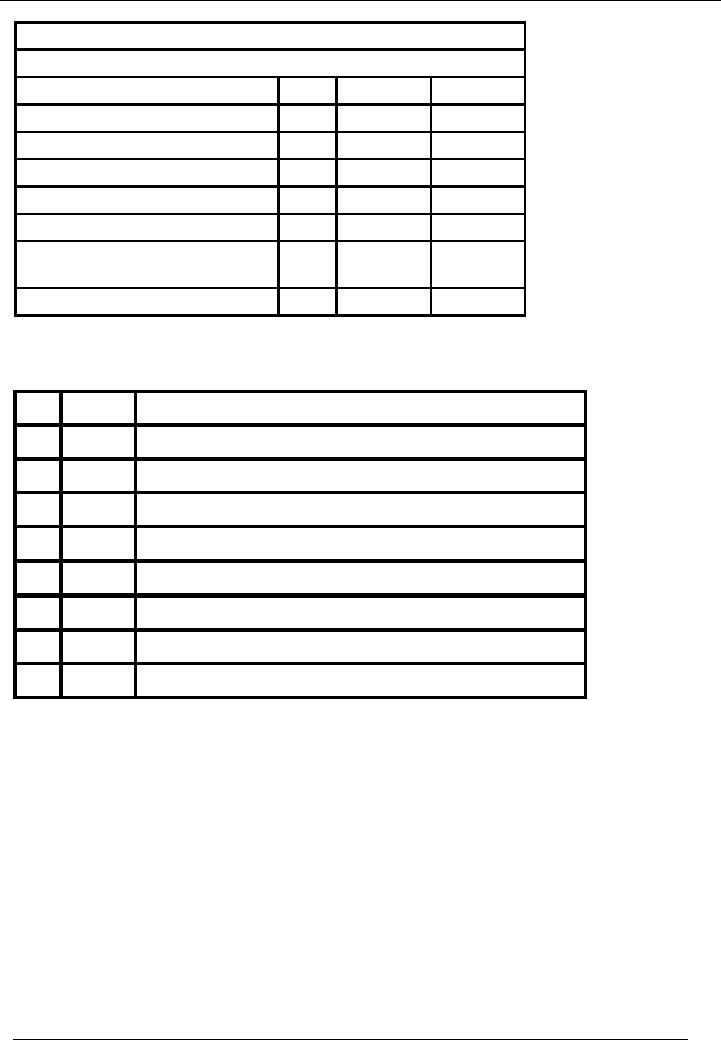
Financial
Accounting (Mgt-101)
VU
Saeed
& Sons.
Trial
Balance As On ( January 31,
2002)
Title
of Account
Code
Dr.
Rs.
Cr.
Rs.
Cash
Account
01
55,000
Accrued
expense Account
02
10,000
Bank
Account
03
25,000
Loan
Account
04
100,000
Furniture
Account
05
20,000
Office
Equipment
06
10,000
Total
110,000
110,000
In the
month of February, following
transactions took
place:
No.
Date
Particulars
01
Feb
07
They
purchased stationery worth of Rs.
5,000
02
Feb
10
They paid
their first installment of loan Rs.
10,000
03
Feb
12
They
received a cheque from a
customer of Rs. 5,000
04
Feb
17
Accrued
expenses of Rs. 5,000 are
paid.
05
Feb
20
They
purchased furniture of Rs.
1,000
06
Feb
23
Office
equipment of Rs. 2,000 is
sold
07
Feb
25
Staff
salaries are paid by cheque
Rs. 10,000
08
Feb
28
Sold
goods for cash
Rs.2,000
98
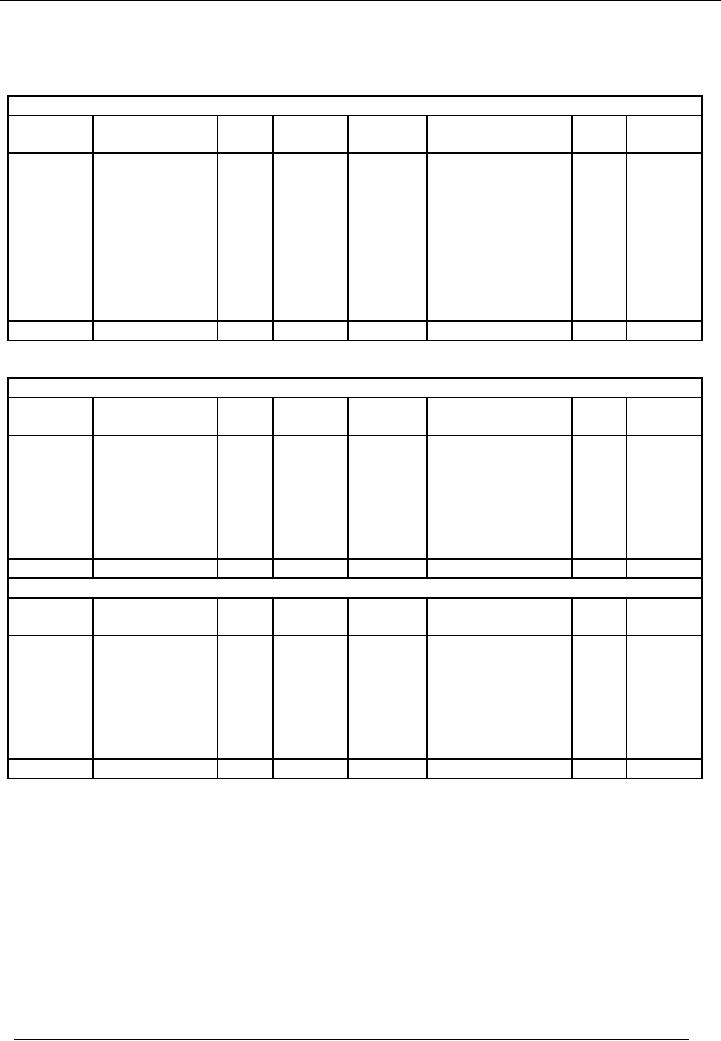
Financial
Accounting (Mgt-101)
VU
SOLUTION
The
ledger accounts of Saeed &
Sons will bear the following
changes:
Cash
Account
Account
code # 1
Date
Particulars
Code
Amount
Date
Particulars
Code
Amount
#
Rs.
(Dr.)
#
Rs.
(Cr.)
1-2-02
Balance
c/f
55,000
7-2-02
Stationery
10
5,000
23-2-02
Sold
office
06
2,000
purchased
equipment
10-2-02
Loan
paid
04
10,000
28-2-02
Sold
goods
01
2,000
17-2-02
Accrued
expenses
02
paid
5,000
Furniture
05
purchased
1,000
Balance
c/d
38,000
Total
59,000
Total
59,000
Accrued
Expenses
Account
code # 2
Date
Particulars
Code
Amount
Date
Particulars
Code
Amount
#
Rs.
(Dr.)
#
Rs.
(Cr.)
17-2-02
Accrued
01
5,000
1-1-02
Balance
c/f
10,000
expenses
paid
Balance
c/d
5,000
Total
10,000
Total
10,000
Bank
Account
Account
code # 3
Date
Particulars
Code
Amount
Date
Particulars
Code
Amount
#
Rs.
(Dr.)
#
Rs.
(Cr.)
17-2-02
Balance
c/f
01
25,000
25-2-02
Salaries
paid
10,000
12-2-02
Cheque
received
07
5,000
Balance
c/d
20,000
Total
30,000
Total
30,000
99
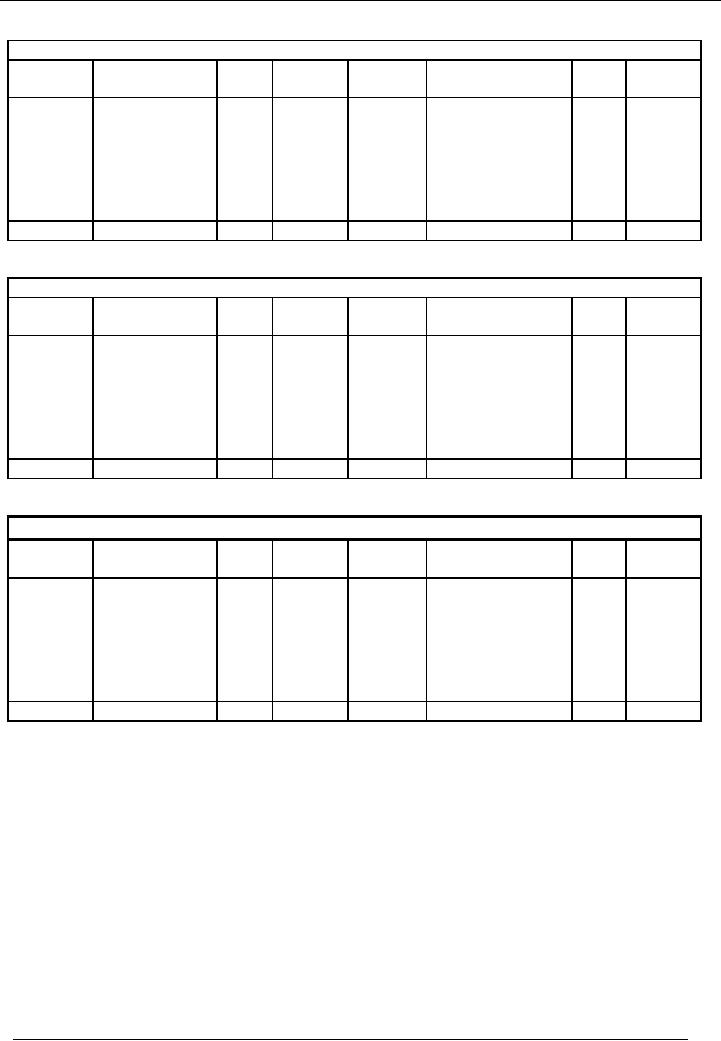
Financial
Accounting (Mgt-101)
VU
Loan
Account
Account
code # 4
Date
Particulars
Code
Amount
Date
Particulars
Code
Amount
#
Rs.
(Dr.)
#
Rs.
(Cr.)
10-2-02
Installment
paid
01
10,000
Balance
c/f
100,000
Balance
c/d
90,000
Total
100,000
Total
100,000
Furniture
Account
Account
code # 5
Date
Particulars
Code
Amount
Date
Particulars
Code
Amount
#
Rs.
(Dr.)
#
Rs.
(Cr.)
10-2-02
Balance
c/f
20,000
23-2-02
20-2-02
Furniture
01
1,000
purchased
Balance
c/d
21,000
Total
21,000
Total
21,000
Office
Equipment Account
Account
code # 6
Date
Particulars
Code
Amount
Date
Particulars
Code
Amount
#
Rs.
(Dr.)
#
Rs.
(Cr.)
10-2-02
Balance
c/f
10,000
Office
Equipment
01
2,000
sold
Balance
c/d
8,000
Total
10,000
Total
10,000
Balance
c/f is balance carried forward &
balance c/d is balance Carried
down.
100
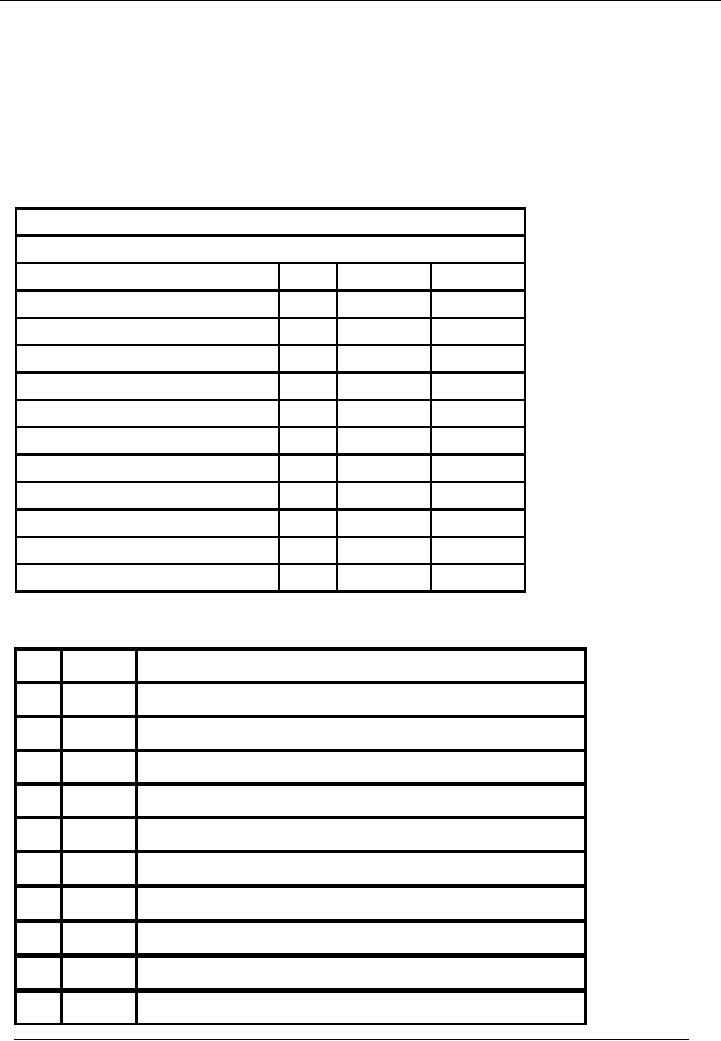
Financial
Accounting (Mgt-101)
VU
Lesson-14
We
have demonstrated the carrying
forward of balances in lecture-13.
Another solved example is
given
below:
ILLUSTRATION
Following
is the trial balance of Rahil & co.
for the month ended January
31, 2002.
Rahil &
co..
Trial
Balance As On ( January 31,
2002)
Title
of Account
Code
Dr.
Rs.
Cr.
Rs.
Cash
Account
01
30,000
Accrued
expense Account
02
10,000
Bank
Account
03
50,000
Loan
Account
04
100,000
Furniture
Account
05
20,000
Office
Equipment
06
10,000
Debtors
account
07
12,000
Creditors
account
08
10,000
Sales
account
09
20,000
Purchase
account
10
18,000
Total
140,000
140,000
During
the month, following entries
took place:
No.
Date
Particulars
01
Feb
07
They
purchased stationery worth of Rs.
3,000
02
Feb
10
They paid
their first installment of loan Rs.
12,000
03
Feb
12
They
received a cheque from a
customer of Rs. 5,000
04
Feb
13
They paid a
cheque of Rs. 8,000 to a
creditor
05
Feb
15
Purchased
goods of Rs 6,000 & paid through
cheque
06
Feb
17
Accrued
expenses of Rs. 5,000 are
paid.
07
Feb
20
They
purchased furniture of Rs.
2,000
08
Feb
21
Sold
goods for cash
Rs.5,000
09
Feb
22
Purchased
goods on credit Rs.
5,000
10
Feb
23
Office
equipment of Rs. 5,000 is
Purchased
101
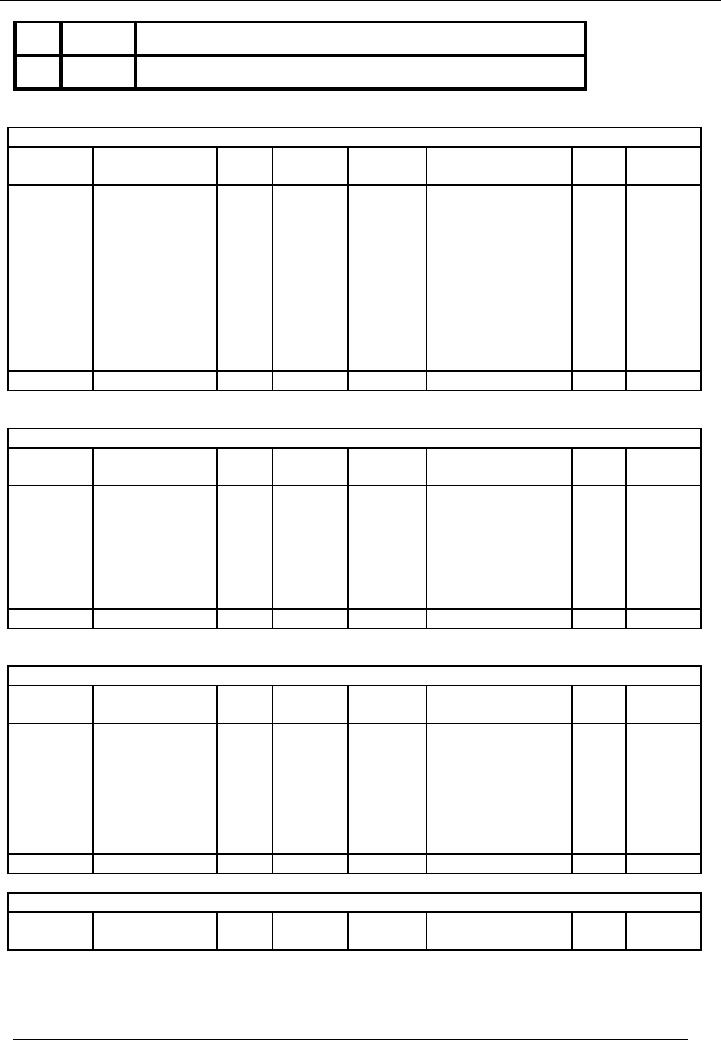
Financial
Accounting (Mgt-101)
VU
11
Feb
25
Staff
salaries are paid by cheque
Rs. 15,000
12
Feb
28
Utility
expenses of Rs. 3,000 are
accrued.
Leger
accounts of Rahil & co. during the
month will show following
picture:
Cash
Account
Account
code # 1
Date
Particulars
Code
Amount
Date
Particulars
Code
Amount
#
Rs.
(Dr.)
#
Rs.
(Cr.)
1-2-02
Balance
c/f
01
30,000
7-2-02
Stationery
10
3,000
21-2-02
Sold
goods
09
5,000
purchased
10-2-02
Loan
paid
04
12,000
17-2-02
Accrued
expenses
02
paid
5,000
Furniture
05
2,000
purchased
23-2-02
Office
equipment
06
5,000
purchased
Balance
c/d
8,000
Total
35,000
Total
35,000
Accrued
Expenses Account
Account
code # 2
Date
Particulars
Code
Amount
Date
Particulars
Code
Amount
#
Rs.
(Dr.)
#
Rs.
(Cr.)
17-2-02
Accrued
01
5,000
1-1-02
Balance
c/f
10,000
expenses
paid
Expenses
accrued
3,000
Balance
c/d
8,000
Total
13,000
Total
13,000
Bank
Account Account code #
3
Date
Particulars
Code
Amount
Date
Particulars
Code
Amount
#
Rs.
(Dr.)
#
Rs.
(Cr.)
Balance
c/f
50,000
13-2-02
Paid
to creditors
08
8,000
12-2-02
Cheque
received
15-2-02
Goods
purchased
10
6,000
07
5,000
25-2-02
Salaries
paid
11
15,000
Balance
c/d
26,000
Total
55,000
Total
55,000
Loan
Account Account code #
4
Date
Particulars
Code
Amount
Date
Particulars
Code
Amount
#
Rs.
(Dr.)
#
Rs.
(Cr.)
102
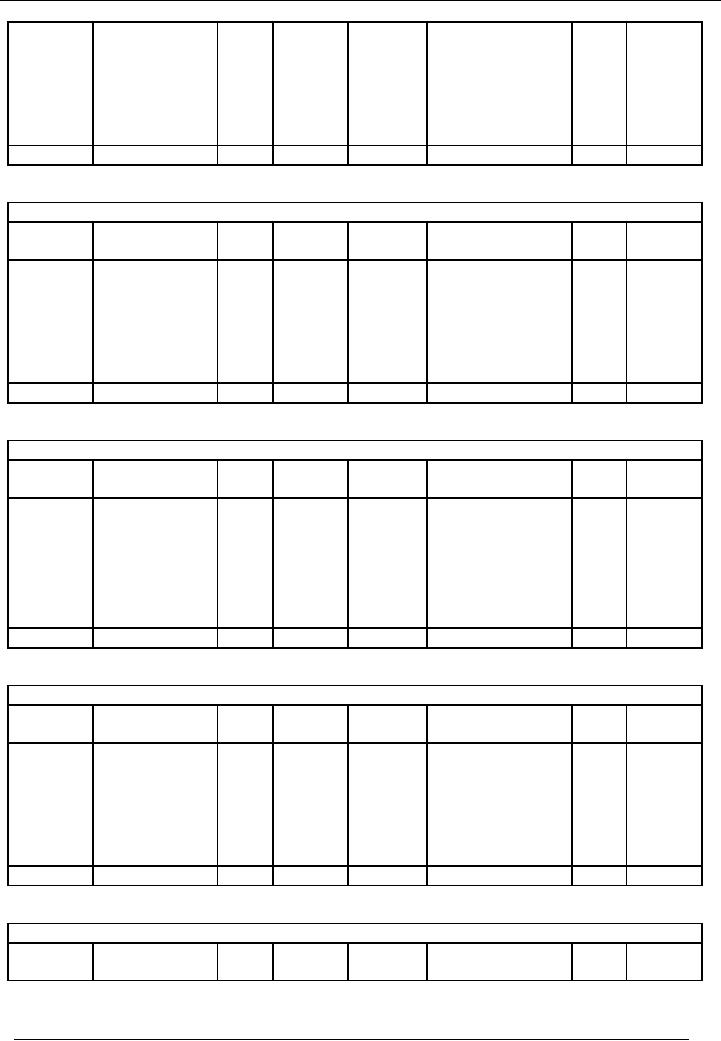
Financial
Accounting (Mgt-101)
VU
10-2-02
Installment
paid
01
12,000
Balance
c/f
100,000
Balance
c/d
88,000
Total
100,000
Total
100,000
Furniture
Account
Account
code # 5
Date
Particulars
Code
Amount
Date
Particulars
Code
Amount
#
Rs.
(Dr.)
#
Rs.
(Cr.)
10-2-02
Balance
c/f
20,000
23-2-02
20-2-02
Furniture
01
2,000
purchased
Balance
c/d
22,000
Total
22,000
Total
22,000
Office
Equipment Account
Account
code # 6
Date
Particulars
Code
Amount
Date
Particulars
Code
Amount
#
Rs.
(Dr.)
#
Rs.
(Cr.)
Balance
c/f
10,000
23-2-02
Office
01
5,000
Equipment
purchased
Balance
c/d
15,000
Total
15,000
Total
15,000
Debtors
Account
Account
code # 7
Date
Particulars
Code
Amount
Date
Particulars
Code
Amount
#
Rs.
(Dr.)
#
Rs.
(Cr.)
Balance
c/f
12,000
12-2-02
Cheque received
03
5,000
Balance
c/d
7,000
Total
12,000
Total
12,000
Creditors
Account
Account
code # 8
Date
Particulars
Code
Amount
Date
Particulars
Code
Amount
#
Rs.
(Dr.)
#
Rs.
(Cr.)
103
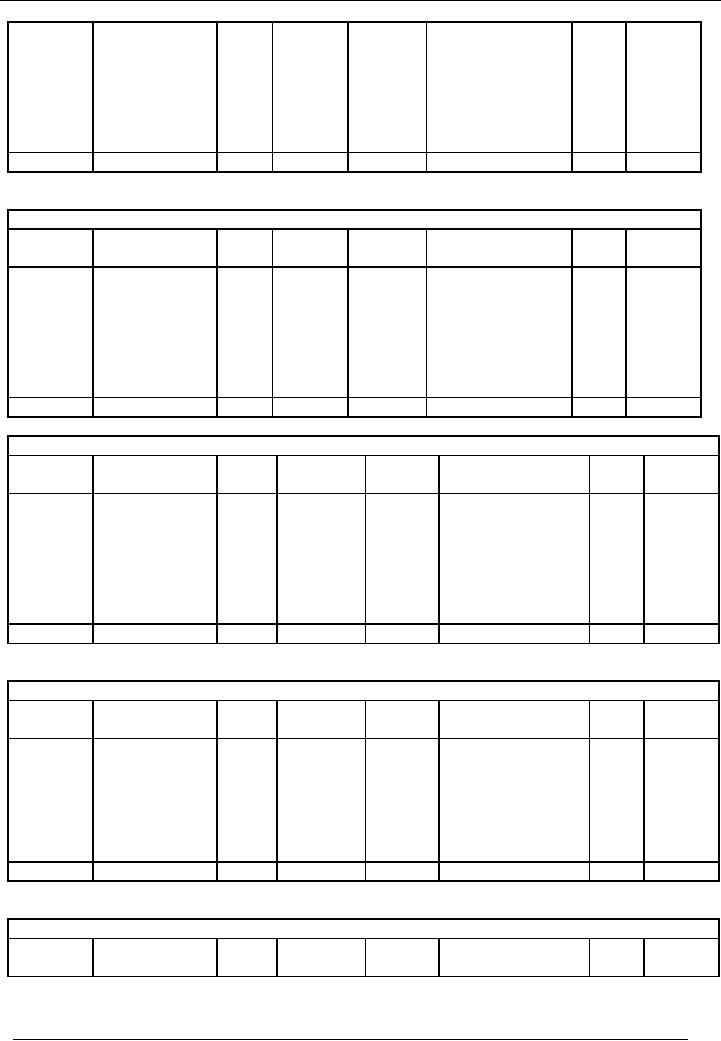
Financial
Accounting (Mgt-101)
VU
13-2-02
Paid
to creditors
03
8,000
Balance
c/f
10,000
22-2-02
Goods
purchased
10
5,000
Balance
c/d
7,000
Total
15,000
Total
15,000
Sales
Account Account code #
9
Date
Particulars
Code
Amount
Date
Particulars
Code
Amount
#
Rs.
(Dr.)
#
Rs.
(Cr.)
Balance
c/f
20,000
21-2-02
Goods
sold
01
5,000
Balance
c/d
25,000
Total
25,000
Total
25,000
Purchases
Account
Account
code # 10
Date
Particulars
Code
Amount
Date
Particulars
Code
Amount
#
Rs.
(Dr.)
#
Rs.
(Cr.)
Balance
c/f
18,000
15-2-02
Goods
03
6,000
purchased
07
5,000
22-2-02
Goods
purchased
Balance
c/d
29,000
Total
29,000
Total
29,000
Salaries
Account
Account
code # 11
Date
Particulars
Code
Amount
Date
Particulars
Code
Amount
#
Rs.
(Dr.)
#
Rs.
(Cr.)
25-2-02
Salaries
paid
03
15,000
Balance
c/d
15,000
Total
15,000
Total
15,000
Stationery
Account
Account
code # 12
Date
Particulars
Code
Amount
Date
Particulars
Code
Amount
#
Rs.
(Dr.)
#
Rs.
(Cr.)
104
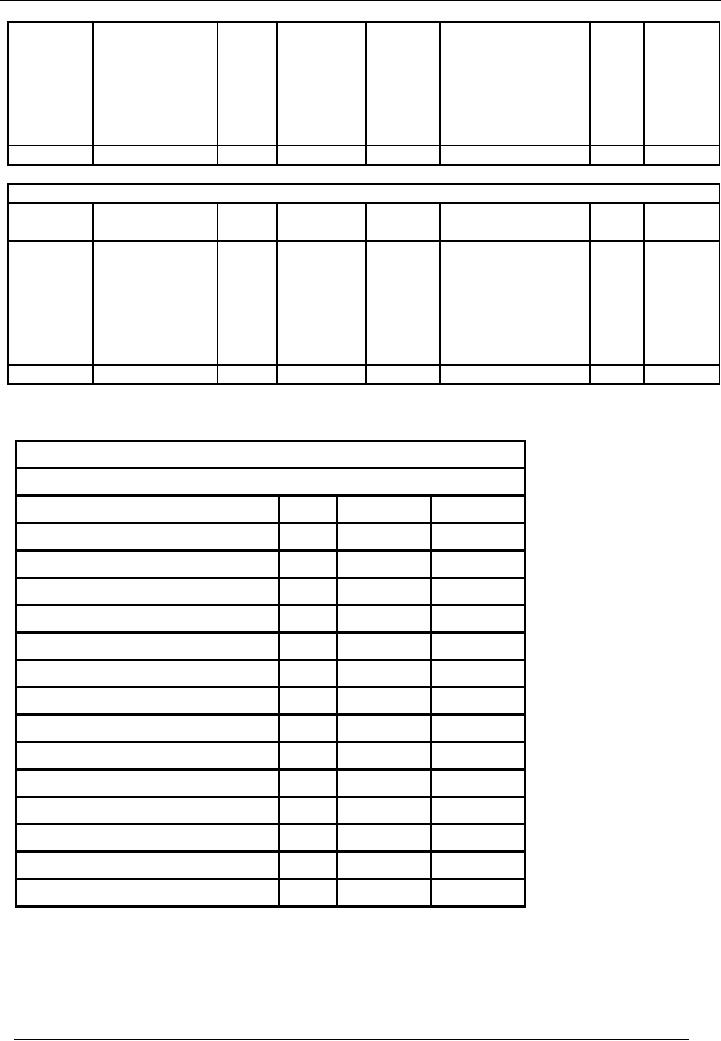
Financial
Accounting (Mgt-101)
VU
25-2-02
Stationery
01
3,000
purchased
Balance
c/d
3,000
Total
3,000
Total
3,000
Utility
Expenses Account
Account
code # 13
Date
Particulars
Code
Amount
Date
Particulars
Code
Amount
#
Rs.
(Dr.)
#
Rs.
(Cr.)
Accrued
utility
02
3,000
28-2-02
expenses
Balance
c/d
3,000
Total
3,000
Total
3,000
The
trial balance at the end of the
month is as follows:
Rahil &
co..
Trial
Balance As On ( January 31,
2002)
Title
of Account
Code
Dr.
Rs.
Cr.
Rs.
Cash
Account
01
8,000
Accrued
expense Account
02
8,000
Bank
Account
03
26,000
Loan
Account
04
88,000
Furniture
Account
05
22,000
Office
Equipment
06
15,000
Debtors
account
07
7,000
Creditors
account
08
7,000
Sales
account
09
25,000
Purchase
account
10
29,000
Salaries
Account
11
15,000
Stationery
Account
12
3,000
Utility
Expenses Account
13
3,000
Total
128,000
128,000
Difference
between expenses &
Purchases
· If
business purchases items for
its own use (items
that are not meant to be
resold) are charged
to
expense
account.
· If
business purchases items for
resale purposes are charged
to purchases account.
STOCK
105
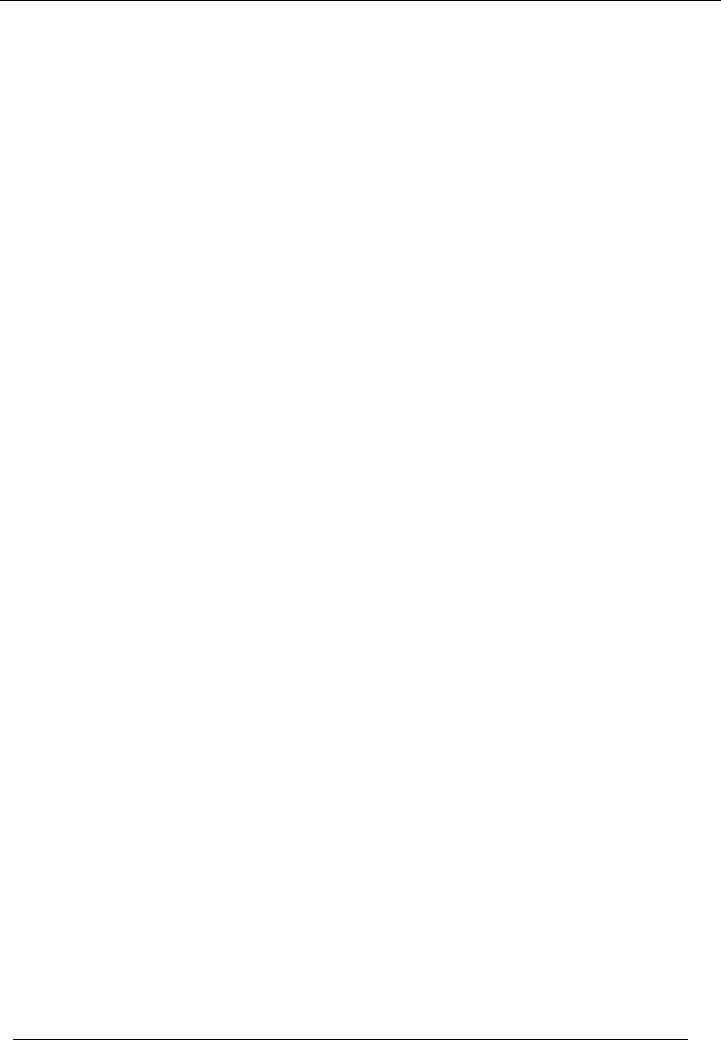
Financial
Accounting (Mgt-101)
VU
·
Stock
is the quantity of unutilized or unsold
goods lying with the
organization.
·
Stock
is termed as "the value of
goods available to the business
that are ready for
sale". For
accounting
purposes, stock is of two
types
Type
of Stock
·
In
trading concern, Stock
consists of goods that are
purchased for the purpose of
resale, but not
sold
in that accounting period.
Trading concern is that organization,
which purchases items
for
resale
purposes.
·
In manufacturing
concern(an organization that converts
raw material into finished
product by
putting
it in a process), stock consists
of:
o Raw
material
o Work
in process
o Finished
goods
Raw
material
Raw
material is the basic part of an item,
which is processed to make a
complete item.
Work
in process
In manufacturing
concern, raw material is put
in a process to convert it into
finished goods. At the end
of
the
year, some part of raw
material remains under process.
i-e. it is neither in shape of raw
material nor in
shape
of finished goods. Such
items are taken in stock as
work in process.
Finished
goods
Finished
goods contain items that are
ready for sale, but could
not be sold in that
accounting period.
Stock
Account
·
Stock
Account is Debited
with
the Value
of the Goods
Purchased
·
Stock
account is Credited
with
the Purchase
Price of the Goods Sold /
Issued for Production.
·
Stock
Account shows the cost /
purchase value of unsold
goods.
106
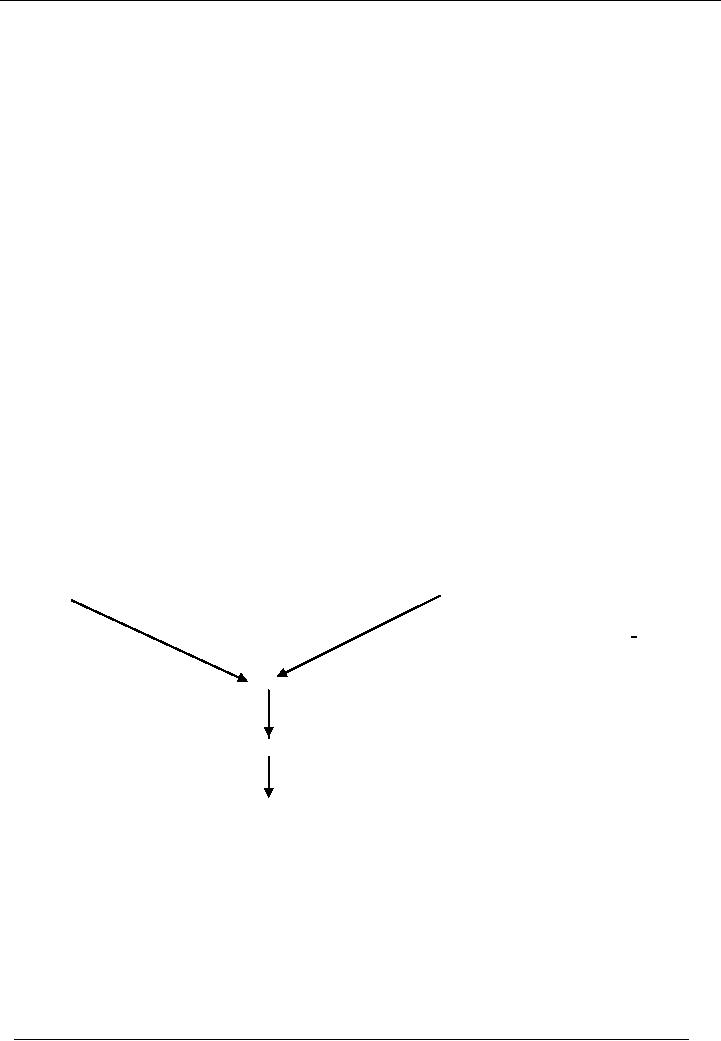
Financial
Accounting (Mgt-101)
VU
In
manufacturing concern, entries
for stock are:
Purchase
of stock
Debit:
Stock
Account
Credit:
Cash/Supplier
/Creditors Account
When
the stock is purchased, stock
account gets the benefit, so it is
debited & cash or supplier
account
provides the
benefit, so it is credited.
Payment
to creditors
Debit:
`
Supplier /
Creditors account
Credit:
Cash
account
Consumption
of goods
Debit:
Cost
of goods sold
Credit:
Stock
Account
Cost
of goods sold
Cost
of goods sold is different in
both form of organization
· In
trading concern, cost of
goods sold is the value of
goods unsold(goods stands
for the items
purchased
for resale purpose)
· In
manufacturing concern, cost of goods
sold is the value of raw
material consumed plus any
other
manufacturing
cost. e.g., salaries of
labour cost of machinery
etc.
Stock
and cost of goods sold in
manufacturing concern
Raw
Material Stock
Other
Costs Accounts
Work
in Process Account
Finished
Goods Account
Cost
of Goods Sold
Account
In manufacturing
concern, Raw material stock
is put into process. For
accounting purposes, all
value of
stock
and other manufacturing costs
are charged to work in
process account. When the
process is completed
and
the goods are prepared, all
the value of work in process is
charged to finished goods
account. The
business
sells finished goods for the
whole accounting year. At the
end of the year, goods that
are unsold are
deducted
from cost of goods sold
account.
107
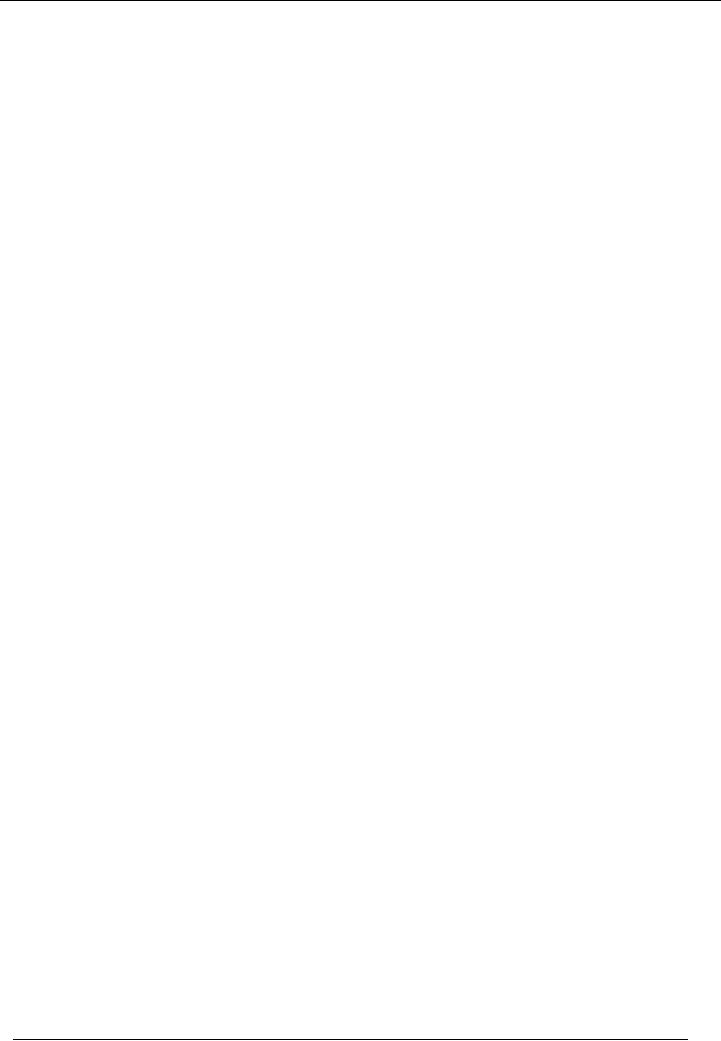
Financial
Accounting (Mgt-101)
VU
Lesson-15
STOCK
Stock
is termed as "the value of
goods available to the business
that are ready for
sale". For accounting
purposes,
stock is of two
types:
· Opening
stock
· Closing
stock
Opening
stock is the
value of goods available for
sale in the beginning of an accounting
period.
Closing
stock is the
value of goods unsold at the end of the
accounting period.
Journal
Entries
(In
Case of Trading
Concern)
Journal
entries for those goods
which are bought for
resale purposes are as
follows:
Purchase
of goods:
Debit:
Stock/Material
Account
Credit:
Cash/Bank/Creditor
Consumption of
goods
Debit:
Cost
of goods sold
Credit:
Stock
Payment
in case of credit purchase
Debit:
Creditors
Account
Credit:
Cash/Bank
( In
Case of Manufacturing
Concern)
·
In
case of manufacturer there
are at least two types of
Stock Accounts:
o Raw
Material Stock
Account
o Finished
Goods Stock Account
Raw
material
Raw
material is the basic part of an item,
which is processed to make a
complete item
Finished
goods
Finished
goods contain the items that
are ready for sale,
but could not be sold in
that accounting
period.
Work
in process
In manufacturing
concern, raw material is put
in a process to convert it into
finished goods. At the end
of
accounting
period, some part of raw
material remains under process.
i-e. it is neither in shape of
raw material
nor in
shape of finished goods.
Such items are taken in
stock as work in
process.
Flow
of costs
108
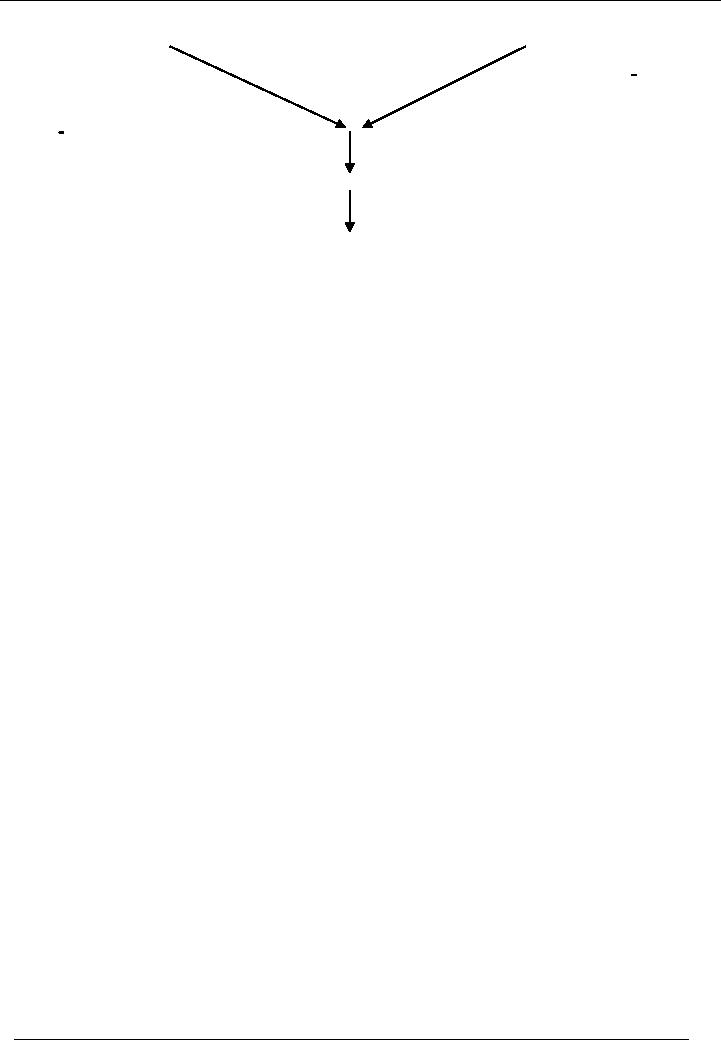
Financial
Accounting (Mgt-101)
VU
Raw
Material Stock
Other
Costs Accounts
Work
in Process Account
Finished
Goods Account
Cost
of Goods Sold
Account
In manufacturing
concern, Raw material stock
is put into process. For
accounting purposes, all
value of
stock
and other manufacturing costs
are charged to work in
process account. When the
process is completed
and
the goods are prepared, all
the value of work in process is
charged to finished goods
account. The
business
sells finished goods for the
whole accounting year. At the
end of the year, goods that
are unsold are
deducted
from cost of goods sold
account.
Journal
Entries (Manufacturing
Concern)
Purchase
of raw material
Debit:
Stock/Material
Account
Credit:
Cash/Bank/Creditors
Other
direct costs incurred
Debit:
Relevant
cost/Expense Head
Credit:
Cash/Bank/Payables
Raw
material issued and other
costs allocated to production of
units
Debit:
Work
in process
Credit:
Stock
Material Account
Debit:
Work
in process
Credit:
Relevant
Expense Head Account
When
production is completed
Debit:
Finished
Goods Stock Account
Credit:
Work
in process account
Entry
for Cost of sale
Debit:
Cost
of Goods Sold Account
Credit:
Finished
Goods Stock Account
Entry
for sale of goods
Debit:
Cash/Account
receivable Account
109
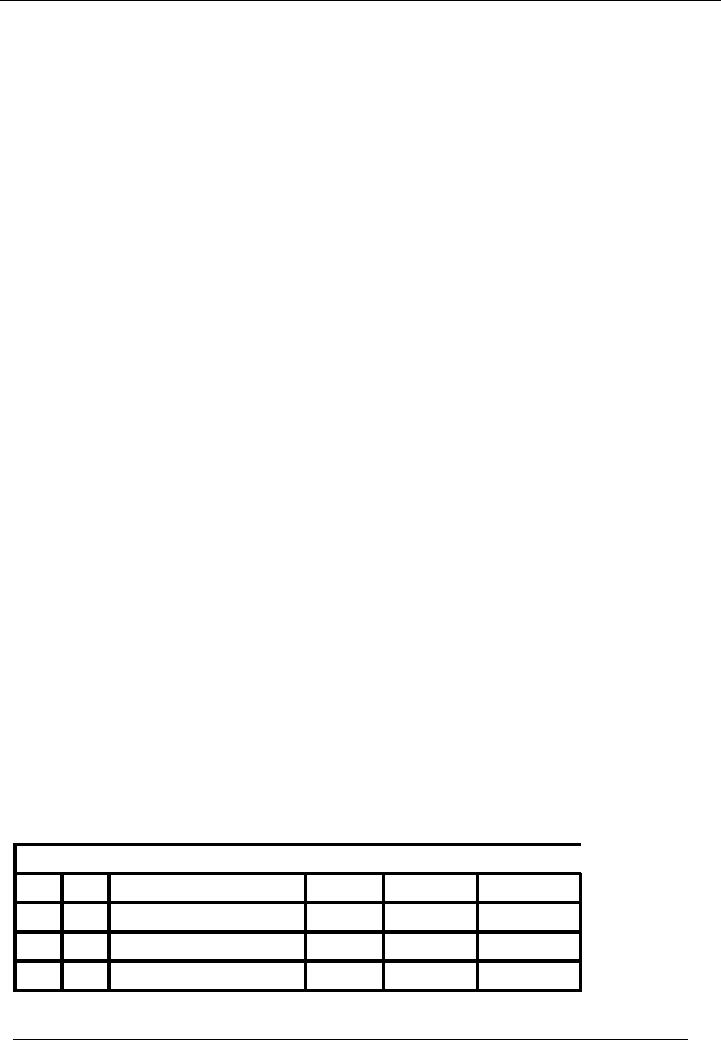
Financial
Accounting (Mgt-101)
VU
Credit:
Sales
Account
Return of
purchased material
There
are two options for
recording purchase material
return
· Option
1
Debit:
Goods
Return Account
Credit:
Stock
Material Account
AND
Debit:
Cash/Bank
Account
Credit:
Goods
Return Account
OR
If our
supplier supplies us some other
material in exchange of material
returned. Then:
Debit
Raw
Material Stock
Account
Credit:
Goods
Return Account
In the
first case above, cash is
received in return of goods. In the
second case, defective goods
are
exchanged
with quality goods. That is
why, we debited our stock account.
Both entries are correct
for
return
of purchased items.
Option
2
Debit:
Cash/Creditor
Account
Credit:
Stock
Account
Example
1
· Record
the following transactions:
1.
Purchased goods for cash
Rs. 10,000
2.
Purchased goods on credit from
ABC Co. Rs.
25,000
3.
Sold goods whose cost
was Rs. 20,000
4.
Returned goods to ABC Co.
that originally cost Rs.
5,000
5.
Paid to ABC Co. Rs.
15,000 through cheque
6.
Sold goods whose cost
was Rs. 5,000
·
Answer
following questions.
1.
What is the cost of goods
sold?
2.
What is the value of closing
stock?
3.
What amount is payable to ABC
Co.?
1
Purchased goods for cash
Rs. 10,000
Cash
Account
Code
--
Date
No.
Narration
Dr.
Rs.
Cr.
Rs.
Bal.
Dr/(Cr)
1
Purchased
goods for cash
10,000
(10,000)
110
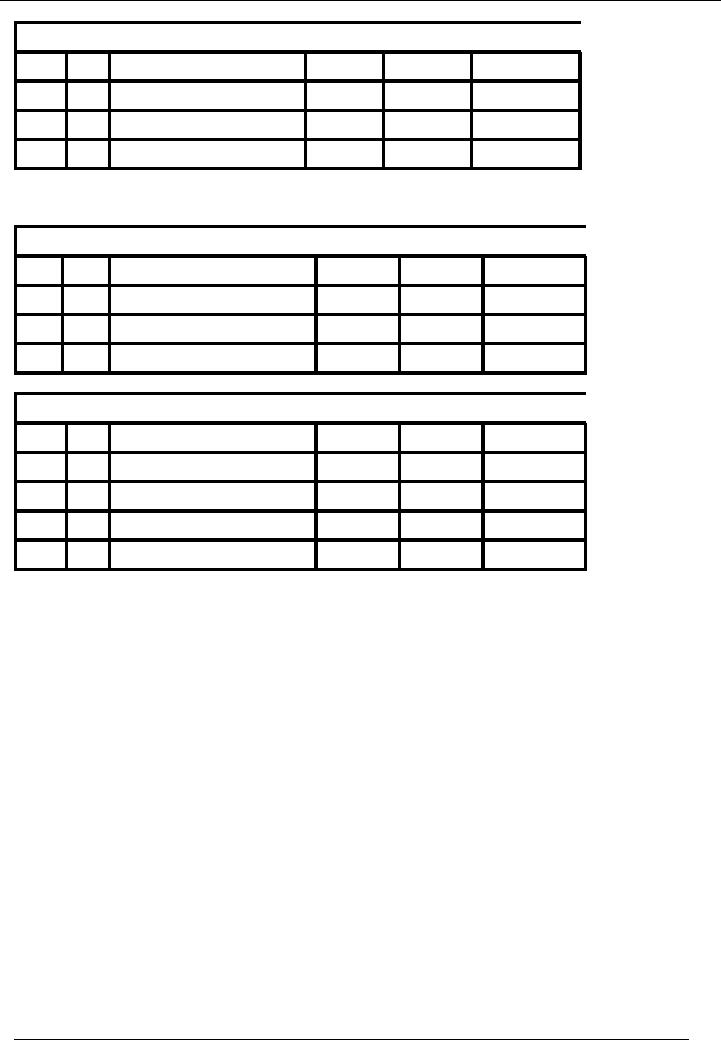
Financial
Accounting (Mgt-101)
VU
Stock
Account Code --
Date
No.
Narration
Dr.
Rs.
Cr.
Rs.
Bal.
Dr/(Cr)
1
Purchased
goods for cash
10,000
10,000
2
Purchased goods on credit from
ABC Co. Rs.
25,000
ABC
Co.
Code
--
Date
No.
Narration
Dr.
Rs.
Cr.
Rs.
Bal.
Dr/(Cr)
2
Purchased
goods from ABC
25,000
(25,000)
Stock
Account Code --
Date
No.
Narration
Dr.
Rs.
Cr.
Rs.
Bal.
Dr/(Cr)
1
Purchased
goods for cash
10,000
10,000
2
Purchased
goods from ABC
25,000
35,000
111
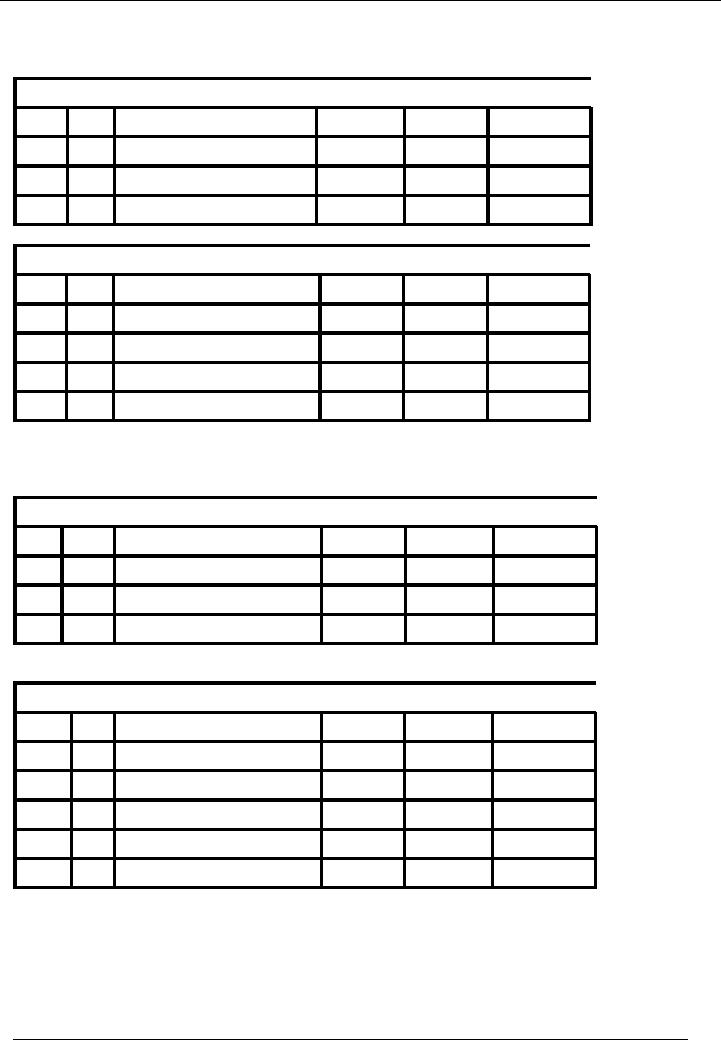
Financial
Accounting (Mgt-101)
VU
3
Sold goods whose cost
was Rs. 20,000
Cost
of Goods Sold
Code
--
Date
No.
Narration
Dr.
Rs.
Cr.
Rs.
Bal.
Dr/(Cr)
3
Goods
sold
20,000
20,000
Stock
Account Code --
Date
No.
Narration
Dr.
Rs.
Cr.
Rs.
Bal.
Dr/(Cr)
1
Purchased
goods for cash
10,000
10,000
2
Purchased
goods from ABC
25,000
35,000
3
Goods
sold
20,000
15,000
4
Returned goods to ABC Co.
cost Rs. 5,000
ABC
Co.
Code
--
Date
No.
Narration
Dr.
Rs.
Cr.
Rs.
Bal.
Dr/(Cr)
2
Purchased
goods from ABC
25,000
(25,000)
4
Returned
goods to ABC
5,000
(20,000)
Stock
Account Code --
Date
No.
Narration
Dr.
Rs.
Cr.
Rs.
Bal.
Dr/(Cr)
1
Purchased
goods for cash
10,000
10,000
2
Purchased
goods from ABC
25,000
35,000
3
Goods
sold
20,000
15,000
4
Returned
goods to ABC
5,000
10,000
112
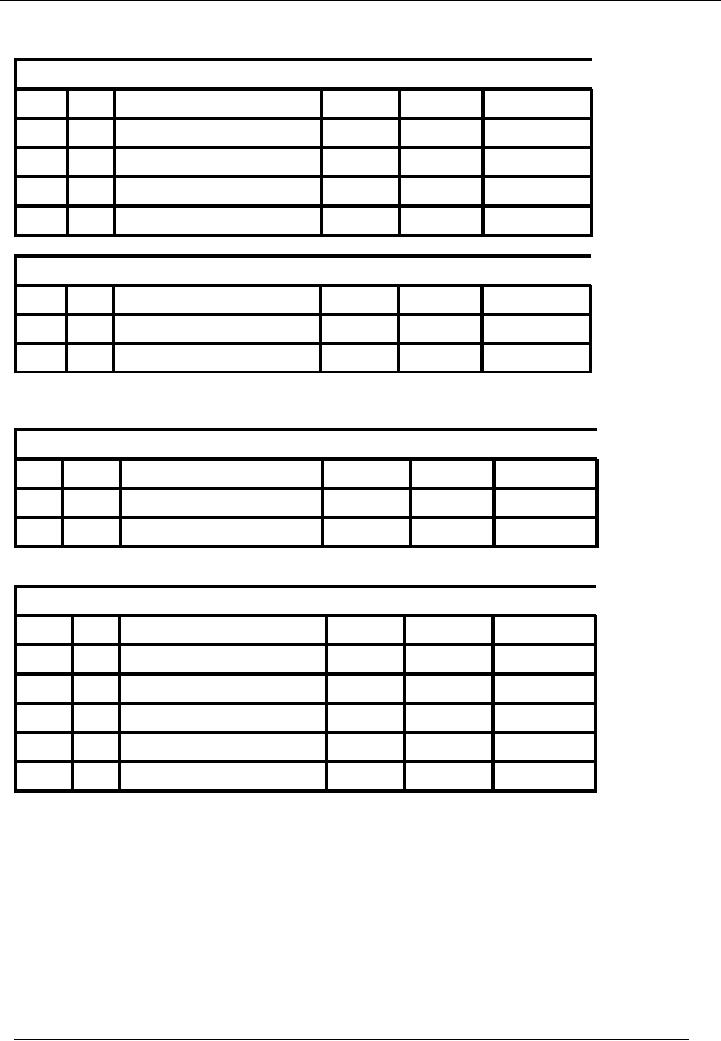
Financial
Accounting (Mgt-101)
VU
5
Paid to ABC Co. Rs.
15,000 through cheque
ABC
Co.
Code
--
Date
No.
Narration
Dr.
Rs.
Cr.
Rs.
Bal.
Dr/(Cr)
2
Purchased
goods from ABC
25,000
(25,000)
4
Returned
goods to ABC
5,000
(20,000)
5
Paid
to ABC
15,000
(5,000)
Bank
Account Code --
Date
No.
Narration
Dr.
Rs.
Cr.
Rs.
Bal.
Dr/(Cr)
5
Paid
to ABC
15,000
6
Sold goods whose cost
was Rs. 5,000
Cost
of Goods Sold
Code
--
Date
No.
Narration
Dr.
Rs.
Cr.
Rs.
Bal.
Dr/(Cr)
3
Goods
sold
20,000
20,000
6
Goods
sold
5,000
25,000
Stock
Account Code --
Date
No.
Narration
Dr.
Rs.
Cr.
Rs.
Bal.
Dr/(Cr)
1
Purchased
goods for cash
10,000
10,000
2
Purchased
goods from ABC
25,000
35,000
3
Goods
sold
20,000
15,000
4
Returned
goods to ABC
5,000
10,000
6
Goods
sold
5,000
5,000
113
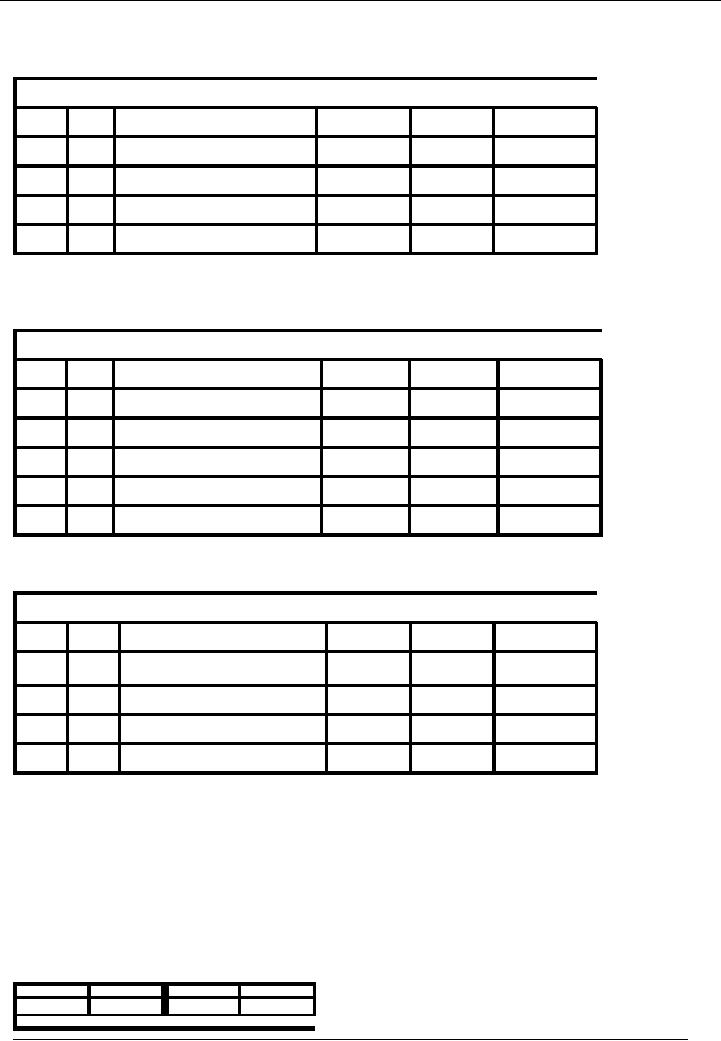
Financial
Accounting (Mgt-101)
VU
Q1
What is the cost of goods
sold?
Cost
of Goods Sold
Code
--
Date
No.
Narration
Dr.
Rs.
Cr.
Rs.
Bal.
Dr/(Cr)
3
Goods
sold
20,000
20,000
6
Goods
sold
5,000
25,000
Q2
What is the value of closing
stock?
Stock
Account Code --
Date
No.
Narration
Dr.
Rs.
Cr.
Rs.
Bal.
Dr/(Cr)
1
Purchased
goods for cash
10,000
10,000
2
Purchased
goods from ABC
25,000
35,000
3
Goods
sold
20,000
15,000
4
Returned
goods to ABC
5,000
10,000
6
Goods
sold
5,000
5,000
Q3
What amount is payable to ABC
Co.?
ABC
Co.
Code
--
Date
No.
Narration
Dr.
Rs.
Cr.
Rs.
Bal.
Dr/(Cr)
2
Purchased
goods from ABC
25,000
(25,000)
4
Returned
goods to ABC
5,000
(20,000)
5
Paid
to ABC
15,000
(5,000)
Example
2
·
Using the
following data calculate the
Cost of Goods Sold of XYZ
Co.
Stock
levels
Opening
Rs.
Closing
Rs.
Raw
material
100,000
85,000
Work
in process
90,000
95,000
Finished
goods
150,000
140,000
Purchase
of raw material during the
period Rs. 200,000
Paid
to labour Rs. 180,000 out of
which Rs. 150,000 used on
production.
Other
production costs Rs.
50,000
O/S
100,000
Raw
Material Account
114
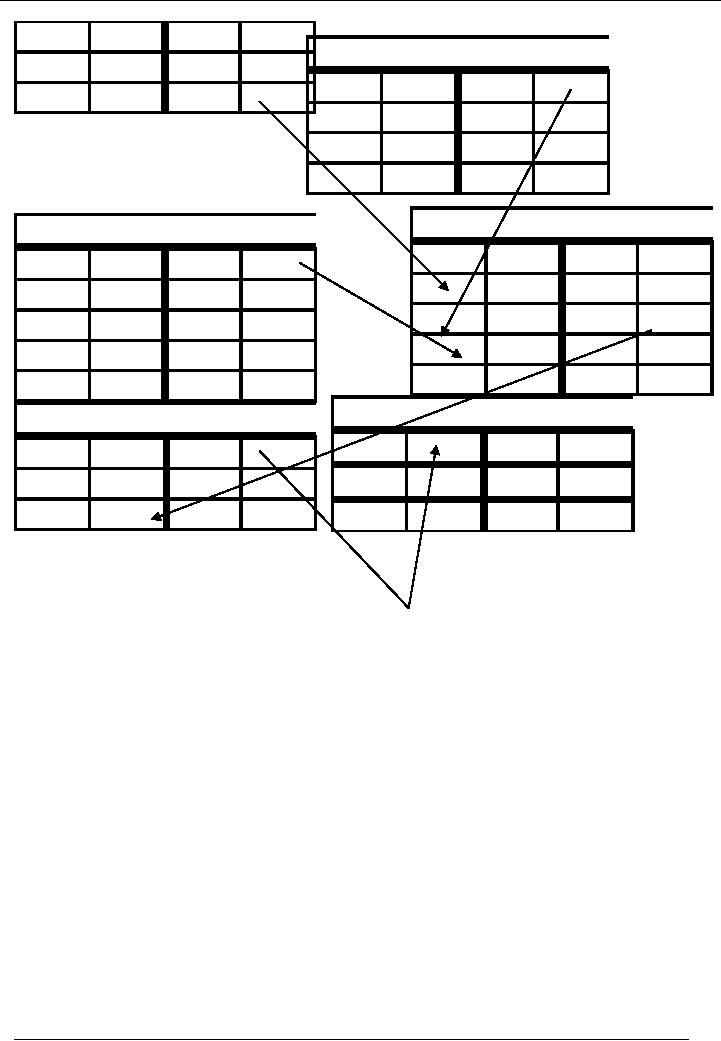
Financial
Accounting (Mgt-101)
VU
Purch.
200,000
WIP
215,000
Labour
Account
C/S
85,000
Cost
180,000
Charge
150,000
Total
300,000
Total
300,000
Total
180,000
Total
180,000
Work
in Process Account
Other
Costs Account
O/B
90,000
Paid
50,000
Charge
50,000
Raw
M
215,000
Labour
150,000
F/G
410,000
O/H
50,000
C/B
95,000
Total
505,000
Total
505,000
Total
50,000
Total
50,000
Cost
of goods sold
Finished
Goods Stock Account
F/G
420000
O/S
150,000
COS
420,000
WIP
410,000
C/S
140,000
Total
560,000
Total
460,000
ILLUSTRATION
# 1
Record
the following transactions
· Purchased
goods for cash Rs,
10,000
· Purchased
goods from Ali Brothers.
worth of Rs. 20,000
· Sold
goods having cost of
Rs.15,000
· Returned
goods to Ali Brothers. worth of
Rs. 4,000
· Sold
goods having cost of Rs.
5,000
· Paid
to Ali Brothers. Rs.
10,000.
Also
ascertain
· Cost
of goods sold.
· Value
of closing stock.
· Payable
to Ali Brothers.
115
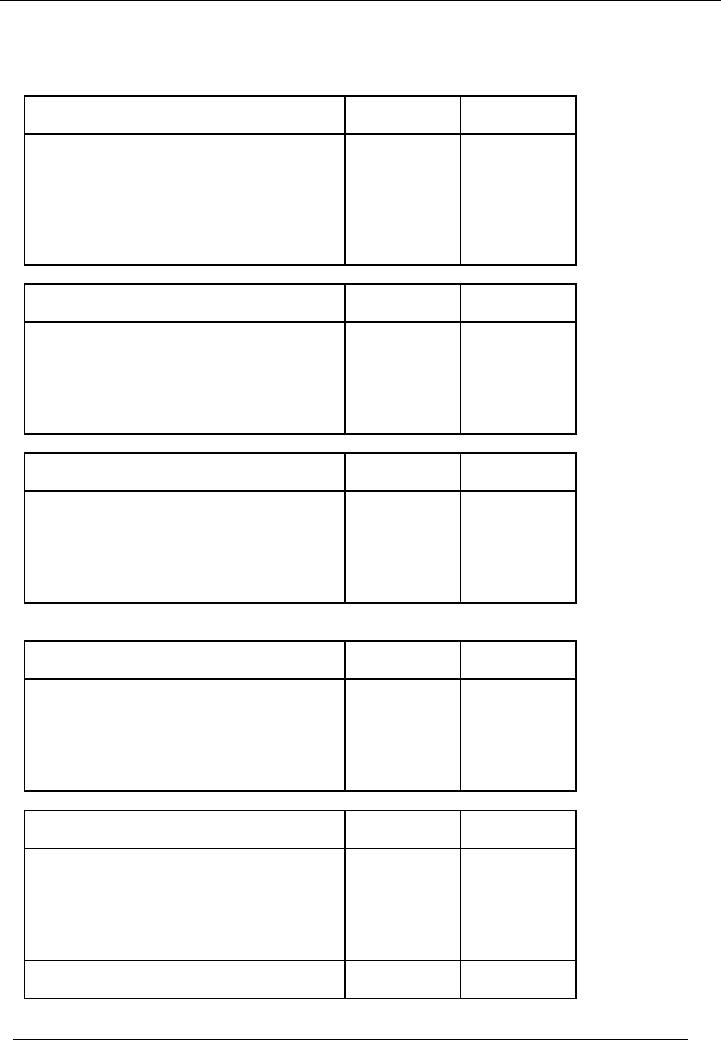
Financial
Accounting (Mgt-101)
VU
SOLUTION
First, we
will pass journal
entries
Particulars
Amount(Dr.)
Amount(Cr.)
Rs.
Rs.
Stock
Account
10,000
Cash
Account
10,000
Goods
purchased for cash
Particulars
Amount(Dr.)
Amount(Cr.)
Rs.
Rs.
Stock
Account
20,000
Ali
Brothers.
20,000
Goods
purchased from Ali
Brothers.
Particulars
Amount(Dr.)
Amount(Cr.)
Rs.
Rs.
Cost
of goods sold
15,000
Stock
Account
15,000
Goods
sold whose cost was
Rs. 15,000
Particulars
Amount(Dr.)
Amount(Cr.)
Rs.
Rs.
Ali
Brothers.
4,000
Stock
Account
4,000
Goods
returned to Ali Brothers.
Particulars
Amount(Dr.)
Amount(Cr.)
Rs.
Rs.
Cost
of goods sold
5,000
Stock
Account
5,000
Goods
sold whose cost was
Rs. 5,000
Particulars
Amount(Dr.)
Amount(Cr.)
Rs.
Rs.
116
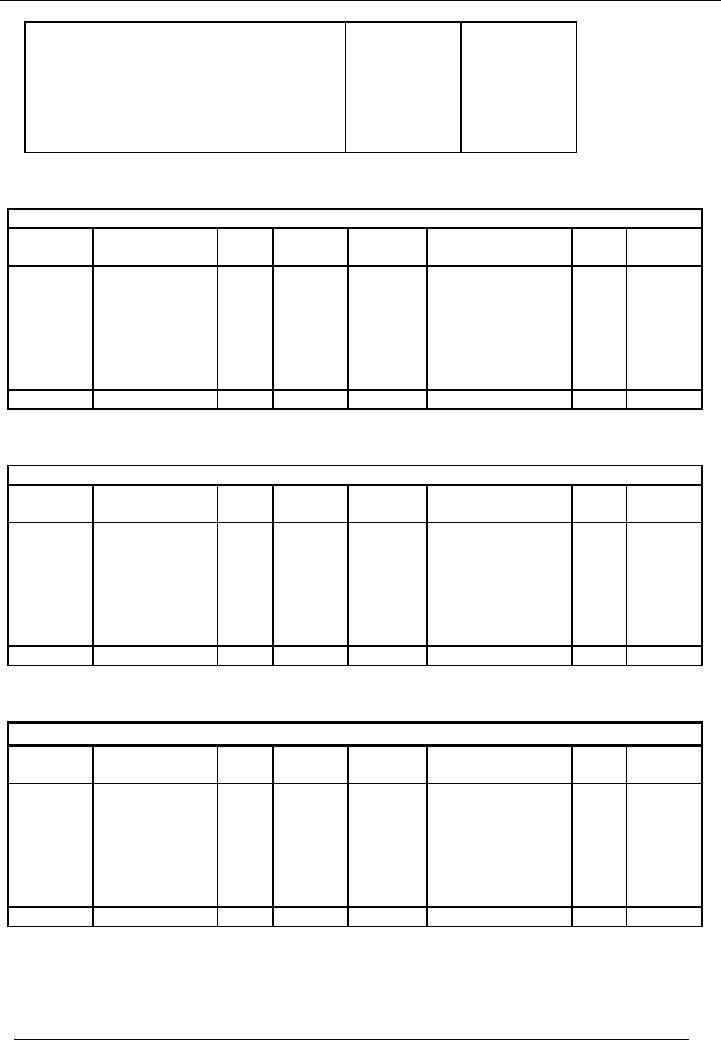
Financial
Accounting (Mgt-101)
VU
Ali
Brothers. Account
10,000
Cash
Account
10,000
Paid
to Ali Brothers.
PAYABLE
TO ALI BROTHERS
Ali
Brothers Account
Date
Particulars
Code
Amount
Date
Particulars
Code
Amount
#
Rs.
(Dr.)
#
Rs.
(Cr.)
Goods
returned
4,000
Purchased
goods
20,000
Paid
cash
10,000
BALANCE
6,000
Total
20,000
Total
20,000
COST
OF GOODS SOLD
Cost
of goods sold
Account
Date
Particulars
Code
Amount Date
Particulars
Code
Amount
#
Rs.
(Dr.)
#
Rs.
(Cr.)
Goods
sold
15,000
Goods
sold
5,000
BALANCE
20,000
Total
20,000
Total
20,000
VALUE OF
CLOSING STOCK
Stock
Account
Date
Particulars
Code
Amount
Date
Particulars
Code
Amount
#
Rs.
(Dr.)
#
Rs.
(Cr.)
Purchased
10,000
Goods
sold
15,000
goods
for cash
Returned
to
Ali
4,000
Purchased
20,000
Brothers
goods
from Ali
Goods
sold
5,000
Brothers.
BALANCE
6,000
Total
30,000
Total
30,000
ILLUSTRATION
# 2
·
Using the
following data calculate the
Cost of Goods Sold of XYZ
Co.
Stock
levels
Opening
Rs.
Closing
Rs.
Raw
material
100,000
85,000
117
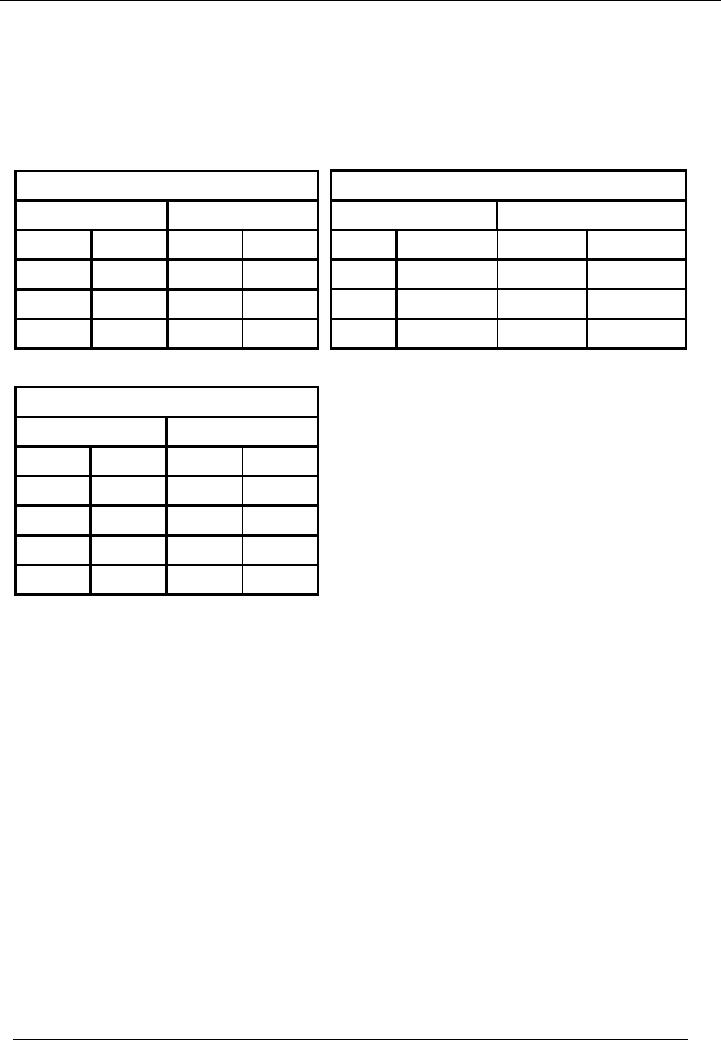
Financial
Accounting (Mgt-101)
VU
Work
in process
90,000
95,000
Finished
goods
150,000
140,000
o Purchase
of raw material during the
period Rs. 200,000
o Paid
to labour Rs. 180,000 out of
which Rs. 150,000 used on
production.
o Other
production costs Rs.
50,000
SOLUTION
Labour
Account
Raw
Material Stock
Account
Debit
Credit
Debit
Credit
O/S
100,000
Cost
180,000Charged
150,000
Purchases
200,000
WIP
215,000
C/S
85,000
300,000
Total
180,000Total
180,000
Total
300,000
Total
Other
Costs Account
Debit
Credit
Paid
50,000
Charge
50,000
Total
50,000
Total
50,000
118
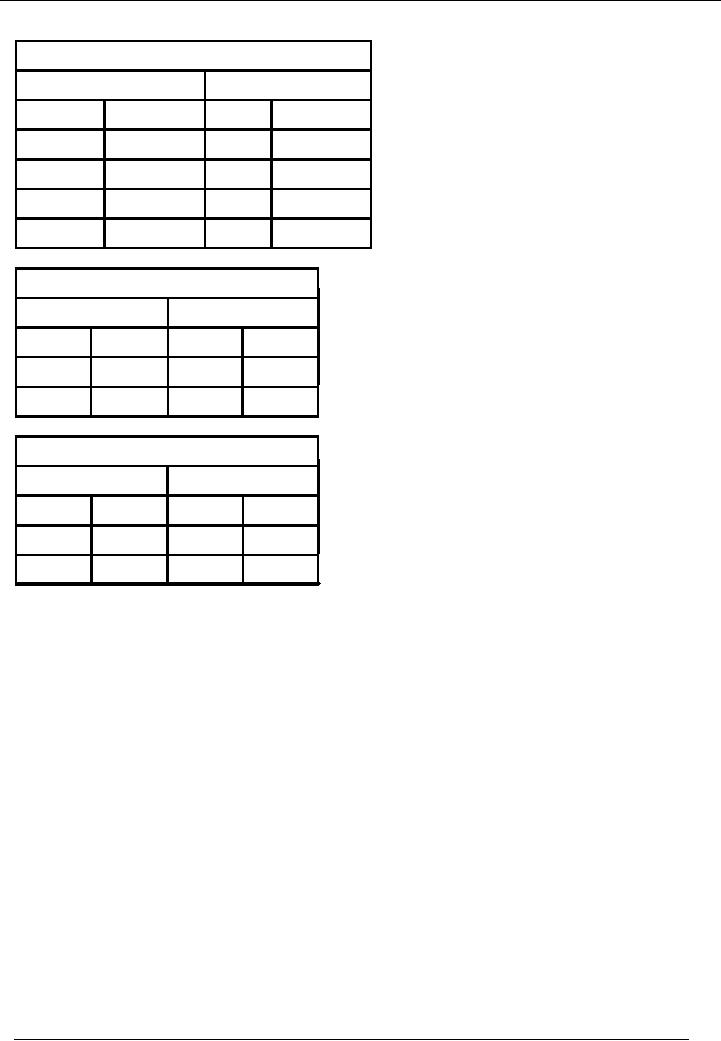
Financial
Accounting (Mgt-101)
VU
Work
in Process Account
Debit
Credit
O/B
90,000
Raw
M
215,000
Labor
150,000
F/G
410,000
O/H
50,000
C/B
95,000
Total
505,000
Total
505,000
Finished
Goods Stock
Account
Debit
Credit
O/S
150,000
COS
420,000
WIP
410,000
C/S
140,000
Total
560,000
Total
560,000
Cost
of Goods Sold
Account
Debit
Credit
F/G
420,000
·
In the
Raw Material Account, the
debit side contains:
o Opening
balance
100,000
o Purchases
200,000
·
On the credit
side, closing balance of Rs.
85,000 is shown along with the
balancing figure of Rs.
215,000
which
is charged to work in process OR
WIP account through the
following entry:
Debit:
Work
in process OR WIP
Account
Credit:
Raw
Material Account
·
Labour
cost of Rs. 180,000 is given,
out of which Rs. 150,000 is
charged to production. (Remaining
cost
of Rs.
30,000 will be explained in some later
stage). That means Rs.
150,000 are charged to work
in
process
OR WIP account through the
following entry:
Debit:
Work
in process OR WIP
Account
Credit:
Labour
Cost Account
119
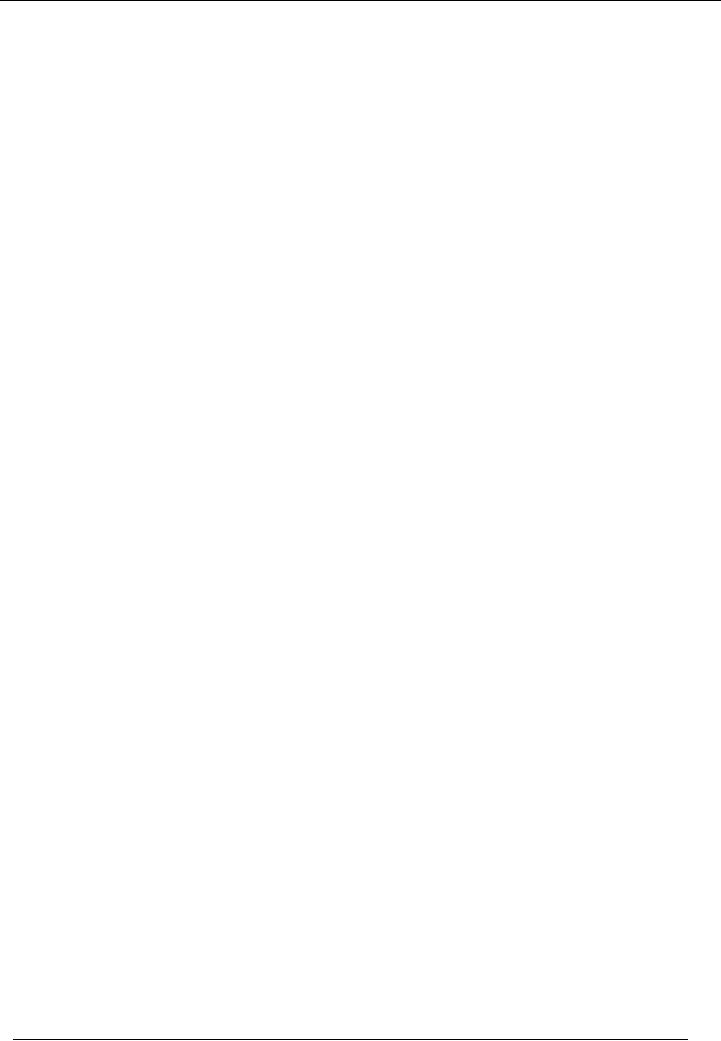
Financial
Accounting (Mgt-101)
VU
·
Other
costs of Rs. 50,000 is also
charged to work in process OR
WIP account through the
following
entry:
Debit:
Work
in process OR WIP
Account
Credit:
Other
Costs Account
·
Work
in process account has the
opening balance of Rs.
90,000 and closing balance
of Rs. 95,000. After
charging
all the above mentioned accounts to
WIP. Balancing figure of
work in process of Rs.
410,000 is
charged
to finished goods account
through the following entry:
Debit:
Finished
Goods Account
Credit:
Work
in process Account
·
Finished
goods account has the
opening balance of Rs.
150,000 and closing balance
of Rs. 140,000.
After
charging WIP account to Finished
goods, the balancing figure of
Rs. 420,000, is charged to
cost of
goods
sold account through the
following entry:
Debit:
Cost
of Goods Sold Account
Credit:
Finished
Goods Account
120
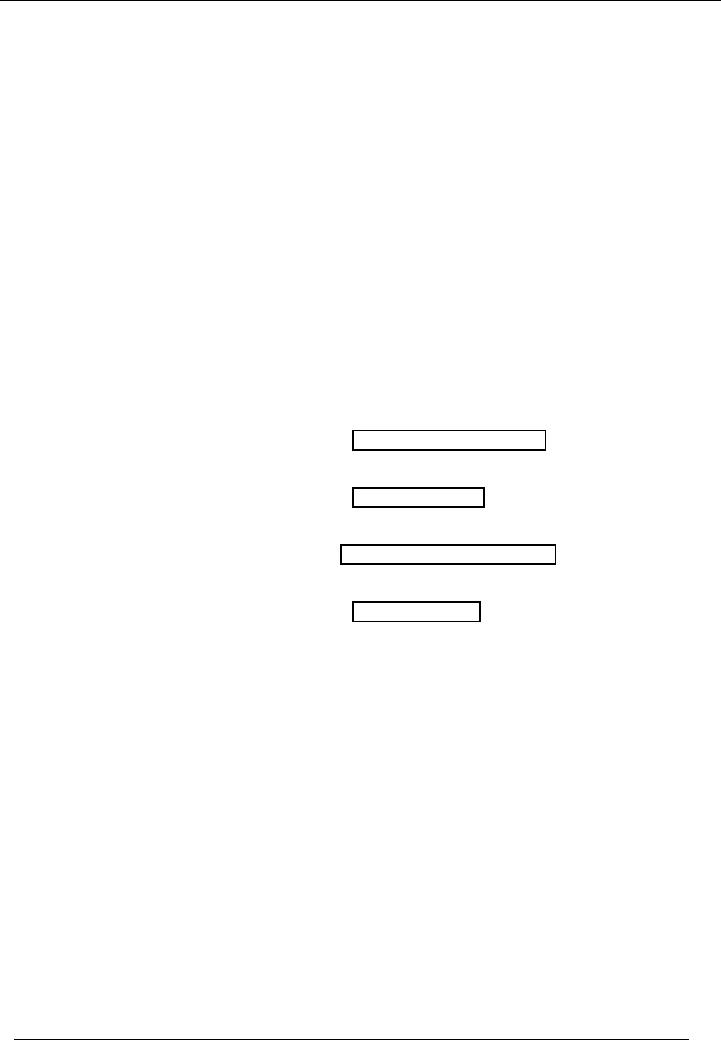
Financial
Accounting (Mgt-101)
VU
Lesson-16
COST
OF GOODS SOLD
STATEMENT
In manufacturing
concern, separate books are maintained to
keep the record of every
single work done in
manufacturing
process to ascertain cost incurred on
production of goods. This
record gives
information
about
total cost incurred on manufacturing
process and per unit
cost of goods manufactured.
When goods
are
produced, these are sold to
the customers of the business and
goods unsold are taken into
stock. At the
end of
the financial year, manufacturing concern
prepares a statement which gives the
brief summary of the
whole
process.
This
statement shows the value of
raw material consumed, amount
spent on labour and other
factory
expenses,
finished goods produced and
goods unsold (in stock).
Such statement is called `cost
of goods
sold
statement'. Manufacturing
concerns, while presenting financial
statements, also present
cost of goods
sold
statement.
Standard
format of cost of goods sold
statement is given below:
Raw
Material:
O/S
Raw Material
+
Purchases
+ Cost
Incurred to Purchase RM
- C/S
Raw Material
Cost
of Material Consumed
Conversion
Cost:
+
Direct Labour Cost
+
Factory Overheads
Total
Factory Cost
Work
in Process
+ O/S
of WIP
- C/S
of WIP
Cost
of Goods Manufactured
Finished
Goods
+ O/S
of Finished Goods
- C/S
of Finished Goods
Cost
of Good Sold
Cost
of material consumed is the
cost of material used for
consumption that has been
put in the
production
process. This head shows the
raw material left unused
from the previous year(opening
stock),
raw
material purchased in the current year,
expenses incurred in bringing the
purchased material into
the
business
premises and raw material
that is not used in the current
year(closing stock).
Over
Heads are
the other costs incurred in relation of
manufacturing of goods.
Examples
are factory utilities, supervisor
salaries, equipment repairs
etc.
Total
factory cost is the
cost of material consumed
plus labour and over
heads. In other words it is
the
total
cost incurred in the factory.
Cost
of goods manufactured is
total factory cost plus
opening stock of work in
process less closing
stock
of
work in process.
Cost
of goods sold is the
cost of goods manufactured
plus opening stock of
finished goods less
closing
stock
of finished goods.
Prime/Basic
Cost = Cost
of Direct Material Consumed +
Direct Labour cost
121
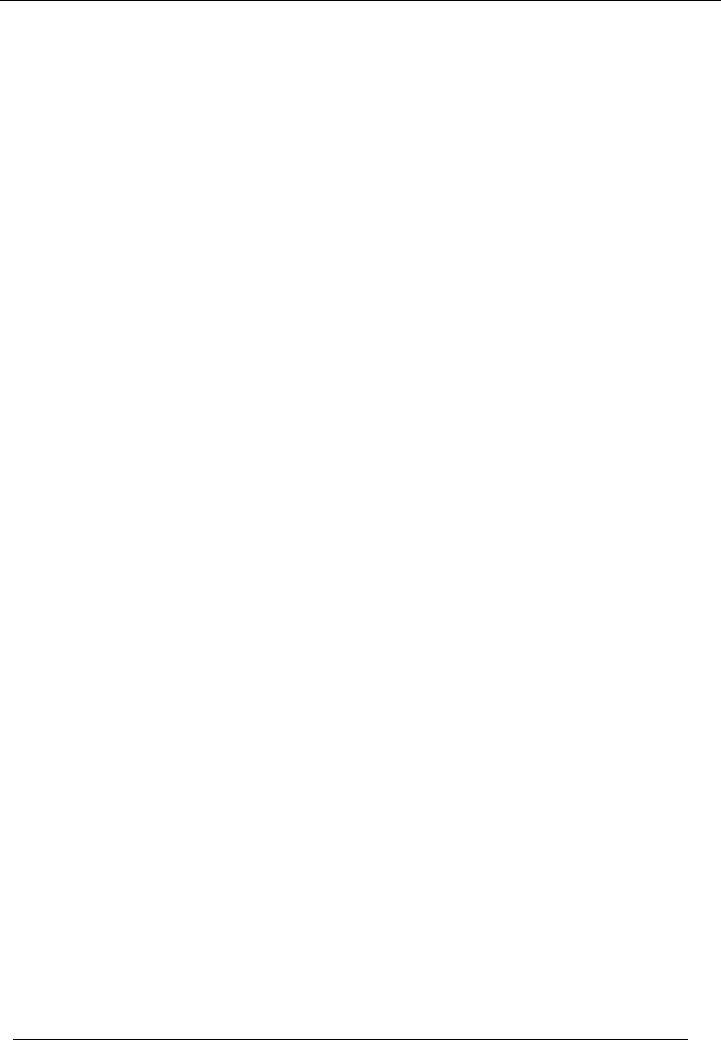
Financial
Accounting (Mgt-101)
VU
Conversion
cost
it is
the cost incurred to convert
raw material to finished
goods.
Conversion
cost =
Labour cost + factory
overhead
Example
·
Using the
following data calculate the
Cost of Goods Sold of XYZ
Co.
Stock
levels
O/S
Rs.
C/S
Rs.
Raw
material
100,000
85,000
Work
in process
90,000
95,000
Finished
goods
150,000
140,000
Purchase
of raw material during the
period Rs. 200,000
Paid
to labour Rs. 180,000 out of
which Rs. 150,000 used on
production.
Other
production costs Rs.
50,000
Solution
XYZ
Co.
Cost
of Goods Sols
Statement
For
the period ended-------
Raw
Material:
Opening
Stock Raw Material
100000
+
Purchases
200000
+ Cost
Incurred to Purchase RM
0
-
Closing Stock Raw
Material
(85000)
Cost
of Material Consumed
215000
Conversion
Cost
+
Labour Cost
150000
+Factory
overhead
50000
200000
Total
Factory Costs
415000
Work
in process
+ O/S
of WIP
90000
+ C/S
of WIP
(95000)
Cost
of Goods Manufactured
410000
Finished
Goods
+ O/S
of Finished Goods
150000
+ C/S
of Finished Goods
(140000)
Cost
of Goods Sold
420000
ILLUSTRATION
Following
information of Ahmad & Company is
given. Prepare a cost of goods
sold statement.
Stock
levels
O/S
Rs.
C/S
Rs.
Raw
material
150,000
115,000
Work
in process
50,000
55,000
Finished
goods
120,000
100,000
Purchase
of raw material during the
period Rs. 100,000
Transportation
charges of items purchased
Rs. 5,000
122
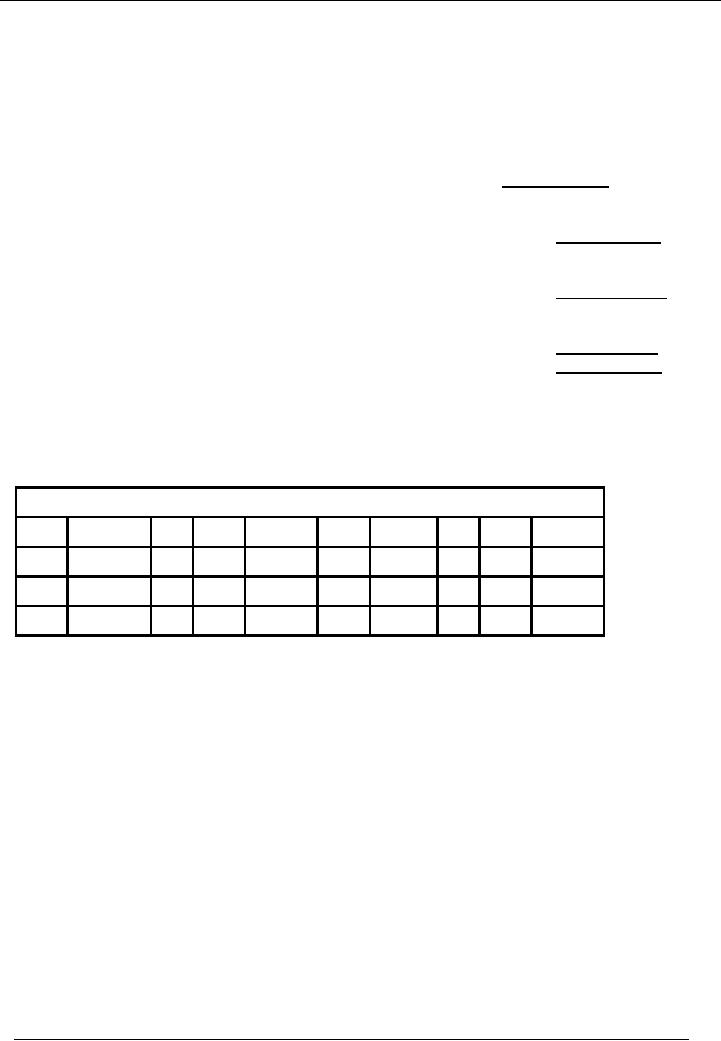
Financial
Accounting (Mgt-101)
VU
Paid
to labour Rs.
100,000.
Other
production costs(FOH) Rs.
80,000
SOLUTION
Raw
Material:
Opening
Stock Raw Material
150,000
+
Purchases
100,000
+ Cost
Incurred to Purchase RM
5,000
-
Closing Stock Raw
Material
(115,000)
Cost
of Material Consumed
140,000
Conversion
Cost:
+
Labour
100,000
+
Factory Overheads
80,000
Total
Factory Cost
320,000
Work
in Process:
+ O/S
of WIP
50,000
- C/S
of WIP
(55,000)
Cost
of Goods Manufactured
315,000
Finished
Goods:
+ O/S
of Finished Goods
120,000
- C/S
of Finished Goods
(100,000)
Cost
of Good Sold
335,000
STOCK
CARD
Stock
card is used to keep the
record of what has come in
stock and what has gone
out of it. Standard
format
of stock card is given below:
Stock
Account Item 01
Date
Receipts
Qty
Rate
Amount
Date
Issues
Qty
Rate
Amount
Stock
card has two
parts.
· Receipt
side
· Issue
side
Both
sides have similar columns
that include:
· Nature
of item to be kept in stock
· Quantity
of items
· Rate
at which it was
purchased
· Total
value of items
Receipt
side is used to record data
of items coming in the stock
and issue side is used to
record information
of
goods issued for manufacturing
process.
VALUATION
OF STOCK
Any
manufacturing organization purchases different
material through out the
year. The prices of
purchases
may be
different due to inflationary
conditions of the economy. The question
is, what item should be issued
first
& what item should be issued later
for manufacturing. For this purpose, the
organization has to make a
123
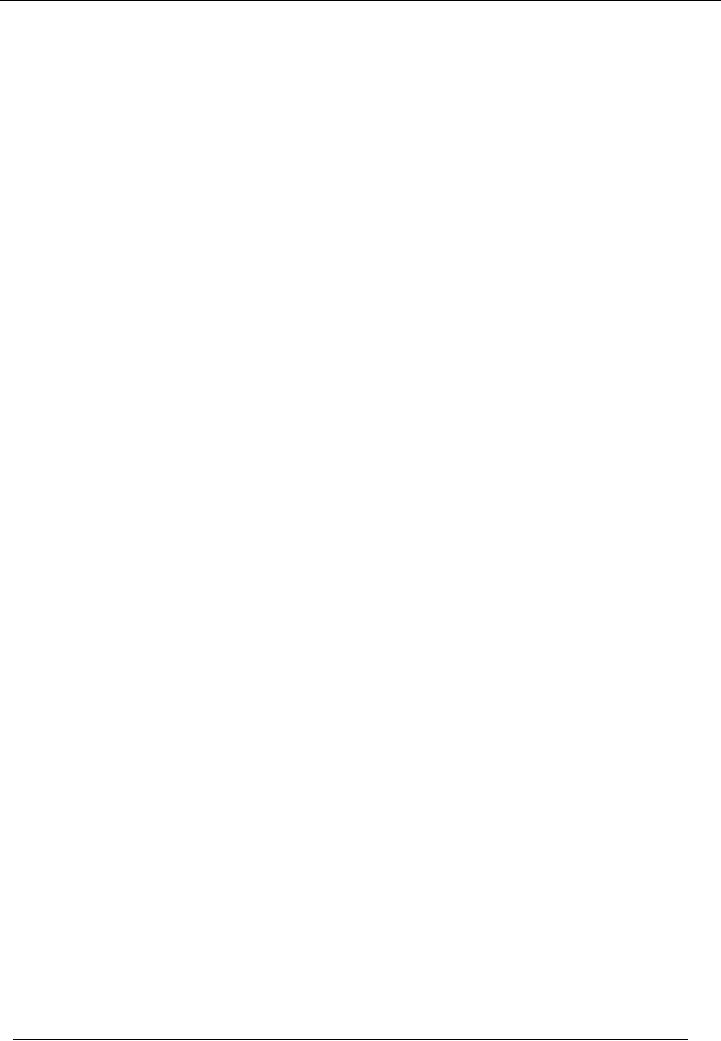
Financial
Accounting (Mgt-101)
VU
policy
for issue of stock. All the
issues for manufacturing and
valuation of stock are
recorded according to
the
policy of the organization. Mostly these
three methods are used
for the valuation of
stock:
· First in
first out (FIFO)
· Last
in first out (LIFO)
· Weighted
average
FIRST
IN FIRST OUT
(FIFO)
The
FIFO method is based on the assumption
that the first merchandise
purchased is the first
merchandised
issued.
The FIFO uses actual
purchase cost. Thus, if
merchandise has been
purchased at several
different
costs,
the inventory (stock) will
have several different cost
prices. The cost of goods
sold for a given
sales
transaction
may involve several
different cost
prices.
CHARACTERISTICS
·
This
is widely used method for determining
values of cost of goods sold
and closing stock.
·
In the
FIFO method, oldest available
purchase costs are
transferred to cost of goods
sold. That
means
the cost if goods sold has a
lower value and the
profitability of the organization
becomes
higher.
·
As the current
stock is valued at recent
most prices, the current assets of the
company have the
latest
assessed values.
LAST
IN FIRST OUT
(LIFO)
As the
name suggests, the LIFO method is
based on the assumption that the
recently purchased
merchandise
is issued first. The LIFO
uses actual purchase cost.
Thus, if merchandise has
been purchased at
several
different costs, the inventory
(stock) will have several
different cost prices. The
cost of goods sold
for
a given
sales transaction may
involve several different
cost prices.
CHARACTERISTICS
·
This is
alternatively used method for determining
values of cost of goods sold
and closing stock.
·
In the
LIFO method recent available
purchase costs are
transferred to cost of goods
sold. That
means
the cost of goods sold has a
higher value and the profitability of the
organization becomes
lower.
·
As the current
stock is valued at oldest
prices, the current assets of the company
have the oldest
assessed
values.
WEIGHTED
AVERAGE METHOD
When
weighted average method is in use, the
average cost of all units in
inventory, is computed after every
purchase.
This average cost is computed by
dividing the total cost of
goods available for sale by
the number
of units in
inventory. Under the average
cost assumption, all items
in inventory are assigned the
same per
unit
cost. Hence, it does not
matter which units are sold;
the cost of goods sold is
always based on current
average
unit cost.
CHARACTERISTICS
·
Under
the average cost assumption,
all items in inventory are
assigned same per unit
cost (the
average
cost). Hence it does not
matter which units are sold
first. The cost of goods
sold is always
on the current
average unit cost.
124
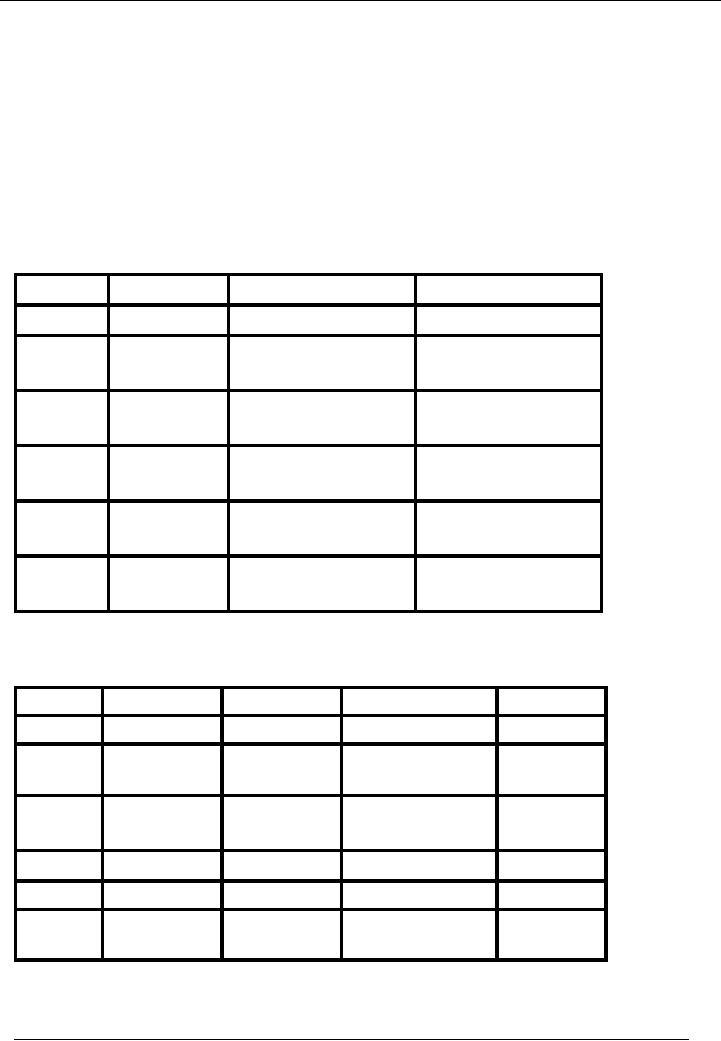
Financial
Accounting (Mgt-101)
VU
·
Since
all inventories are assigned
same cost, this method does
not make any effect on
the
profitability
and does not
increase/decrease any asset in the
financial statements.
· This
is the alternatively used method for determining
values of cost of goods sold
and closing stock.
Example
· Receipts:
01 Jan
20--,
10 units @
Rs. 150 per
unit
02 Jan
20--,
15 units @
Rs. 200 per
unit
10 Jan
20--,
20 units @
Rs. 210 per
unit
· Issues:
05 Jan
20--,
05
units
06 Jan
20--,
10
units
15 Jan
20--,
15
FIFO
Method of Stock
Valuation
Date
Receipts
Issues
Value
of Stock
01-01-20--
10 @
Rs. 150
10 x
150 = 1500 1500
02-01-20--
15 @
Rs. 200
10 x
150 = 1500
15 x
200 = 3000 4500
05-01-20--
5 @
150 = 750
750
5 x
150 = 750
15 x
200 = 3000 3750
06-01-20--
5 @
150 = 750
0 x
150 =
0
5 @
200 = 1000 1750
10 x
200 = 2000 2000
10-01-20--
20 @
Rs. 210
10 x
200 = 2000
20 x
210 = 4200 6200
15-01-20--
10 @
200 = 2000
0 x
200 =
0
5 @
210 = 1050 3050
15 x
210 = 3150 3150
Weighted
Average Method of Stock
Valuation
Date
Receipts
Issues
Value
of Stock
Average
Cost
01-01-20--
10x150
= 1500
1500
1500/10=150
02-01-20--
15x200
= 3000
1500 +
3000 = 4500
4500/25=180
05-01-20--
5x180
= 900
4500
900 = 3600
3600/20=180
06-01-20--
10x180
= 1800
3600
1800 = 1800
1800/10=180
10-01-20--
20x210
= 4200
1800 +
4200 = 6000
6000/30=200
15-01-20--
15x200
= 3000
6000
3000 = 3000
3000/15=200
Effects
of Valuation Method on Profit
FIFO
Method
125
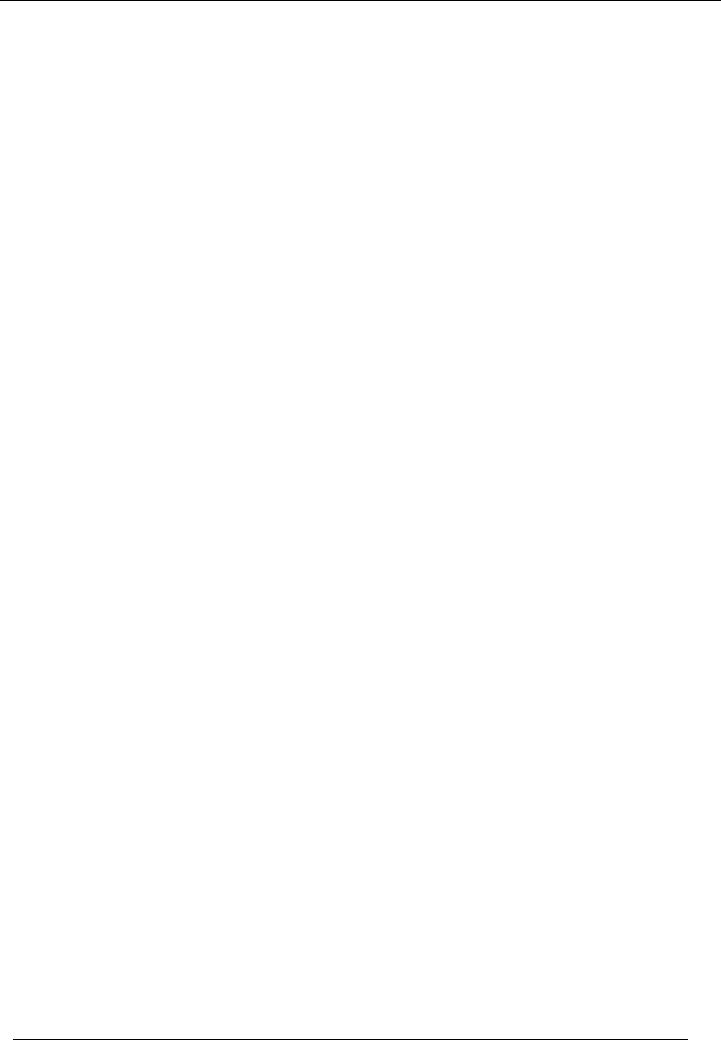
Financial
Accounting (Mgt-101)
VU
·
Cost
of Sales
= 750
+ 1750 + 3050 =
5,550
Gross
Profit
= 7500
5550
=
1,950
Weighted
Average Method
· Cost
of Sales
= 900
+ 1800 + 3000 =
5,700
Gross
Profit
= 7500
5700
=
1,300
ILLUSTRATION
Hamid
& company is a manufacturing concern.
Following is the receipts & issues
record for the month
of
May,
2002
Date
Receipts
Issues
May
7
200
units @ Rs. 50/unit
May
9
60
units
May
13
150
units @ Rs. 75/unit
May
18
100
units @ Rs. 60/unit
May
22
150
units
May
24
100
units
May
27
100
units @ Rs. 50/unit
May
30
200
units
Calculate
the value of closing stock
by
· FIFO
Method
· Average
Method
126
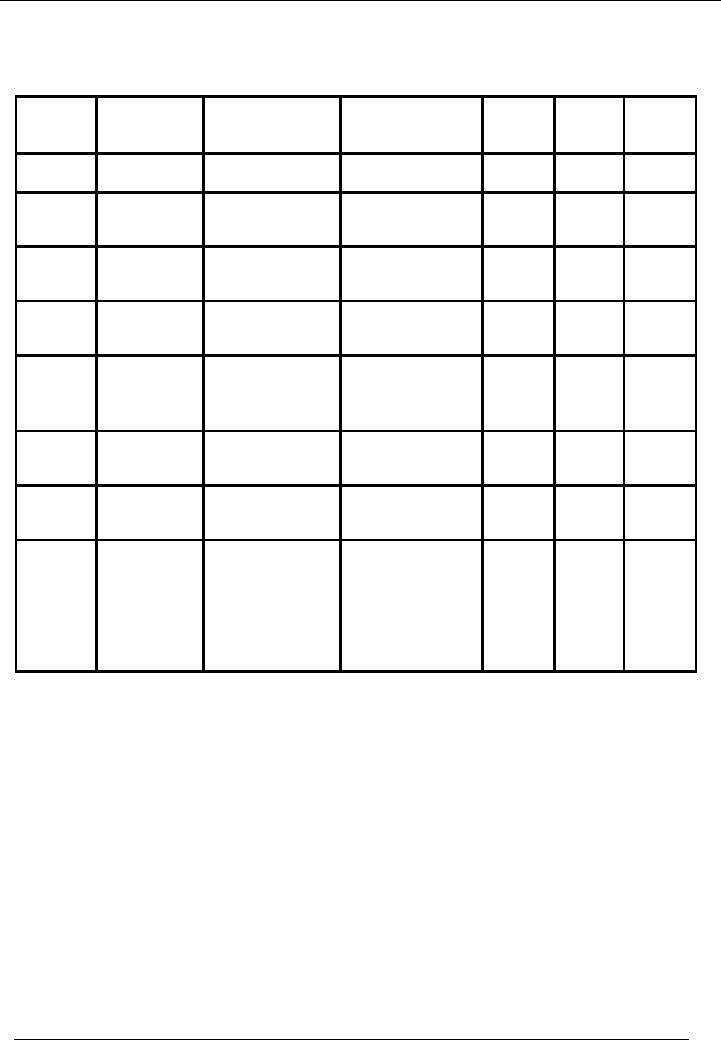
Financial
Accounting (Mgt-101)
VU
SOLUTION
Valuation
of stock by FIFO method
Date
Receipts
Issues
Value
of Stock
Total
Remaining Net
Amount
No. of
Balance
units
May
7
200
units @ Rs.
200 x
50 = 10,000
10,000
200
10,000
50/unit
May
9
60
units
@
Rs.
60 x 50 =
3,000
(3,000)
140
7,000
50/unit
May
13
150
units @ Rs.
75 x
150 = 11,250
11,250
290
18,250
75/unit
May
18
100
units @ Rs.
60 x
100 = 6,000
6,000
390
24,250
60/unit
May
22
140
units @ Rs.
50 x
140 = 7,000
(7,750)
240
16,500
50/unit
10 units
@ Rs.
10 x 75 =
750
75/unit
May
24
100
units @ Rs.
75 x
100 =7,500
(7,500)
140
9,000
75/unit
May
27
100
units @ Rs.
50 x
100 = 5,000
5,000
240
14,000
50/unit
May
30
40 units
@ Rs.
75 x 40 =
3,000
(12,000)
40
2,000
75/unit
100
units @ Rs.
60 x
100 = 6,000
60/unit
60 units
@ Rs.
50 x 60 =
3,000
50/unit
127
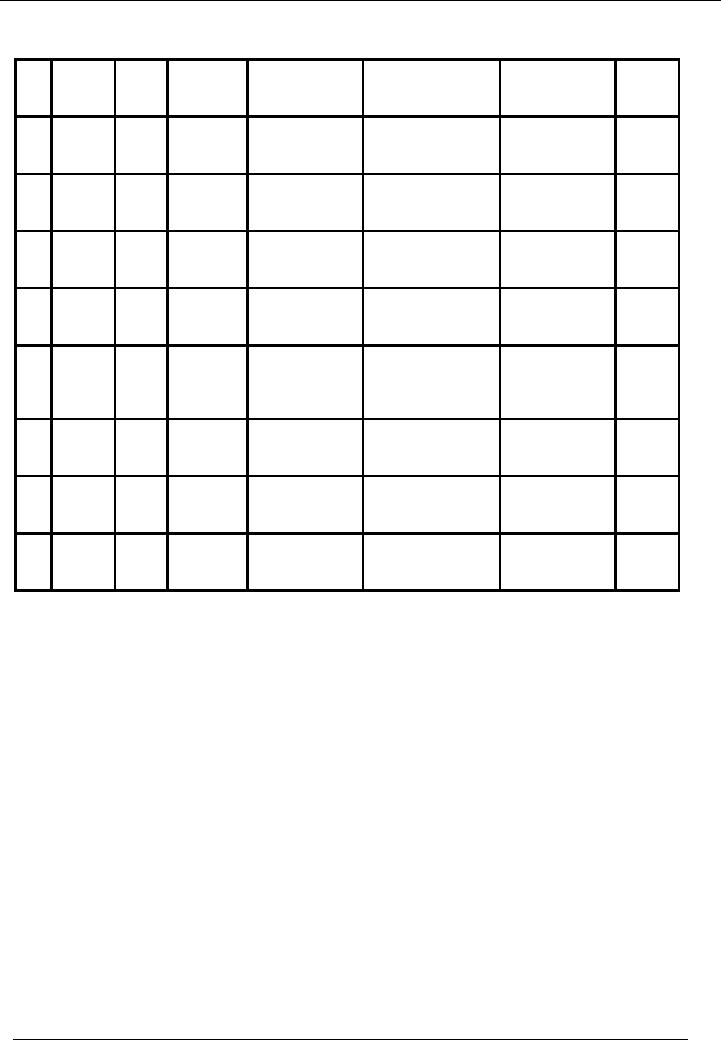
Financial
Accounting (Mgt-101)
VU
Valuation
of stock by weighted average
method:
Date
Receipts Issues
Value
of
Total
Total
Units
Average
Net
Stock
Amount(Rs.)
Cost(Rs.)/unit
Balance(
Rs.)
May
200 units
200 x
50
10,000
200
50
10,000
7 @
Rs.
=
50/unit
10,000
May
60 units 60 x
50
(3,000)
140
7,000
9
=
3,000
May
150 units
150 x
75
7,000+11250
140+150
18250/290
18,250
13
@
Rs.
=
=
=
=
75/unit
11,250
18250
290
62.9
May
100 units
100 x
60
18250+6000
290+100
24250/390
24,250
18
@
Rs.
=
=
=
=
60/unit
6,000
24250
390
62.2
May
150
150 x
62.2
(9,330)
390-150
14,920
22
units
=
=
9330
240
May
100
100 x
62.2
(6,220)
240-100
8,700
24
units
=
=
6220
140
May
100 units
100 x
50
8,700+5,000
140+100
13700/240
13,700
27
@
Rs.
=
=
=
=
50/unit
5,000
13,700
240
57.1
May
200
200 x
57.1
(11,420)
240-200
2,280
30
units
=
=
11,420
40
LIFO
METHOD WILL BE DISCUSSED AT SOME LATER
STAGE
128
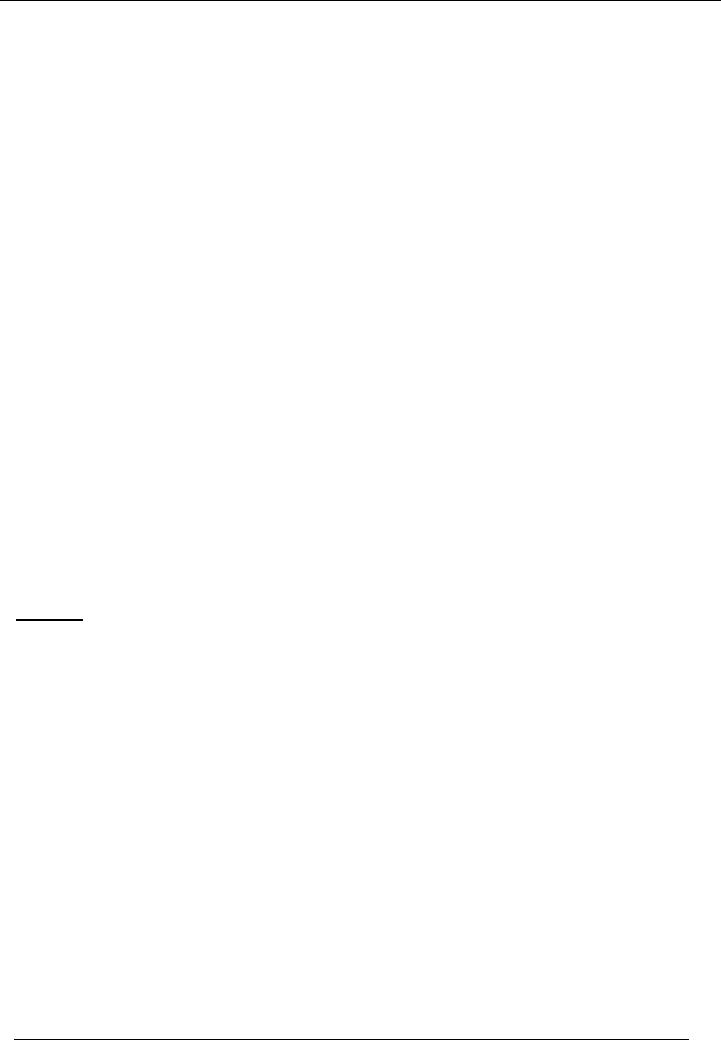
Financial
Accounting (Mgt-101)
VU
Lesson-17
DEPRECIATION
Depreciation
is a systematic allocation of the cost of a
depreciable asset to expense
over its useful life. It is
a
process
of charging the cost of fixed
asset to profit & loss
account.
Fixed
Assets are
those assets which
are:
· Of
long life
· To be
used in the business to generate
revenue
· Not
bought with the main purpose
of resale.
Fixed
assets are also called
"Depreciable Assets"
When
an expense is incurred, it is charged to
profit & loss account of the
same accounting period in
which it
has
incurred. Fixed assets are
used for longer period of time.
Now, the question is how to charge a
fixed
asset
to profit & loss account.
For this purpose, estimated
life of the asset is determined.
Estimated useful
life
is the number of years in which a fixed
asset is expected to be used
efficiently. It is the life for
which a
machine
is estimated to provide more
benefit than the cost to run
it. Then, total cost of the
asset is divided
by
total number of estimated years.
The value, so determined, is
called `depreciation for the
year' and is
charged
to profit & loss account.
The same amount is deducted
from total cost of fixed
asset in the financial
year
in which depreciation is charged. The net
amount (after deducting depreciation) is called `Written
down
Value'.
WDV =
Original cost of fixed asset
Accumulated Depreciation
Accumulated
Depreciation is the depreciation that has
been charged on a particular asset
from the time of
purchase
of the asset to the present time. This is the amount
that has been charged to
profit and loss
account
from the year of purchase to the
present year.
Depreciation
accumulated over the years is
called accumulated
depreciation.
Useful
life
· Useful
Life / Economic Life is the time period
for machine is expected to
operate efficiently.
· It is the
life for which a machine is
estimated to provide more
benefit than the cost to run
it.
GROUPINGS
OF FIXED ASSETS
Major
groups of Fixed
Assets:
· Land
· Building
· Plant
and Machinery
· Furniture
and Fixtures
· Office
Equipment
· Vehicles
No depreciation is
charged for `Land'. In case of
`Leased Asset/Lease Hold
Land' the amount paid for it is
charged
over the life of the lease
and is called Amortization.
RECORDING
OF JOURNAL ENTRIES
Purchase
of fixed asset:
Debit:
Relevant
asset account
Credit:
Cash,
Bank or Payable Account
129
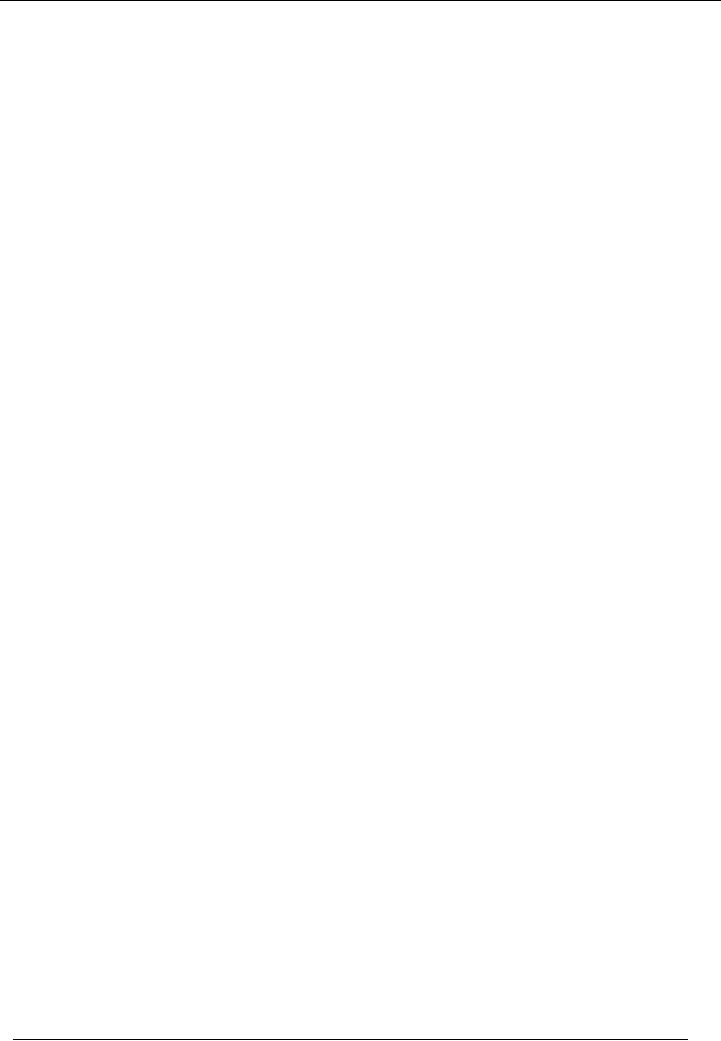
Financial
Accounting (Mgt-101)
VU
For
recording of depreciation, following two
heads of accounts are
used:
· Depreciation
Expense Account
· Accumulated
Depreciation Account
Depreciation
expense account contains the depreciation
of the current year. Accumulated depreciation
contains
the depreciation of the asset from the financial
year in which it was bought
up to the present
financial
year. . Depreciation of the following
years in which asset was
used is added up in this account.
In
other
words, this head of account
shows the cost of usage of the
asset up to the current year.
Depreciation
account
is charged to profit & loss
account under the heading of
Administrative Expenses. In the
balance
sheet,
fixed assets are presented
at written down value.
i-e.
WDV =
Actual cost of fixed asset
Accumulated Depreciation.
Journal
entry for the depreciation is given
below:
Debit:
Depreciation
Expenses Account
Credit:
Accumulated
Depreciation Account
PRESENTATION
OF DEPRECIATION
Charging
depreciation to any head in profit &
loss account depends upon
the nature of work performed
by
the
asset. Consider an organization has
purchased computers. If computers
are being used by the
management,
this means that administrative work is
done by computers. So, depreciation of
computers will
be
charged to Administrative Expenses. On
the other hand, if machines
working in the factory are
computerized.
The value of depreciation of the
computers attached with the
machines will be charged
to
cost
of goods sold. The reason
being, the computers are the
part of manufacturing process & depreciation
of
computers
will be charged to the cost of
production. Again consider the
selling department of the business
is
very
large. Depreciation of computers
used in selling department will be
charged to selling
expenses.
You
can see that computer is a single
asset and its depreciation is
charged in three different
heads depending
upon
the nature of work done by the
computer.
Depreciation
for the year is charged
to:
i.
Cost
of Goods Sold
ii.
Administrative
Expenses
iii.
Selling
Expenses
·
In
balance sheet Fixed Assets
are shown at Cost less
Accumulated Depreciation i.e. Written
Down
Value
(WDV)
METHODS
OF CALCULATING DEPRECIATION
There
are several
methods for calculating depreciation. At
this stage, we will discuss
only two of them
namely:
· Straight
line method or Original cost
method or Fixed installment
method
· Reducing
balance method or Diminishing
balance method or written
down method.
STRAIGHT
LINE METHOD
130
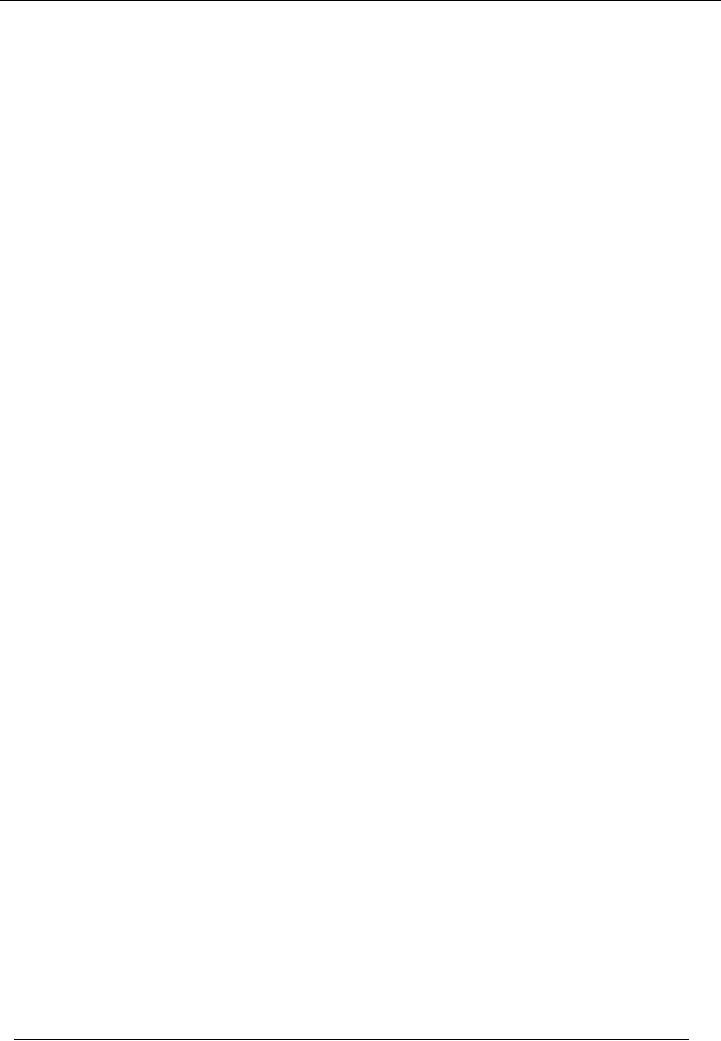
Financial
Accounting (Mgt-101)
VU
Under
this method, a fixed amount is calculated by a
formula. That fixed amount is
charged every year
irrespective
of the written down value of the
asset. The formula for
calculating the depreciation is given
below:
Depreciation
= (cost Residual value) / Expected
useful life of the
asset
Residual
value is the
cost of the asset after the expiry of
its useful life.
Under
this method, at the expiry of asset's
useful life, its written
down value will become
zero. Consider the
following
example:
·
Cost
of the Asset
=
Rs.100,000
·
Life
of the Asset
= 5
years
·
Annual
Depreciation
= 20 % of
cost or Rs.20,000
Written
down value method
·
Cost
of the Asset
= Rs.
100,000
·
Annual
Depreciation
=
20%
Year 1
Depreciation
= 20 % of
100,000
=
20,000
Year 1
WDV
=
100,000 20,000
=
80,000
Year 2
Depreciation
= 20 % of
80,000
=
16,000
Year 2
WDV
=
80,000 16,000
=
64,000
Example
Cost
of an asset: Rs.
120,000
Residual
value: Rs. 20,000
Expected
life:
Rs. 5
years
Calculate
depreciation and the written down
value of the asset for five
years.
131
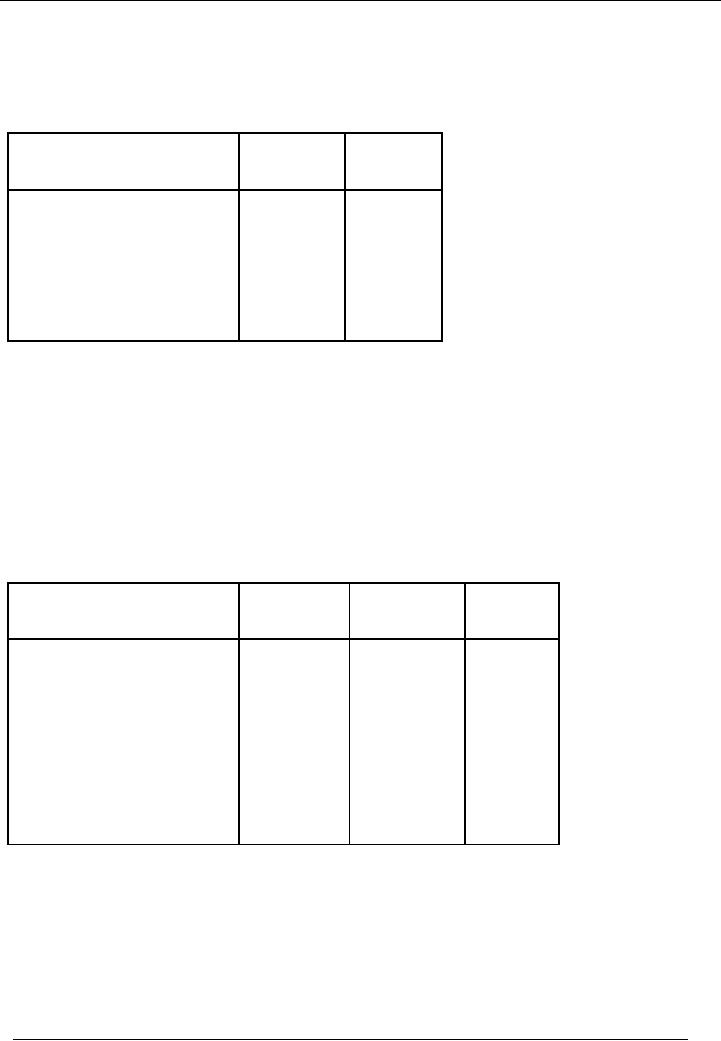
Financial
Accounting (Mgt-101)
VU
SOLUTION
Straight
line method
Depreciation
= (120,000 20,000) / 5 = Rs.
20,000
Particulars
Depreciation
Written
(Rs)
Down
Value
(Rs.)
100,000
Depreciable
cost
(20,000)
80,000
Dep.
Of the 1st year
Dep.
Of the 2nd year
(20,000)
60,000
Dep.
Of the 3rd year
(20,000)
40,000
(20,000)
20,000
Dep.
Of the 4th year
Dep.
Of the 5th year
(20,000)
0
REDUCING
BALANCE METHOD
Under
this method, depreciation is calculated on written
down value. In the first
year, depreciation is
calculated
on cost. Afterwards written
down value is calculated by deducting
accumulated depreciation from
the
cost of that asset(cost
accumulated depreciation) and depreciation is
charged on that value. In
this
method, the
value of asset never becomes
zero. Consider the following
example:
Cost
of an asset: Rs.
100,000
Expected
life:
Rs. 5
years
Depreciation
rate:
20%
SOLUTION
Particulars
Depreciation
Accumulated
Written
(Rs)
Depreciation
Down
(Rs.)
Value
(Rs.)
Depreciable
cost
100,000
Dep.
Of the 1st year
20,000
20,000
80,000
100,000
x 20%
Dep.
Of the 2nd year
80,000
x 20%
16,000
36,000
64,000
Dep.
Of the 3rd year
12,800
48,800
51,200
64,000
x 20%
Dep.
Of the 4th year
51,200
x 20%
10,240
59,040
40,960
Dep.
Of the 5th year
40,960
x 20%
8,192
67,232
32,768
You
see, at the end of five
years, WDV of the asset is
Rs. 32,768, not zero.
But in case of straight
line
method, the
WDV, after five years was
zero. So, in the opinion of
some people, reducing
balance method is
better
than that of straight line method,
but both methods are
effective. It is the management that has
to
decide,
which method is best suited to
their business.
Once
an asset has been fully
depreciated, no more depreciation should be
recorded on it, even though
the
property
may be in good condition and
may be in use. The objective of
depreciation is to spread the cost
of
an
asset over the periods of
its usefulness; in no case
can depreciation be greater than the
amount paid for
the
asset. When a fully
depreciated asset is in use beyond the
original estimate of useful
life, the asset
account
132
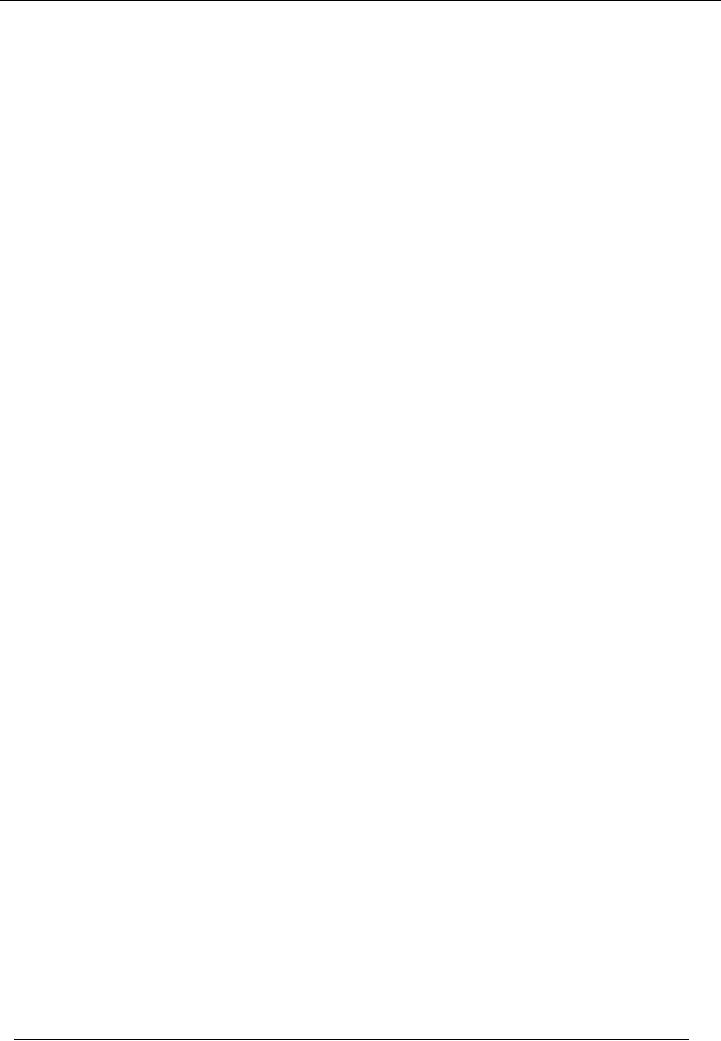
Financial
Accounting (Mgt-101)
VU
and
the accumulated depreciation account should
remain in the accounting records
without further
entries
until
the asset is retired.
133
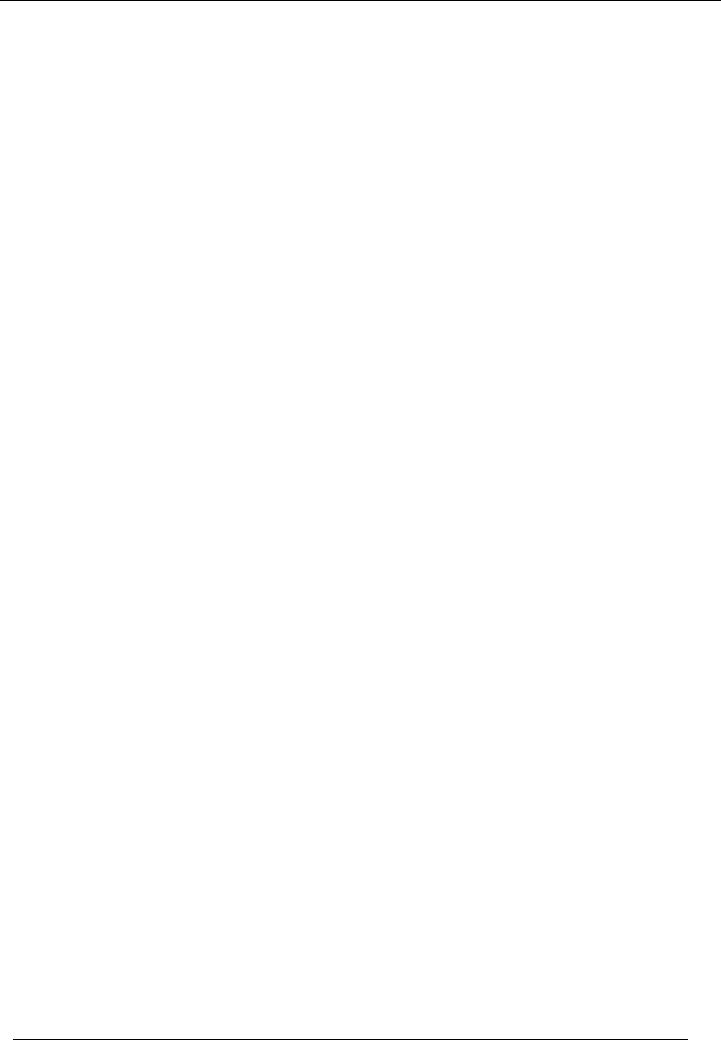
Financial
Accounting (Mgt-101)
VU
Lesson-18
DEPRECIATION
It is a
systematic allocation of the cost of a
depreciable asset to expense
over its useful
life".
GROUPINGS
OF FIXED ASSETS
Major
groups of Fixed
Assets:
· Land
· Building
· Plant
and Machinery
· Furniture
and Fixtures
· Office
Equipment
· Vehicles
No depreciation is
charged for `Land'. In case of
`Leased Asset/Lease Hold
Land' the amount paid for it is
charged
over the life of the lease
and is called Amortization.
RECORDING
OF JOURNAL ENTRIES
Purchase
of fixed asset:
Debit:
Relevant
asset account
Credit:
Cash,
Bank or Payable Account
For
recording of depreciation, following two
heads of accounts are
used:
· Depreciation
Expense Account
· Accumulated
Depreciation Account
Depreciation
expense account contains the depreciation
of the current year. Accumulated depreciation
contains
the depreciation of the asset from the
financial year in which it
was bought. Depreciation of
the
following
years in which asset was
used, is added up in this account. In
other words, this head of
account
shows
the cost of usage of the asset up to the
current year. Depreciation account is
charged to profit &
loss
account
under the heading of Administrative
Expenses. In the balance sheet,
fixed assets are presented
at
written
down value. i-e.
WDV =
Actual cost of fixed asset
Accumulated Depreciation.
Journal
entry for the depreciation is given
below:
Debit:
Depreciation
Account
Credit:
Accumulated
Depreciation Account
METHODS
OF CALCULATING DEPRECIATION
There
are several
methods of calculating depreciation. At this
stage, we will discuss only
two of them
namely:
· Straight
line method
· Reducing
balance method
STRAIGHT
LINE METHOD
134
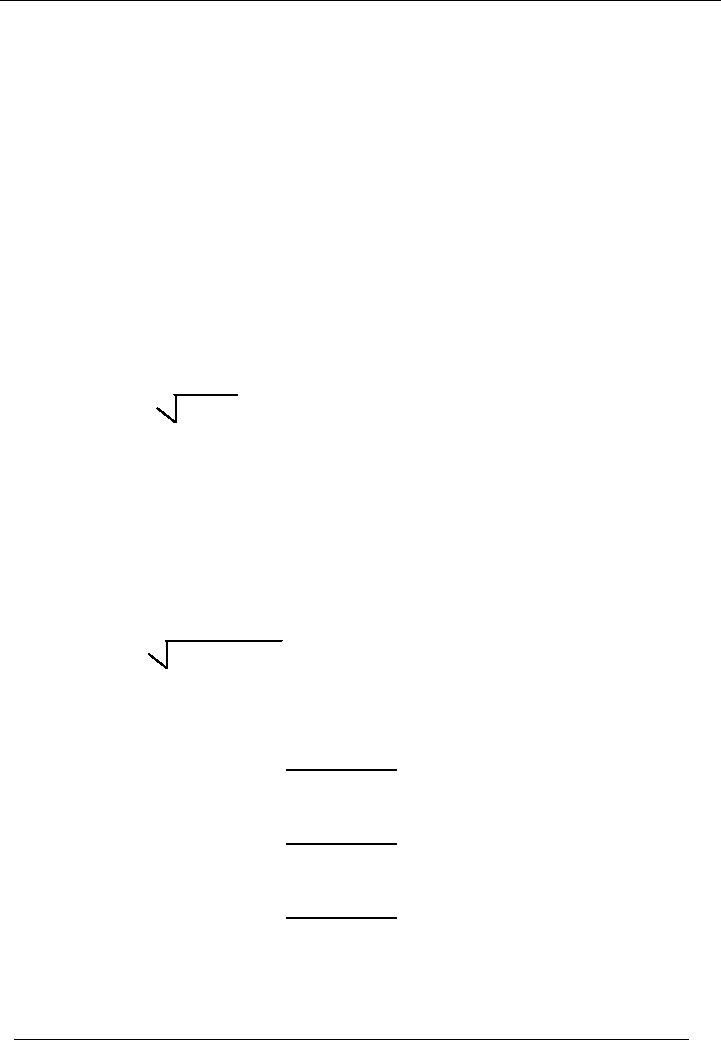
Financial
Accounting (Mgt-101)
VU
In this method, a
fixed amount is calculated by a formula.
That fixed amount is charged
every year
irrespective
of the written down value of the
asset. The formula for
calculating the depreciation is given
below:
Depreciation
= (cost Residual value) / Expected
useful life of the
asset
Residual
value is the
cost of the asset after the expiry of
its useful life.
REDUCING
BALANCE METHOD
In this method,
depreciation is calculated on written
down value. In the first
year, depreciation is calculated
on
cost. Afterwards written
down value is calculated by deducting
accumulated depreciation from the cost
of
that
asset(cost accumulated depreciation)
and depreciation is charged on that
value.
·
Cost
of Asset Price at which
the asset was initially
recorded.
·
Written
Down Value / Book Value
Cost minus Accumulated
Depreciation.
In
reducing balance method, a formula is
used for calculation of depreciation
rate. i e.
·
Rate =
1
n RV /
C
Where:
"RV" =
Residual Value
"C" =
Cost
"n" =
Life of Asset
Calculate
the rate if:
·
Cost
=
100,000
·
Residual
Value (RV)
=
20,000
·
Life
= 3
years
·
Rate =
1 3 20000/100000
=
42%
Year
1
Cost
100,000
Depreciation
100,000
x 42%
(42,000)
WDV
(Closing Balance)
58,000
Year
2
WDV
(Opening Balance)
58,000
Depreciation
58,000
x 42%
(24,360)
WDV
(Closing Balance)
33,640
Year
3
WDV
(Opening Balance)
33,640
Depreciation
33,640
x 42%
(14,128)
WDV
(Closing Balance)
19,511
Disposal of
Asset
Cost
of Asset
=
100,000
Life
of the Asset
= 5
Years
Depreciation
Method
=
Straight Line
135
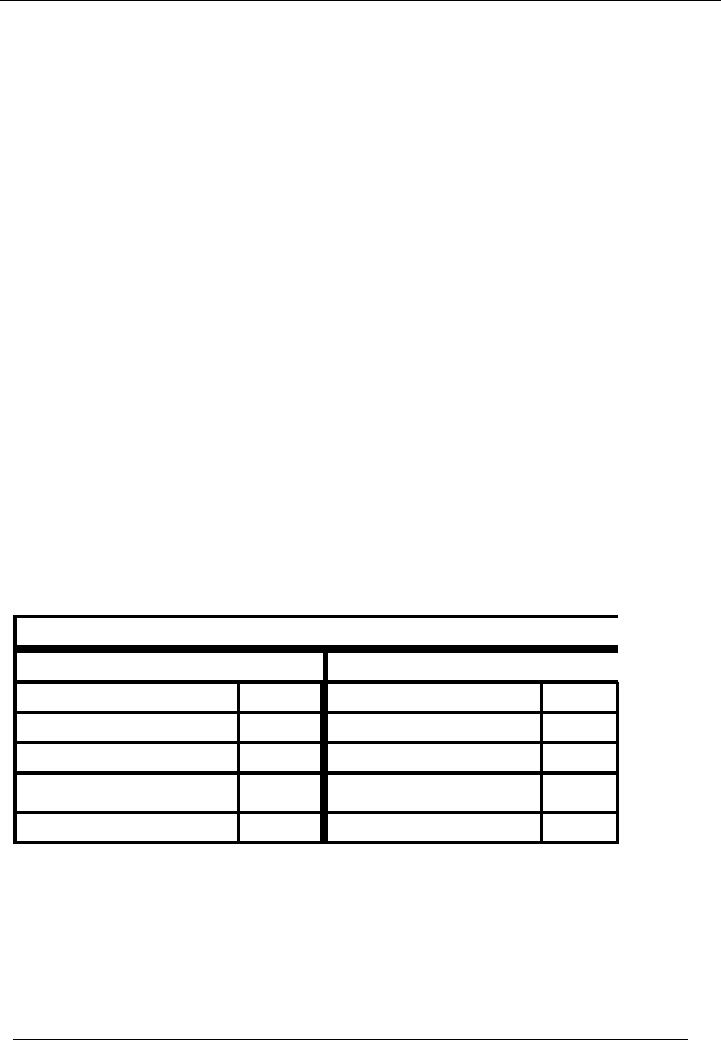
Financial
Accounting (Mgt-101)
VU
Residual
Value
=
Rs.10000
Sale
Price after Five
Years
=
Rs.15000
Depreciation
per year = (100000-10000) /
5
=
Rs.5000 per year
Total
Depreciation in Five
Years
=
18,000 x 5
=
90,000
Book
Value after Five
Years
=
100,000- 90,000
=
10,000
Profit
on Disposal
=
15,000 10,000
=
Rs.5000
Recording
of Disposal
Debit
Fixed
Asset Disposal A/c
100,000
Credit
Fixed
Asset Cost A/c
100,000
(With
the cost of asset)
Debit
Accumulated
Dep. A/c
90,000
Credit
Fixed
Asset Disposal A/c
90,000
(With
the depreciation accumulated to
date)
Debit
Cash /
Bank / Receivable A/c 15,000
Credit
Fixed
Asset Disposal A/c
15,000
(With
the price at which asset is
sold)
[Note:
one group to appear at a
time]
Disposal of
Asset Account
Fixed
Asset Disposal Account
DEBIT
CREDIT
Cost
Account
100,000
Acc.
Dep. Account
90,000
Cash
/ Bank
15,000
P & L
Account
5000
( Balancing
Figure)
Total
105000
Total
105000
POLICY
FOR DEPRECIATION
The
management of the business selects the
policy for charging depreciation. There
is no law binding on the
management.
The management is free to
choose method of depreciation and policy
of charging
depreciation.
Normally two policies are
commonly used:
· Depreciation
on the basis of use
· In the
year of purchase, full
year's depreciation is charged; where
as, in the year of sale
no
depreciation is
charged.
Now it
is up to the management to decide, what method
and what policy is better and effective
for their
business.
136
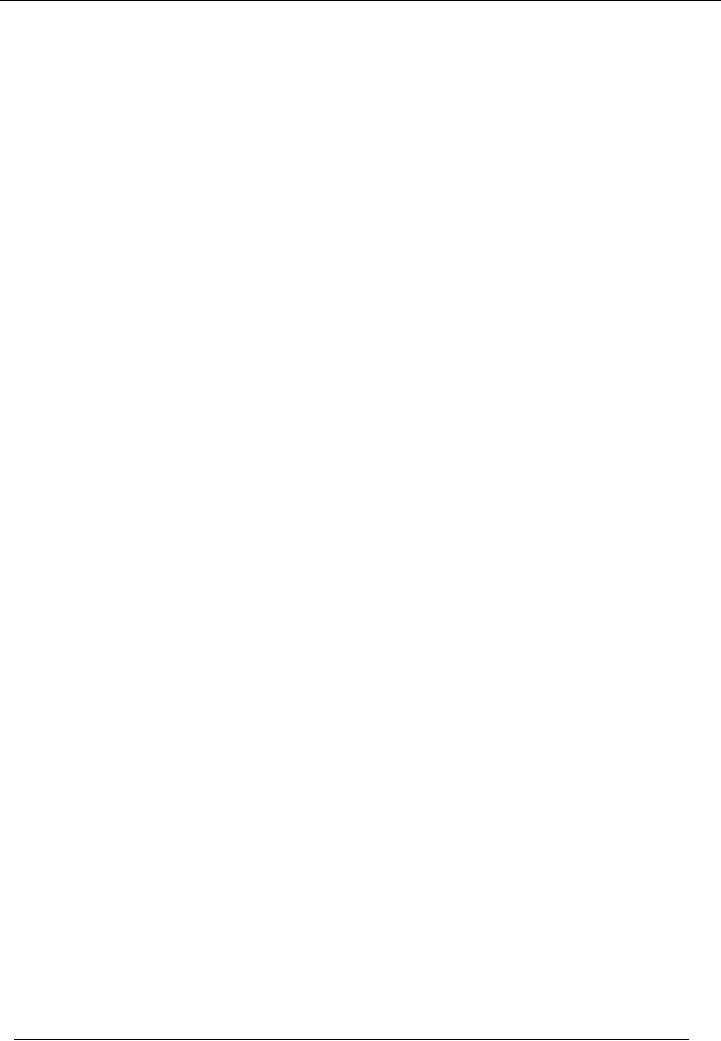
Financial
Accounting (Mgt-101)
VU
DISPOSAL
OF FIXED ASSET
When
depreciable asset is disposed
off at any time during the
financial year, an entry should be
made to give
effect of the
disposal. Since, the residual
value of asset is only
estimated, it is common for asset to be
sold at
price
that differs from its
book value at the date of
disposal. When asset is
sold, any profit or loss
is
computed by
comparing book value with the amount
received from sale. As you
know, book value is
obtained by
deducting accumulated depreciation from
original cost of the asset. A
sale price in excess of
the
book
value produces profit; a
sale price below the book
value produces loss. This
profit or loss should be
shown
in the profit & loss
account.
ENTRIES
FOR RECORDING
DISPOSAL
Debit
Fixed
Asset Disposal A/c
Credit
Fixed
Asset Cost A/c
(With
the cost of asset)
Debit
Accumulated
Dep. A/c
Credit
Fixed
Asset Disposal A/c
(With
the depreciation accumulated to
date)
Debit
Cash /
Bank / Receivable A/c
Credit
Fixed
Asset Disposal A/c
(With
the price at which asset is
sold)
Example
·
An
asset is purchased for Rs.
500,000 on Nov. 01,
2001.
·
Depreciation
rate is 10% p.a.
·
The
Asset is sold on Apr. 30,
2004.
·
Financial
Year is July 1 to June
30
Question
· Calculate
the WDV For both
policies
137
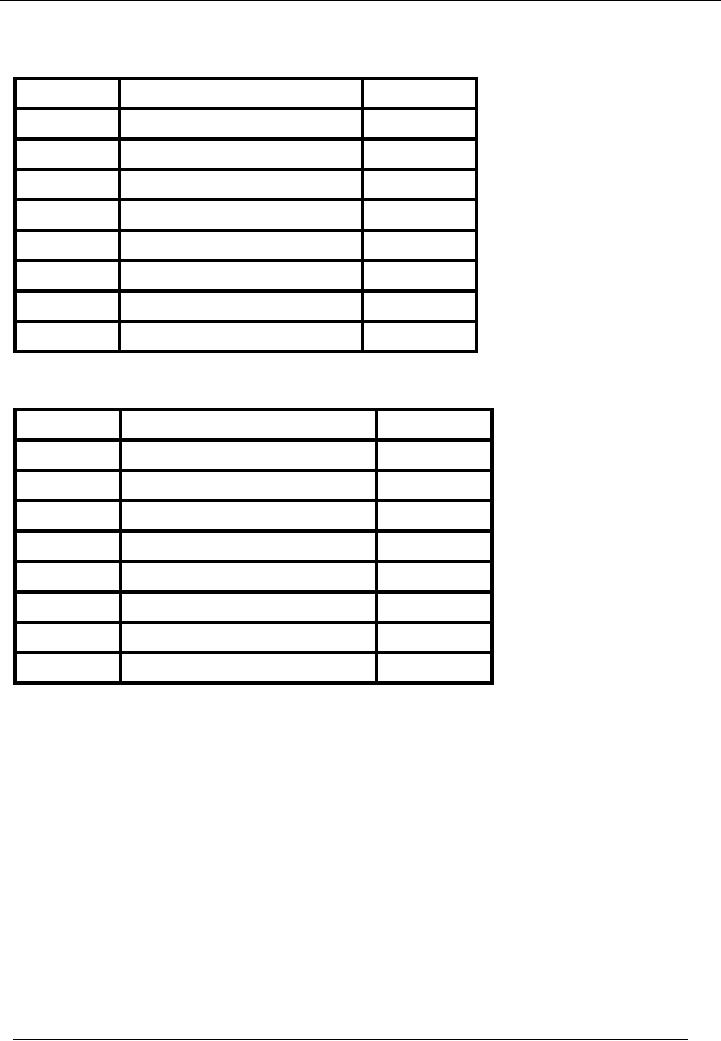
Financial
Accounting (Mgt-101)
VU
Depreciation
is Charged on the Basis of
USe
Year
On
the Basis of Use
Rs.
1-11-2001
Cost
500,000
2001-2002
Dep.
500,000 x 10% x 8 / 12
(33,333)
30-6-2002
WDV
466,667
2002-2003
Dep.
466,666 x 10%
(46,667)
30-6-2003
WDV
420,000
2003-2004
Dep.
420,000 x 10% x 10 / 12
(35,000)
30-4-2004
WDV
385,000
Full
Dep. In the Year of
Purchase
Year
Full
Dep. in year of
Purchase
Rs.
1-11-2001
Cost
500,000
2001-2002
Dep.
500,000 x 10%
(50,000)
30-6-2002
WDV
450,000
2002-2003
Dep.
450,000 x 10%
(45,000)
30-6-2003
WDV
405,000
2003-2004
Dep.
00 in the year of
sale
00
30-6-2004
WDV
405,000
Contents
of Fixed Assets
Register
· Different
record for each class of
assets
· Date
of purchase
· Detailed
particulars of asset
· Location
of asset
· Record
of depreciation
ILLUSTRATION
Cost
of asset
Rs.
200,000
Life
of the asset
5
years
Depreciation
method
Straight
line
Residual
value
Rs.
20,000
Sale
price after 5 years
30,000
Calculate
profit/Loss on the sale of the
asset?
SOLUTION
138
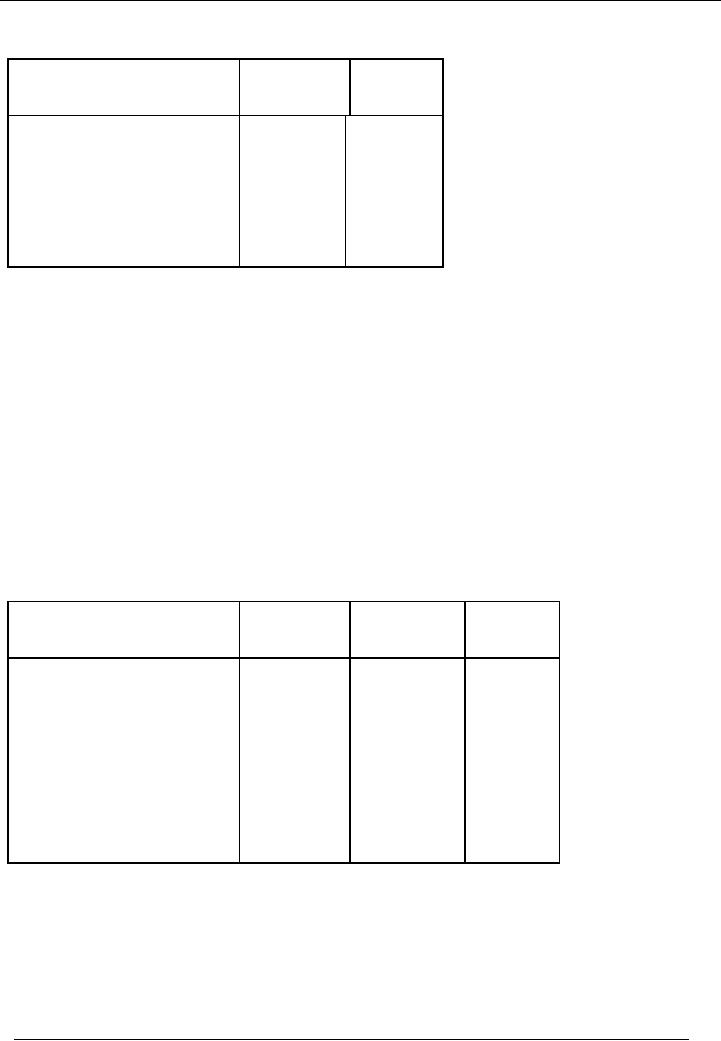
Financial
Accounting (Mgt-101)
VU
Written
down value = 200,000
20,000 = 180,000
Depreciation/year
= 180,000/5 = 36,000 (Straight
line method)
Particulars
Depreciation
Written
(Rs)
Down
Value
(Rs.)
200,000
Depreciable
cost
st year
(36,000)
164,000
Dep.
Of the 1
Dep.
Of the 2nd year
(36,000)
128,000
Dep.
Of the 3
(36,000)
92,000
rd year
(36,000)
56,000
Dep.
Of the 4th year
Dep.
Of the 5th year
(36,000)
20,000
Book
value after five
years
Rs.
20,000
Sale
price
Rs.
30,000
Profit
on sale
Rs.
10,000 (30,000
20,000)
Same
illustration is solved by reducing
balance method
Cost
of asset
Rs.
200,000
Residual
value
Rs.
20,000
Estimated
useful life
5
years
Calculation of
depreciation rate
____
Depreciation
Rate = 1 n√Rv/c
_____________
=1-
5√20,000/200,000
=
37%
Allocation
of depreciation is given below:
Particulars
Depreciation
Accumulated
Written
(Rs)
Depreciation
Down
(Rs.)
Value
(Rs.)
200,000
Depreciable
cost
Dep.
Of the 1st year
200,000
x 37%
74,000
74,000
126,000
Dep.
Of the 2nd year
126,000
x 37%
46,620
120,620
79,380
Dep.
Of the 3rd year
29,371
149,991
50,009
79,380
x 37%
Dep.
Of the 4th year
50,009
x 37%
18,503
168,494
31,506
Dep.
Of the 5th year
31,506
x 37%
11,657
180,151
19,849
Book
value after five
years
Rs.
19,849
Sale
price
Rs.
30,000
Profit
on sale
Rs.
10,151 (30,000
19,849)
139
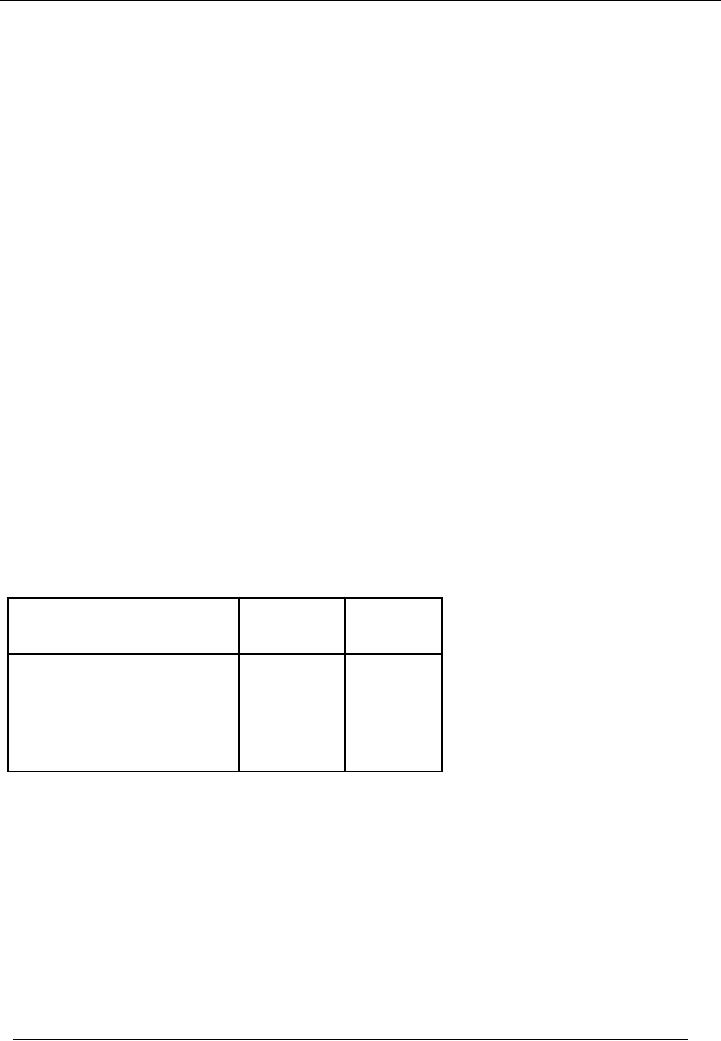
Financial
Accounting (Mgt-101)
VU
Lesson-19
CAPITAL
WORK IN PROGRESS
If an
asset is not completed at
that time when balance sheet
is prepared, all costs incurred on
that asset up to
the
balance sheet date are
transferred to an account called
Capital
Work in Progress Account.
This
account
is shown separately in the balance
sheet below the fixed asset.
Capital work in progress
account
contains
all expenses incurred on the asset
until it is converted into working
condition. All these
expenses
will
become part of the cost of
that asset. When an asset is
completed and it is ready to
work, all costs in
the
capital
work in progress account
will transfer to the relevant asset
account through the following
entry:
Debit:
Relevant
asset account
Credit:
Capital
work in progress
account
ILLUSTRATION
# 1
A
machine is purchased for Rs.
400,000. Its useful life is
estimated to be five years.
Its residual value is
Rs.
25,000.
After four years, it was
sold for Rs. 40,000.
For the purpose of WDV, its
depreciation rate is 40%.
You
are required to show calculation of depreciation
for four years. Also
calculate profit or loss on
disposal.
SOLUTION
Calculation of
depreciation and profit & loss on the
basis of straight line method:
Depreciation/year
= (400,000 25,000)/5 = 75,000
(Straight line method)
As,
machine was sold after four
years but its useful
life was estimated for
five years, when we
calculate
depreciation of the
asset under straight line method, we will
divide its WDV over
five years, not on
four
years.
Particulars
Depreciation
Written
(Rs)
Down
Value
(Rs.)
375,000
Depreciable
cost
Dep.
Of the 1st year
(75,000)
300,000
Dep.
Of the 2nd year
(75,000)
225,000
(75,000)
150,000
Dep.
Of the 3rd year
Dep.
Of the 4th year
(75,000)
75,000
Book
value after four
years
Rs.
75,000
Sale
price
Rs.
40,000
Profit/(loss)
on sale
Rs.
(35,000) i-e.(40,000
75,000)
140
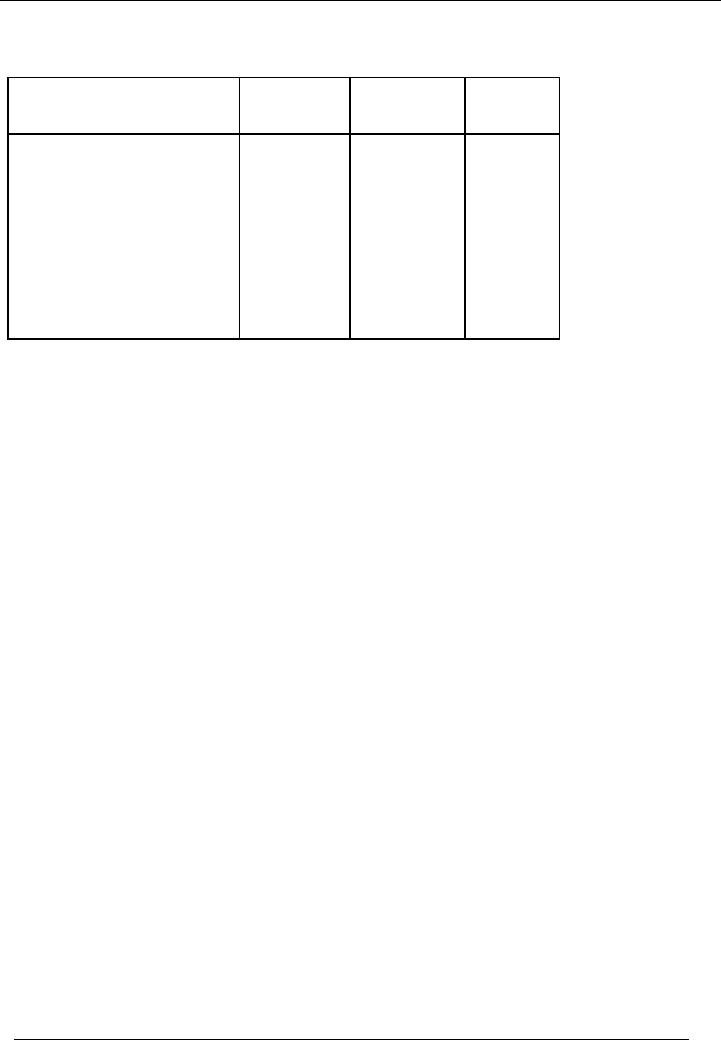
Financial
Accounting (Mgt-101)
VU
Calculation of
depreciation and profit & loss on the
basis of reducing balance
method:
Depreciation
rate = 40%
Particulars
Depreciation
Accumulated
Written
(Rs)
Depreciation
Down
(Rs.)
Value
(Rs.)
Depreciable
cost
400,000
Dep.
Of the 1st year
400,000
x 40%
160,000
160,000
240,000
Dep.
Of the 2nd year
96,000
256,000
144,000
240,000
x 40%
Dep.
Of the 3rd year
144,000
x 40%
57,600
313,600
86,400
Dep.
Of the 4th year
86,400
x 40%
34,560
348,160
51,840
Book
value after four
years
Rs.
51,840
Sale
price
Rs.
40,000
Profit/(loss)
on sale
Rs.
(11,840) i-e.(40,000
51,840)
ILLUSTRATION
# 2
Following
information of machinery account is
available in Year 2004:
· Machine
# 1 is purchased on September 1, 2000
for Rs. 100,000
· Machine
# 2 is purchased on January 31,
2002 for Rs.
200,000
· Machine
# 3 is purchased on July 1, 2003
for Rs. 50,000
· Machine
# 1 is disposed on March 31,
2004
Depreciation
is charged @ 25% reducing balance method.
Financial year is closed on June 30
every year.
Show
the calculation of depreciation on machinery for
four years using the
following policies:
· Depreciation
is charged on the basis of
use
· Full
depreciation is charged in the year of
purchase and no depreciation is charged
in the year of
disposal.
141
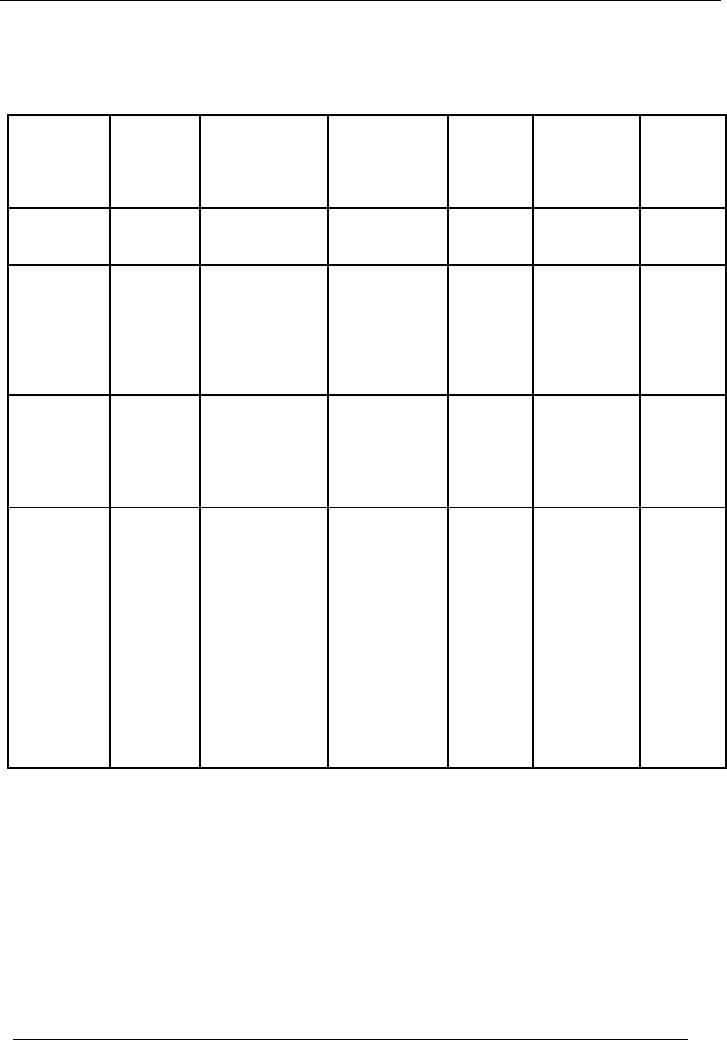
Financial
Accounting (Mgt-101)
VU
SOLUTION
Depreciation
on the basis of
use
Date
Purchase
Depreciation
Accumulated
Total
Written
Total
of
(Rs.)
depreciation
Accum.
Down
Value
Written
machine
(Rs.)
Dep.
(Rs.)
Down
(Rs.)
Value
(Rs.)
01-09-2000
100,000
Machine # 1
Machine
# 1
20,833
Machine
# 1
79,167
100,000
x 25%
20,833
79,167
x10/12=20,833
2001-2002
Machine
# 1
Machine
# 1
61,458
Machine
# 1
238,542
79,167x25%
40,625
59,375
= 19,792
31-01-2002
200,000
Machine # 2
Machine
# 2
Machine
# 2
200,000x25%x5/
20,833
179,167
12=20,833
2002-2003
Machine
# 1
Machine
# 1
121,094
Machine
# 1
178,906
59,375x25%
55,469
44,531
= 14,844
Machine
# 2
Machine
# 2
Machine
# 2
179,167x25%
65,625
134,375
=44,792
2003-2004
Machine
# 1
Machine
# 1
175,538
Machine
# 1
138,281
44,531x25%x
63,819
(36,181)
9/12=
8,350
(sold)
Machine
# 2
Machine
# 2
Machine
# 2
134,375x25%
99,219
100,781
= 33,594
01-07-2003
50,000
Machine # 3
Machine
# 3
Machine
# 3
50,000x25%
12,500
37,500
= 12,500
Figure in blue
color is the written down
value of machine # 1, which is
disposed of by the management.
142
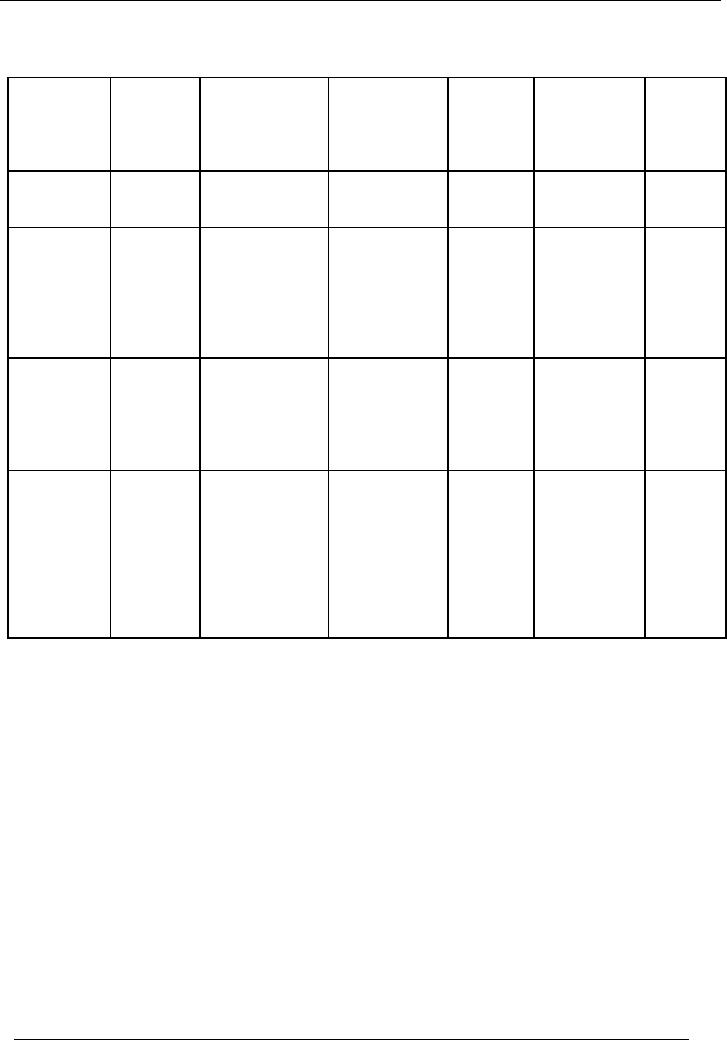
Financial
Accounting (Mgt-101)
VU
Full
year depreciation in the
year of purchase and no depreciation in
the year of sale:
Date
Purchase
Depreciation
Accumulated
Total
Written
Total
of
(Rs.)
depreciation
Accum.
Down
Value
Written
machine
(Rs.)
Dep.
(Rs.)
Down
(Rs.)
Value
(Rs.)
01-09-2000
100,000
Machine # 1
Machine
# 1
25,000
Machine
# 1
75,000
100,000
x 25%
25,000
75,000
=25,000
2001-2002
Machine
# 1
Machine
# 1
93,750
Machine
# 1
206,250
75,000x25%
43,750
56,250
= 18,750
31-01-2002
200,000
Machine # 2
Machine
# 2
Machine
# 2
200,000x25%
50,000
150,000
=50,000
2002-2003
Machine
# 1
Machine
# 1
145,313
Machine
# 1
154,687
56,250x25%
57,813
42,187
= 14,063
Machine
# 2
Machine
# 2
Machine
# 2
112,500
150,000x25%
87,500
=37,500
Machine
# 1 185,935
2003-2004
Machine
# 1
Machine
# 1
121,875
57,813
0
42,187
Machine
sold
(sold)
(sold)
Machine
# 2
Machine
# 2
Machine
# 2
112,500x25%
115,625
84,375
= 28,125
50,000
Machine # 3
Machine
# 3
01-07-2003
Machine
# 3
50,000x25%
12,500
37,500
= 12,500
143
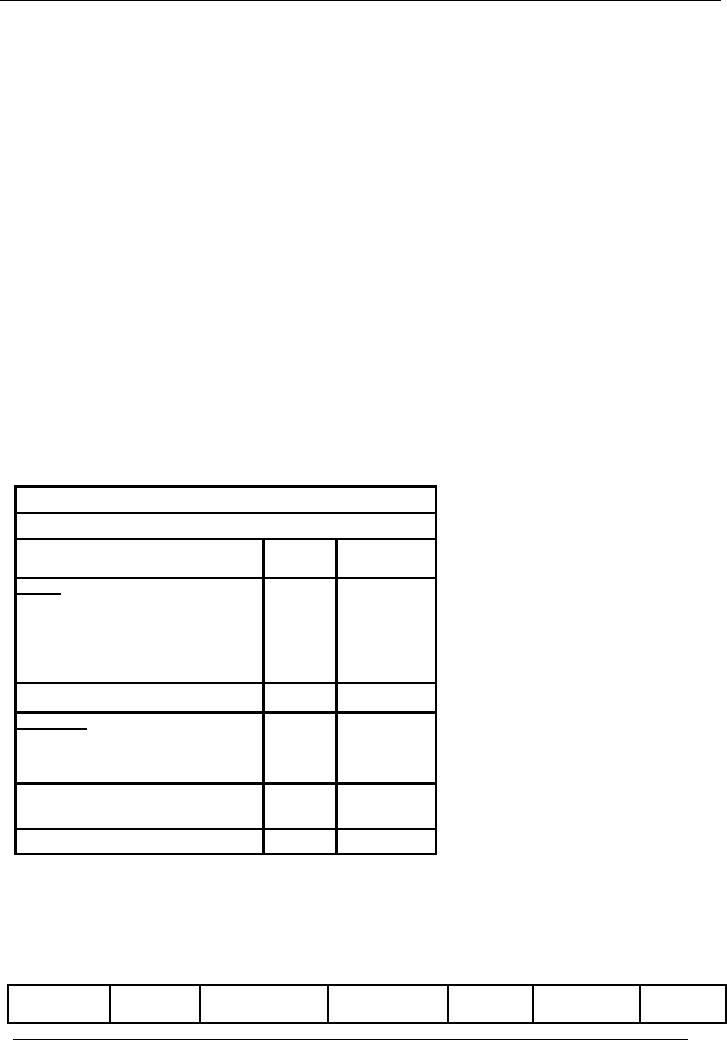
Financial
Accounting (Mgt-101)
VU
Lesson-20
CAPITAL
WORK IN PROGRESS
If an
asset is not completed at
that time when balance sheet
is prepared, all costs incurred on
that asset up to
the
balance sheet date are
transferred to an account called
Capital
Work in Progress Account.
This
account
is shown separately in the balance
sheet below the fixed asset.
Capital work in progress
account
contains
all expenses incurred on the asset
until it is converted into working
condition. All these
expenses
will
become part of the cost of
that asset. When any
expense is incurred or paid, it is included in the
Capital
Work
in Progress Account through the
following entry:
Debit:
Work
in Progress Account
Credit:
Cash/Bank/Payable
Account
When
an asset is completed and it is
ready to work, all costs
will transfer to the relevant asset
account
through
the following entry:
Debit:
Relevant
asset account
Credit:
Capital
work in progress
account
PRESENTATION
It is
already mentioned that Work in
Progress Account is shown
separately in the balance sheet
below the
fixed
asset. i-e.
Name of the
Entity
Balance
Sheet As At
Particulars
Amount
Amount
Rs.
Rs.
Assets
Fixed
Assets
xyz
Capital
Work in Progress
xyz
Other
Long Term Assets
xyz
Current
Assets
Total
Xyz
Liabilities
Capital
xyz
Profit
xyz
Xyz
Long
Term Liabilities
Xyz
Current
Liabilities
Total
Xyz
Consider
the solved illustration in the previous
lecture:
Depreciation
on the basis of
use
Date
Purchase
Depreciation
Accumulated
Total
Written
Total
of
(Rs.)
depreciation
Accum.
Down
Value
Written
144
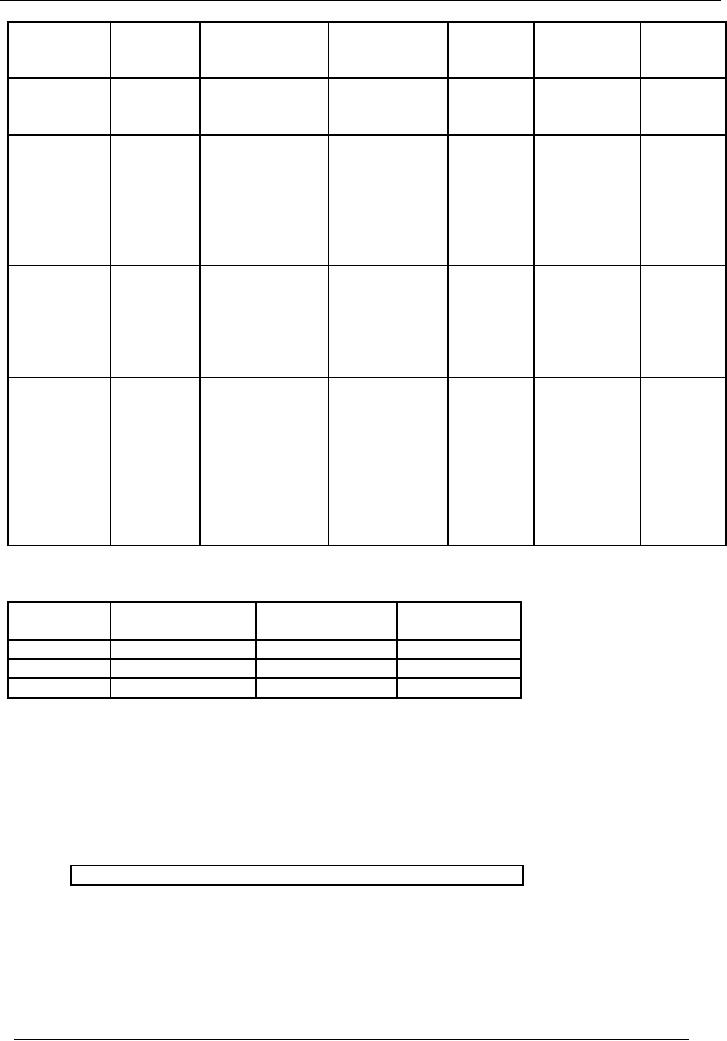
Financial
Accounting (Mgt-101)
VU
machine
(Rs.)
Dep.
(Rs.)
Down
(Rs.)
Value
(Rs.)
01-09-2000
100,000
Machine # 1
Machine
# 1
20,833
Machine # 1
79,167
100,000
x 25%
20,833
79,167
x10/12=20,833
2001-2002
Machine
# 1
Machine
# 1
61,458
Machine # 1
238,542
79,167x25%
40,625
59,375
= 19,792
31-01-2002
200,000
Machine # 2
Machine
# 2
Machine
# 2
200,000x25%x5/
20,833
179,167
12=20,833
2002-2003
Machine
# 1
Machine
# 1
121,094
Machine # 1
178,906
59,375x25%
55,469
44,531
= 14,844
Machine
# 2
Machine
# 2
Machine
# 2
179,167x25%
65,625
134,375
=44,792
2003-2004
Machine
# 1
Machine
# 1
175,538
Machine # 1
138,281
44,531x25%x
63,819
(36,181)
9/12=
8,350
(sold)
Machine
# 2
Machine
# 2
Machine
# 2
134,375x25%
99,219
100,781
= 33,594
01-07-2003
50,000
Machine # 3
Machine
# 3
Machine
# 3
50,000x25%
12,500
37,500
= 12,500
PRESENTATION
IN THE BALANCE SHEET
Year
Cost
of Machinery
Accumulated
Written
Down
Depreciation
Value
2000-2001
100,000
20,833
79,167
2001-2002
300,000
61,458
238,542
2002-2003
300,000
121,094
178,906
Written
Down Value of the year
2003-2004
Opening
Written Down Value:
Rs.
178,906
Add:
Cost of machine
purchased:
Rs.
50,000
Less:
Depreciation of Machine # 1 in
2003-2004:
(8,350)
Less:
Depreciation of other
assets:
(46,094)
Less:
Written Down Value of
machine disposed:
(36,181)
Closing
Written Down Value:
Rs.
138,281
145
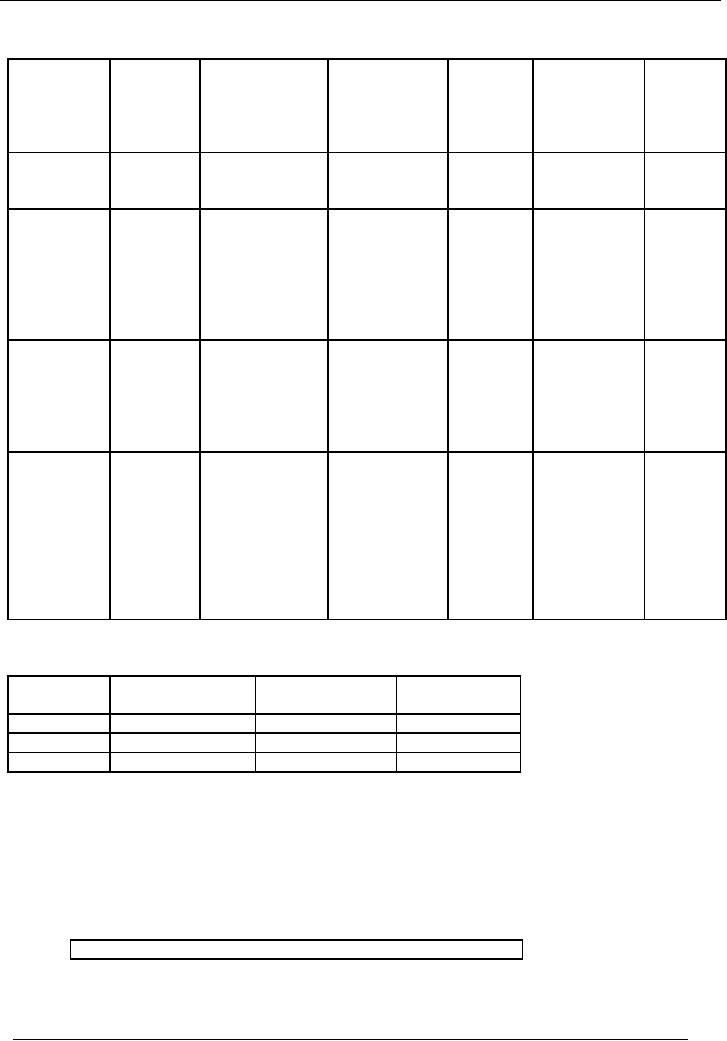
Financial
Accounting (Mgt-101)
VU
Full
year depreciation in the
year of purchase and no depreciation in
the year of sale:
Date
Purchase
Depreciation
Accumulated
Total
Written
Total
of
(Rs.)
depreciation
Accum.
Down
Value
Written
machine
(Rs.)
Dep.
(Rs.)
Down
(Rs.)
Value
(Rs.)
01-09-2000
100,000
Machine # 1
Machine
# 1
25,000
Machine # 1
75,000
100,000
x 25%
25,000
75,000
=25,000
2001-2002
Machine
# 1
Machine
# 1
93,750
Machine # 1
206,250
75,000x25%
43,750
56,250
= 18,750
31-01-2002
200,000
Machine # 2
Machine
# 2
Machine
# 2
200,000x25%
50,000
150,000
=50,000
2002-2003
Machine
# 1
Machine
# 1
145,313
Machine # 1
154,687
56,250x25%
57,813
42,187
= 14,063
Machine
# 2
Machine
# 2
Machine
# 2
150,000x25%
87,500
112,500
=37,500
2003-2004
Machine
# 1
Machine
# 1
185,935
Machine # 1
121,875
0
57,813
42,187
Machine
sold
(sold)
(sold)
Machine
# 2
Machine
# 2
Machine
# 2
112,500x25%
115,625
84,375
= 28,125
01-07-2003
50,000
Machine # 3
Machine
# 3
Machine
# 3
50,000x25%
12,500
37,500
= 12,500
PRESENTATION
IN THE BALANCE SHEET
Year
Cost
of Machinery
Accumulated
Written
Down
Depreciation
Value
2000-2001
100,000
25,000
75,000
2001-2002
300,000
93,750
206,250
2002-2003
300,000
145,313
154,687
Written
Down Value of the year
2003-2004
Opening
Written Down Value:
Rs.
154,687
Add:
Cost of machine
purchased:
Rs.
50,000
Less:
Depreciation of Machine # 1 in
2003-2004:
0
Less:
Depreciation of other
assets:
(40,625)
Less:
Written Down Value of
machine disposed:
(42,187)
Closing
Written Down Value:
Rs.
121,875
146
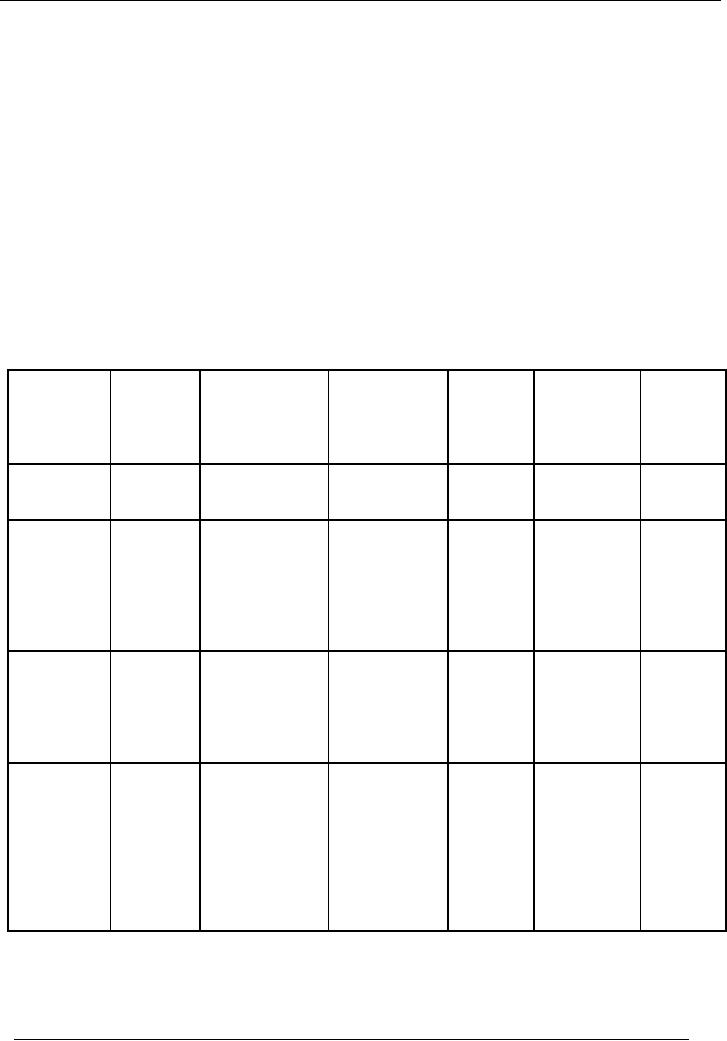
Financial
Accounting (Mgt-101)
VU
ILLUSTRATION
# 2
Following
information of machinery account is
available in Year 2004:
· Machine
# 1 is purchased on
August
1, 2000 for Rs.
50,000
· Machine
# 2 is purchased on April 1, 2002
for Rs. 100,000
· Machine
# 3 is purchased on March 1, 2004
for Rs. 150,000
· Machine
# 1 is disposed on May 31,
2004
Depreciation
is charged @ 20% reducing balance method.
Financial year is closed on June 30
every year.
Show
the calculation of depreciation on machinery for
four years using the
following policies:
· Depreciation
is charged on the basis of
use
· Full
depreciation is charged in the year of
purchase and no depreciation is charged
in the year of
disposal,
SOLUTION
Depreciation
on the basis of
use
Date
Purchase
Total
Depreciation
Accumulated
Total
Written
of
Down
Value
Written
(Rs.)
depreciation
Accum.
machine
(Rs.)
Down
Dep.
(Rs.)
(Rs.)
Value
(Rs.)
01-08-2000
50,000
Machine # 1
Machine
# 1
9,167
Machine # 1
40,833
50,000
x 20%
9,167
9,167
x11/12=9,167
2001-2002
Machine
# 1
Machine
# 1
22,334
Machine # 1
127,666
40,833x20%
17,334
32,666
= 8,167
Machine
# 2
01-04-2002
100,000
Machine # 2
5,000
Machine
# 2
100,000x20%x3/
95,000
12=5,000
2002-2003
Machine
# 1
Machine
# 1
47,867
Machine # 1
102,133
32,666x20%
23,867
26,133
= 6,533
Machine
# 2
Machine
# 2
Machine
# 2
95,000x20%
24,000
76,000
=19,000
2003-2004
Machine
# 1
Machine
# 1
77,858
Machine # 1
200,800
26,133x20%x
28,658
(21,342)
11/12=
4,791
(sold)
Machine
# 2
Machine
# 2
Machine
# 2
76,000x20%
39,200
60,800
= 15,200
01-03-2004
150,000
Machine # 3
Machine
# 3
Machine
# 3
150,000x20%x
10,000
140,000
4/12=
10,000
147
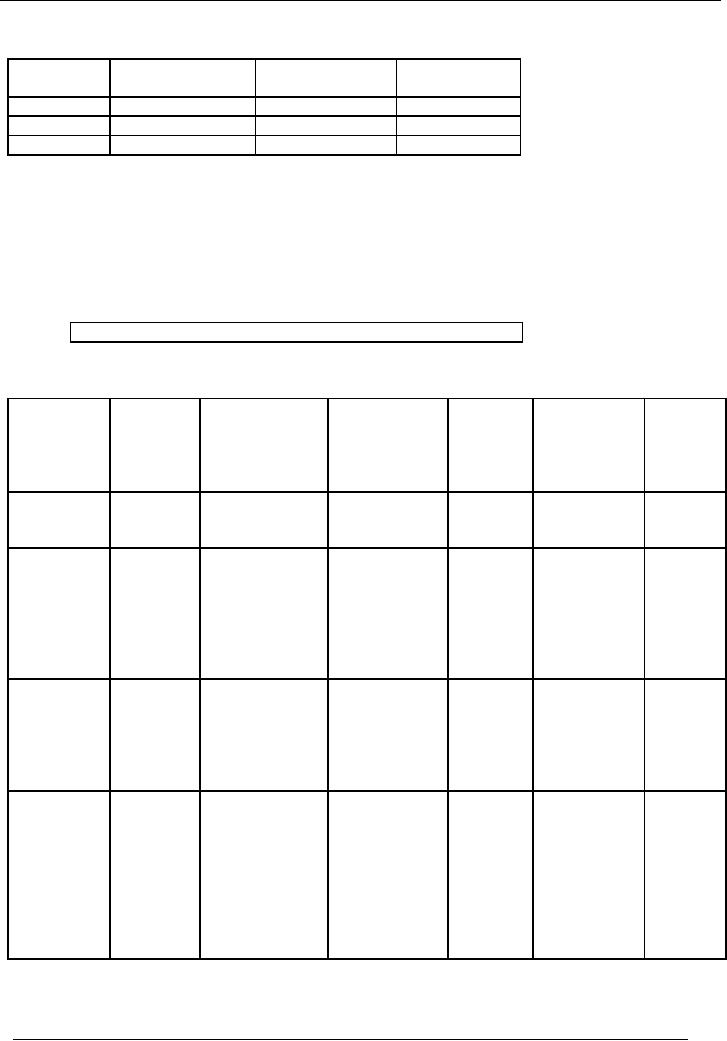
Financial
Accounting (Mgt-101)
VU
PRESENTATION
IN THE BALANCE SHEET
Year
Cost
of Machinery
Accumulated
Written
Down
Depreciation
Value
2000-2001
50,000
9,167
40,833
2001-2002
150,000
22,334
127,666
2002-2003
150,000
47,867
102,133
Written
Down Value of the year
2003-2004
Opening
Written Down Value:
Rs.
102,133
Add:
Cost of machine
purchased:
Rs.
150,000
Less:
Depreciation of Machine # 1 in
2003-2004:
(4,791)
Less:
Depreciation of other
assets:
(25,200)
Less:
Written Down Value of
machine disposed:
(21,342)
Closing
Written Down Value:
Rs.
200,800
Full
year depreciation in the
year of purchase and no depreciation in
the year of sale:
Date
Purchase
Depreciation
Accumulated
Total
Written
Total
of
(Rs.)
depreciation
Accum.
Down
Value
Written
machine
(Rs.)
Dep.
(Rs.)
Down
(Rs.)
Value
(Rs.)
01-08-2000
50,000
Machine # 1
Machine
# 1
10,000
Machine # 1
40,000
50,000
x 20%
10,000
40,000
=10,000
2001-2002
Machine
# 1
Machine
# 1
38,000
Machine # 1
112,000
40,000x20%
18,000
32,000
= 8,000
01-04-2002
100,000
Machine # 2
Machine
# 2
Machine
# 2
100,000x20%
20,000
80,000
=20,000
2002-2003
Machine
# 1
Machine
# 1
60,400
Machine # 1
89,600
32,000x20%
24,400
25,600
= 6,400
Machine
# 2
Machine
# 2
Machine
# 2
80,000x20%
36,000
64,000
=16,000
2003-2004
Machine
# 1
Machine
# 1
103,200
Machine # 1
171,200
0
24,400
(25,600)
Machine
sold
(sold)
(sold)
Machine
# 2
Machine
# 2
Machine
# 2
64,000x20%
48,800
51,200
= 12,800
01-03-2004
150,000
Machine # 3
Machine
# 3
Machine
# 3
150,000x20%
30,000
120,000
= 30,000
148
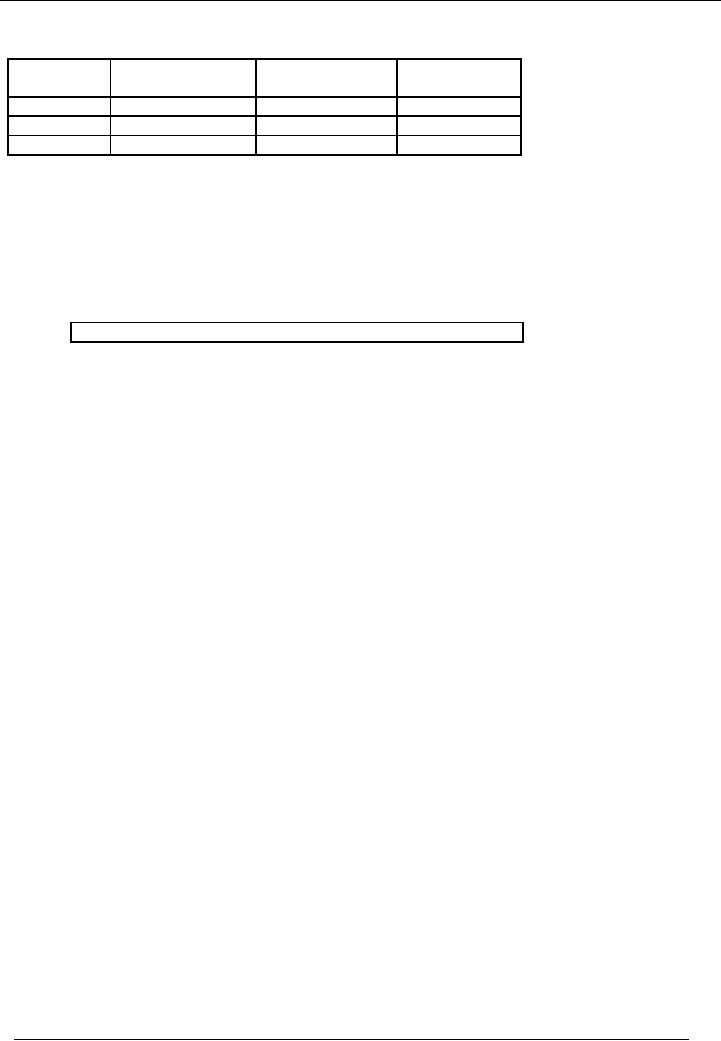
Financial
Accounting (Mgt-101)
VU
PRESENTATION
IN THE BALANCE SHEET
Year
Cost
of Machinery
Accumulated
Written
Down
Depreciation
Value
2000-2001
50,000
10,000
40,000
2001-2002
150,000
38,000
112,000
2002-2003
150,000
60,400
89,600
Written
Down Value of the year
2003-2004
Opening
Written Down Value:
Rs.
89,600
Add:
Cost of machine
purchased:
Rs.
150,000
Less:
Depreciation of Machine # 1 in
2003-2004:
0
Less:
Depreciation of other
assets:
(42,800)
Less:
Written Down Value of
machine disposed:
(25,600)
Closing
Written Down Value:
Rs.
171,200
REVALUATION
OF FIXED ASSETS
Fixed
assets are purchased to be
used for longer period. In the
subsequent years, the value of
asset could be
higher or
lower than its present
book value due to
inflationary condition of the economy.
Assets are valued
at
Historical Cost in the books of accounts.
Historical Cost is the original
cost of the asset at which it
was
purchased
plus additional costs incurred on the
asset to bring it in working
condition. Sometimes, the
management
of the business, if it thinks fit,
revalues the asset to present it on
current market value. Once
the
asset
is revalued to its market
value, then its value
has to be constantly monitored to reflect the
changes in
the
market value.
If an
asset is revalued at higher cost than
its original cost, the
excess amount will be treated as
profit on
revaluation of
fixed assets and it is
credited to Revaluation Reserve
Account.
On the
other hand, if an asset is
revalued at lower cost than
its original cost, the
balance amount will be
treated
as loss on revaluation of fixed assets
and it is shown in the profit &
loss account of that year in
which
asset
was revalued.
149
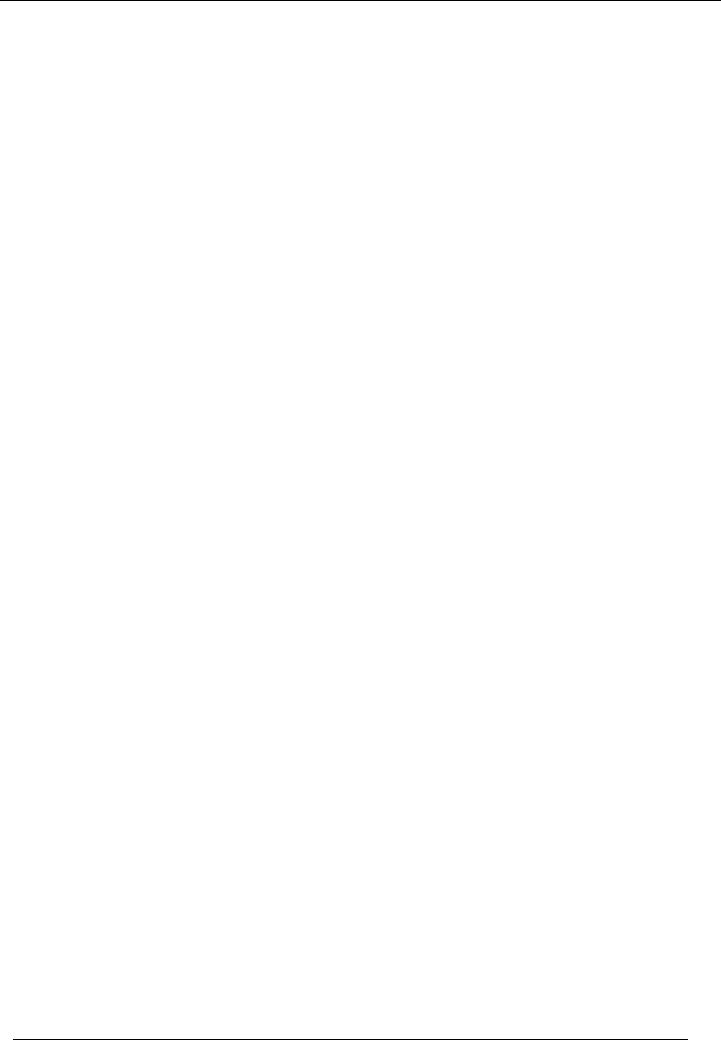
Financial
Accounting (Mgt-101)
VU
Lesson-21
REVALUATION
OF FIXED ASSETS
Fixed
assets are purchased to be
used for longer period. In the
subsequent years, the value of
asset could be
higher or
lower than its present
book value due to
inflationary condition of the economy.
Assets are valued
at
Historical Cost in the books of accounts.
Historical Cost is the original
cost of the asset at which it
was
purchased
plus additional costs incurred on the
asset to bring it in working
condition. Sometimes, the
management
of the business, if it thinks fit,
revalues the asset to present it at
current market value. Once
the
asset
is revalued to its market
value, then its value
has to be constantly monitored to reflect the
changes in
the
market value.
If an
asset is revalued at higher cost than
its original cost, the
excess amount will be treated as
profit on
revaluation of
fixed assets and it is
credited to Revaluation Reserve
Account.
On the
other hand, if an asset is
revalued at lower cost than
its original value, the
balance amount will be
treated
as loss on revaluation of fixed assets
and it is shown in the profit &
loss account of that year in
which
asset
was revalued.
FAIR
VALUE
It is the
value, which an asset would
bring to the management, when sold to a
knowledgeable party in a fair
deal.
RULES
FOR REVALUATION
· Revaluation
has to be carried out at
regular intervals.
· The
change in the value should be
permanent.
· Whole
class of asset has to be
revalued.
ILLUSTRATION
An
asset is purchased at the cost of
Rs. 300,000. It was decided
by the management that depreciation
would
be
charged @ 20 % on the basis of straight
line method. At the end of third
year, following information
is
given:
·
Accumulated
Depreciation
Rs.
180,000
·
Written
Down Value
Rs.
120,000
·
The
management has decided to
revalue it to the current market value.
The current market value
of
the
asset is 180,000. You are
required to make the necessary
adjustments.
SOLUTION
There
are two options for making
adjustments for the above mentioned
changes:
· Charge
the accumulated depreciation to the cost of
asset and increase the value
of asset with the
difference of
current market value and
WDV.
· Calculate
the proportion of increase and
increase the cost of asset
and accumulated depreciation
with
that proportion.
Option
# 1
The
accumulated depreciation is charged off
against the cost of asset
with the help of following
entry:
Debit:
Accumulated
Depreciation
180,000
Credit:
Cost
of asset A/c
180,000
Cost
of asset is increased to current market
value, i-e., Rs.180000. The
difference between current market
value
and WDV is Rs.
60,000(180,000 120,000). The credit
is given to Revaluation Reserve
Account.
150
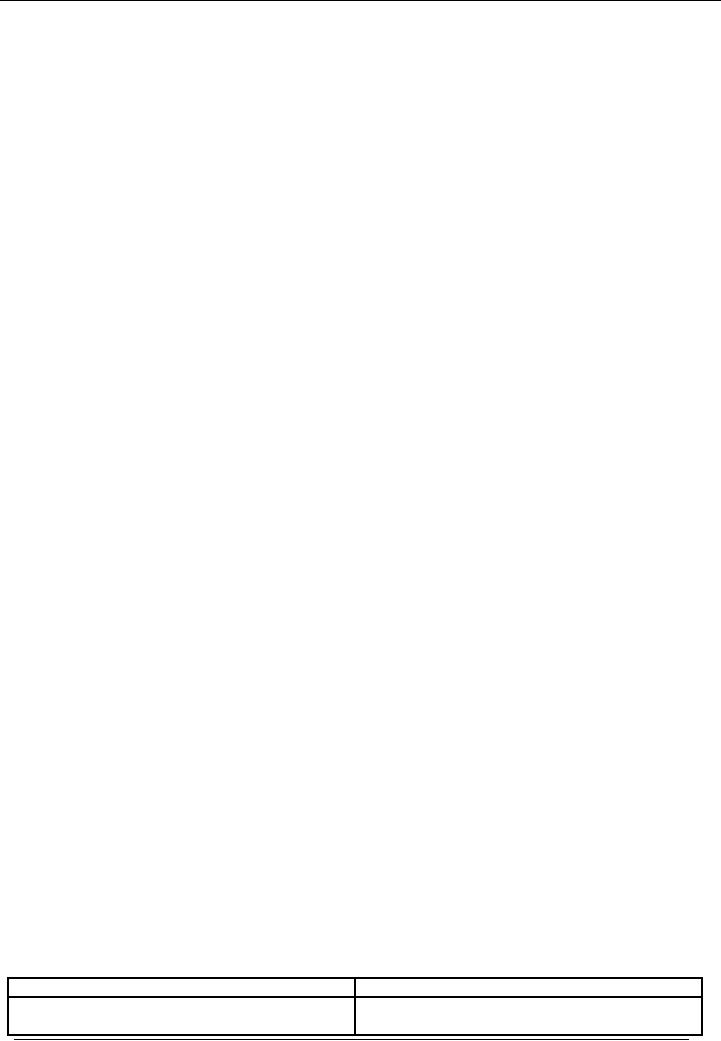
Financial
Accounting (Mgt-101)
VU
Debit:
Cost
of asset A/c
60,000
Credit:
Revaluation
Reserve A/c
60,000
Option
# 2
Both
Cost and Accumulated Depreciation
are increased in a proportionate
manner so that the resulting
Book
Value is equal to the revalued
amount.
Desired
increase in WDV
180,000
120,000 = 60,000
Rs.60000
is 50% of 120,000. Therefore desired
increase in Cost and Accumulated
Depreciation is 50%.
Cost
is increased by 50% by following
entry:
Debit:
Cost
of asset A/c
150,000
Credit:
Revaluation
Reserve A/c
150,000
Accumulated
depreciation is increased by 50% with the
help of the following entry:
Debit:
Revaluation
Reserve A/c
90,000
Credit:
Accumulated
Depreciation A/c 90,000
CAPITAL
AND REVENUE EXPENSES
Capital
Expenses are
those expenses for which
benefit is enjoyed for more than
one accounting
period.
For
example, the business has
bought a car. Now, car
will be used for many
years. So, it is a capital
expense.
Capital
Expenditure generally adds
Fixed Asset Units or
increases Economic Life, Capacity or
Efficiency of
existing
fixed assets. The term used
for Capital expenditures is
`Capitalized'.
Revenue
Expenses are
those expenses for which, the
benefit is enjoyed within one
accounting period.
For
example,
the business has purchased stationery
for office use. Now, the
stationery is used within one
year in
the
office. So, this is a revenue
expense. The term u1sed for
Revenue Expenditures is `Charged
Off'.
Revenue
Expenses are those expenses
that are:
· Incurred
in day to day running of the
business.
· Incurred
to maintain fixed assets in their
original / useable
condition.
All
Capital Expenses are grouped in balance
sheet & all Revenue
expenses are grouped in Profit &
Loss
account.
TYPES
OF CAPITAL EXPENDITURE
Capital
Expenditure is of two
types:
· When
an asset is acquired,
and
· When
an improvement is made in an existing
asset.
All
the expenditure incurred up to the point of bringing
the asset to its intended use is
capitalized as the
initial
cost of asset.
An expenditure
that improves the performance of an asset
from its originally assessed
performance is capital
expenditure.
However, the expenditure incurred on the maintenance
of an asset is treated as
Revenue
Expense.
DISTINCTION
BETWEEN CAPITAL EXPENDITURE &
REVENUE EXPENDITURE
Capital
Expenditure
Revenue
Expenditure
Its
effect is long term, i-e. It is
not exhausted Its effect is short
term, i-e. The benefit is
received
within
the current accounting period. Its
benefit is within one
accounting period.
151
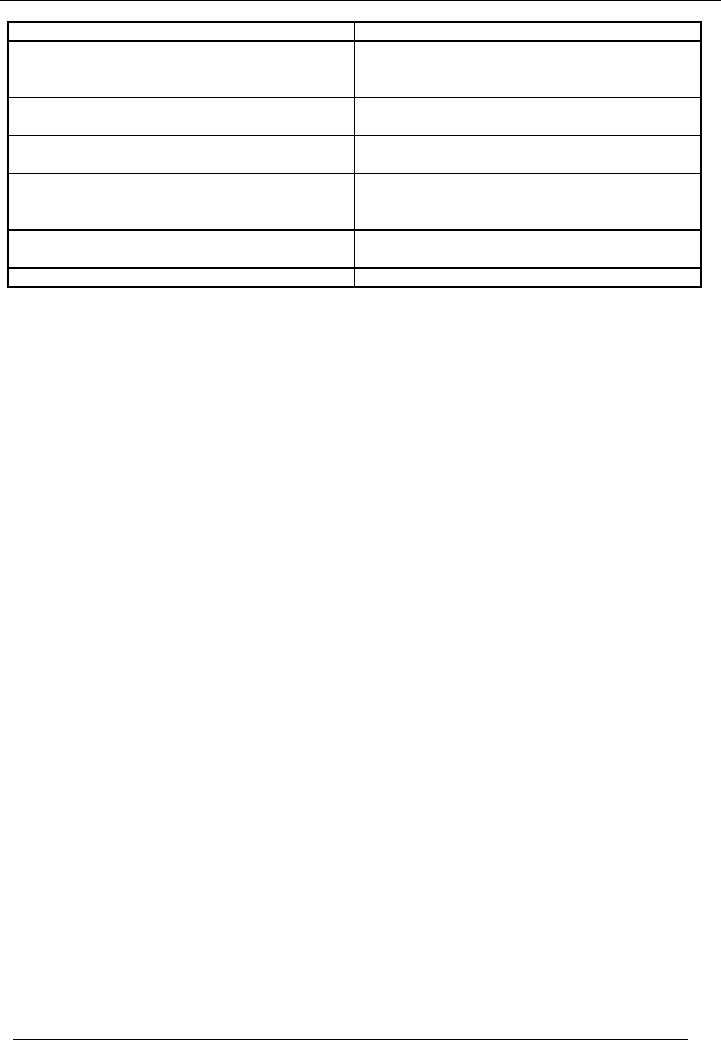
Financial
Accounting (Mgt-101)
VU
received
for a number of years in
future.
Expenditure
is said to be capital expenditure
when
Neither
an asset is acquired nor is the
performance
an
asset is acquired or performance of an
existing
of any
asset increased.
asset
is increased.
It
does not occur again
and again. It is
It is recurring
and regular and it occurs
repeatedly.
non-
recurring and irregular.
This expenditure
improves the financial position of
This expenditure
helps to maintain the business.
the
business.
A
portion of this expenditure (Depreciation on
The
whole amount of this expenditure is shown
in
asset)
is shown in the profit & loss
account and the
the
profit & loss account or
income statement.
balance
is shown in the balance sheet on
asset side.
It
appears in the balance sheet
until its benefit is
It
does not appear in the
balance sheet.
fully
exhausted.
It
does not reduce the profit
of the concern.
It
reduces the profit of the
concern.
DEFERRED
EXPENDITURE
The
revenue expenditure that provides benefit
for more than one
year is called deferred expenditure. It
is
initially
shown in balance sheet.
Subsequently, it is charged to profit
and loss account over the
period in
which
benefit is derived from
it.
THE
GENERAL RULE
The
general rule for distinguishing
between capital and revenue
expenditure:
· The
expense whose benefit lasts
for a period longer than an
accounting period is called
capital
expenditure,
and
· The
expense whose benefit is obtained
within an accounting period is
termed as a revenue
expense.
EXCEPTIONS
·
Depending
upon the size of expenditure and
policy of the organization expenditure can
be
"Charged to
Profit and Loss" instead of
"Capitalizing".
·
Legal
Charges
are as per rule charged to P & L but
when these are incurred to acquire an
asset
these
should be capitalized with the
asset.
·
Repairs
are also charged to P&L
but when it is of such nature
that it enhances the
performance
of an
asset from its original
performance than it should be
capitalized.
·
Wages
are normally revenue expense
but when these are paid to
men employed to create an
asset
these
should be capitalized as the cost of
asset.
·
Freight and
Carriage
normally a revenue expense,
but when paid to bring an
asset to its intended
use
then it is treated as
capital.
·
Interest
on Loan is
normally revenue expenditure but when the
loan is taken to purchase an
asset
its
interest is treated as Capital and is
added to cost of the asset.
CAPITAL
AND REVENUE RECEIPTS
CAPITAL
RECEIPTS
Receipts
which are non-recurring and
whose benefit is enjoyed over a
long period are called
`Capital
Receipts'.
For instance, Capital invested,
Loan from bank, Sale proceed
of fixed assets etc. Capital
receipts
are
shown on the liability side of the
balance sheet.
REVENUE
RECEIPTS
152
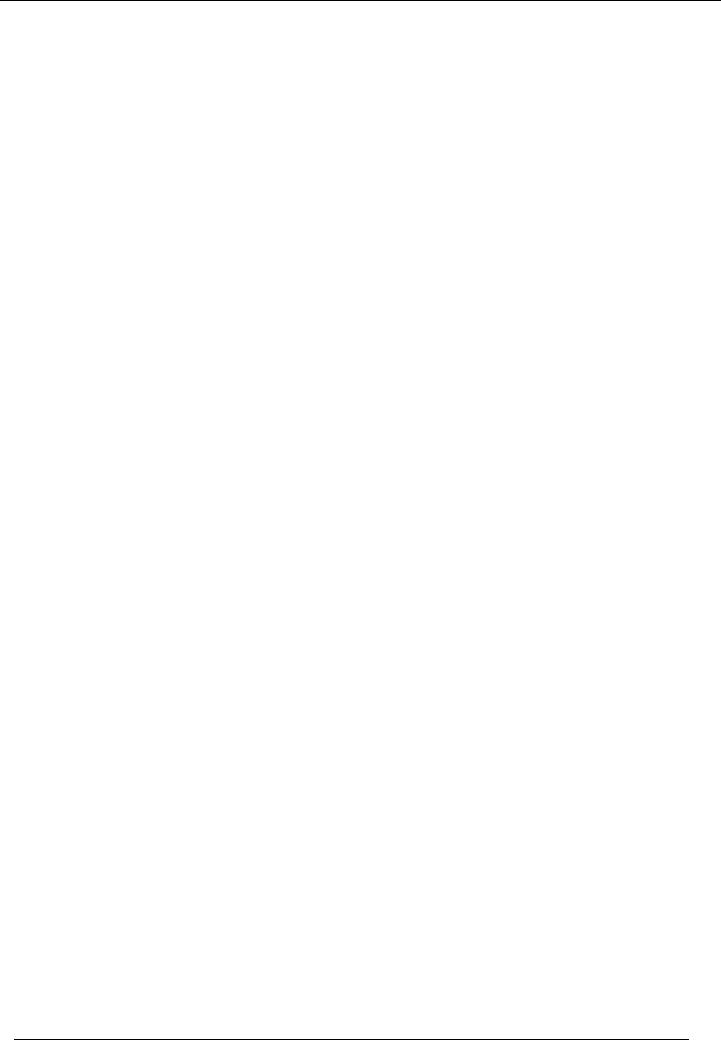
Financial
Accounting (Mgt-101)
VU
Receipts
which are recurring by nature
and which are available
for meeting all day to
day expenses of a
business
concern are known as
`Revenue Receipts'. For
example, sale proceeds of
goods, interest
received,
rent
received etc.
153
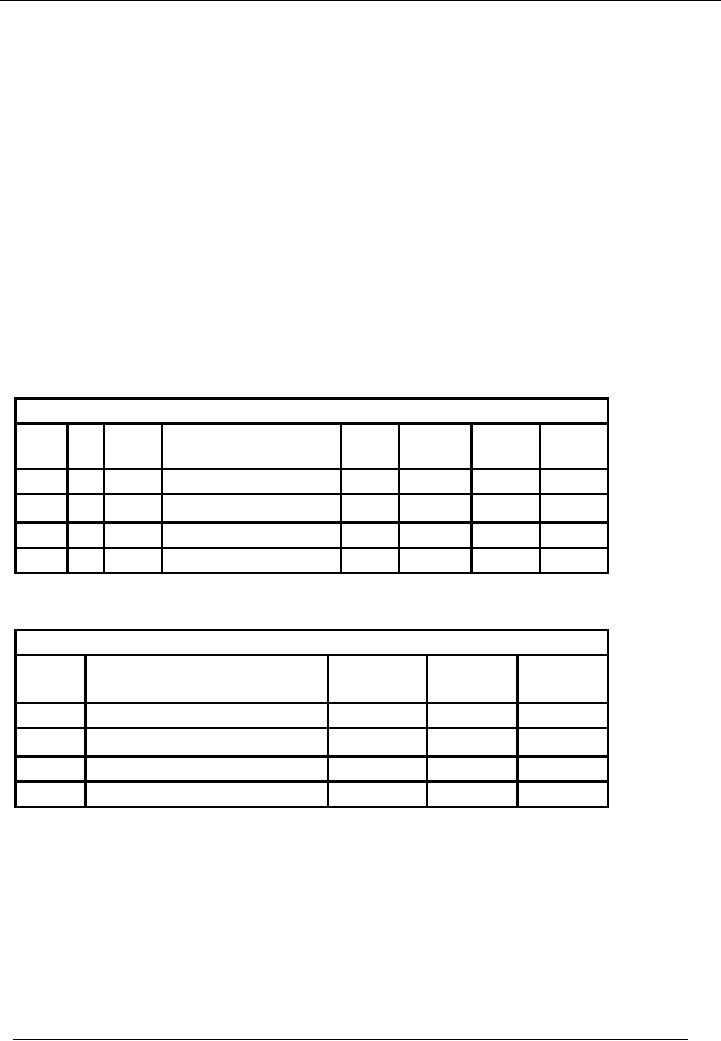
Financial
Accounting (Mgt-101)
VU
Lesson-22
AREAS
COVERED IN THIS
LECTURE
In this
lecture we will learn
about:
· Banking
transactions, and
· Bank
reconciliation statements.
BANK
BOOK AND BANK
STATEMENT
Bank
statement is the detail of transactions in
one's account provided by the bank. We
should understand
one
thing that our money
lying in the bank is an asset for
us. But for bank, it is a
liability as the bank has a
responsibility to
return that money to
us.
Therefore, when we
see a bank statement, it looks like a
mirror image of our bank
book.
That
is, when we pay money
into bank account, our asset
increases. So we Debit our
account whereas for
bank,
its liability to pay us
increases. So our account is
credited in its books.
Standard
format of Bank book is given
hereunder:
XYZ
Traders
Bank
Book (Bank Account
Number)
Account
Code --
Date
Vr.
Chq.
Narration
/
Ledger
Receipt Payment
Balance
20--
#
No.
Particulars
Code
Amount Amount
Dr/(Cr)
Jul
01
Opening
Balance
50,000
50,000
Jul
02
12345
Paid
to Mr. Umer
10,000
40,000
Jul
03
Cash
Deposit in Bank
5,000
45,000
Jul
03
12346
Paid
to Mr. Ali
12,000
33,000
Standard
format of Bank Statement is given
hereunder:
ABC
Bank
Bank
Statement Account No.
xxxxx
Date
Narration
/
Withdrawals
Deposits
Balance
20--
Particulars
Amount
Amount
Dr/(Cr)
Jul
01
Opening
Balance as on Jul 01
50,000
(50,000)
Jul
02
Chq #
12345
10,000
(40,000)
Jul
03
Cash
paid in
5,000
(45,000)
Jul
03
Chq #
12346
12,000
(33,000)
At
times, banks show the amount in
balance column against our General
Rule (a credit figure is shown
in
brackets),
just to facilitate the customers. The
rule, then becomes, a balance favorable
to the customer is
shown
without brackets.
154
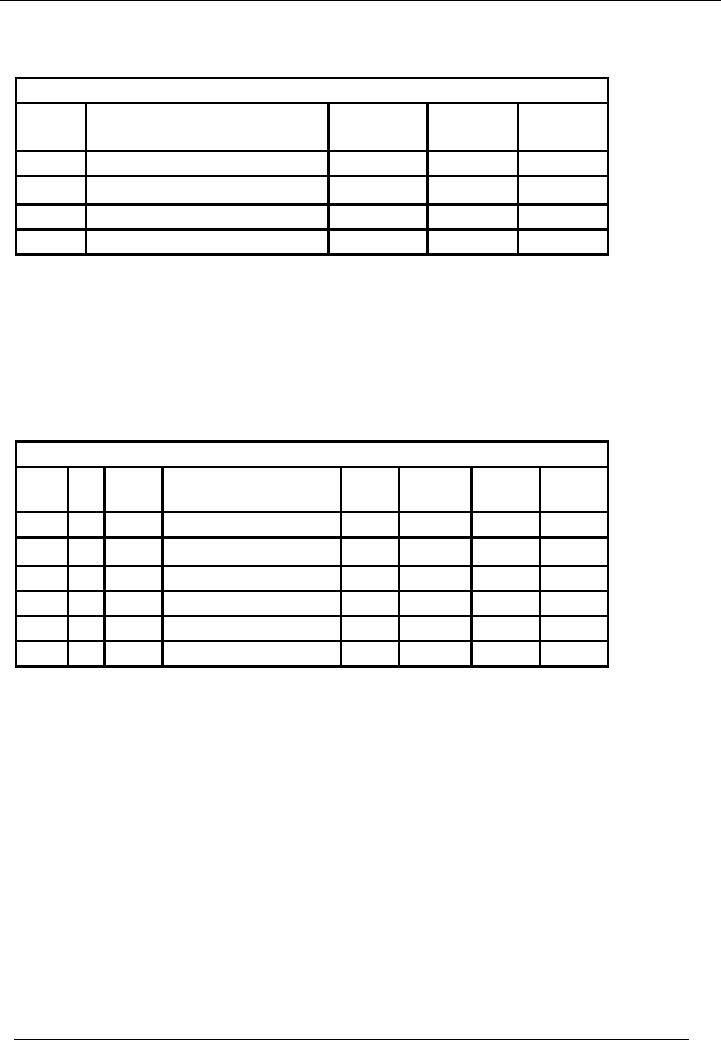
Financial
Accounting (Mgt-101)
VU
Our
bank statement of previous example will
look like as follows.
ABC
Bank
Bank
Statement Account No.
xxxxx
Date
Narration
/
Withdrawals
Deposits
Balance
20--
Particulars
Amount
Amount
Jul
01
Opening
Balance as on Jul 01
50,000
50,000
Jul
02
Chq #
12345
10,000
40,000
Jul
03
Cash
paid in
5,000
45,000
Jul
03
Chq #
12346
12,000
33,000
At
times, banks record
transactions in our account
without our knowledge. e.g. bank
charges, profit, tax.
Sometimes,
someone deposits money
directly in our account that
escapes recording in our books.
This
problem is solved by tracing figures
from bank book to bank statement on
periodic basis in order
to
update
our record.
EXAMPLE
# 1
The
Bank book of Ali Traders
shows the following picture for the
month of July, 2002:
Ali
Traders
Bank
Book (Bank Account
Number)
Account
Code --
Date
Vr.
Chq.
Narration
/
Ledger
Receipt
Payment Balance
20--
#
No.
Particulars
Code
Amount
Amount Dr/(Cr)
Jul
01
Opening
Balance
150,000
150,000
Jul
05
0001
Paid
to XYZ
20,000
130,000
Jul
10
Cash
Deposit in Bank
5,000
135,000
Jul
15
0002
Paid
to ABC
25,000
110,000
Jul
20
0003
Paid
to creditors
50,000
60,000
Balance
as per bank book on Jul 31,
is Rs. 60,000
155
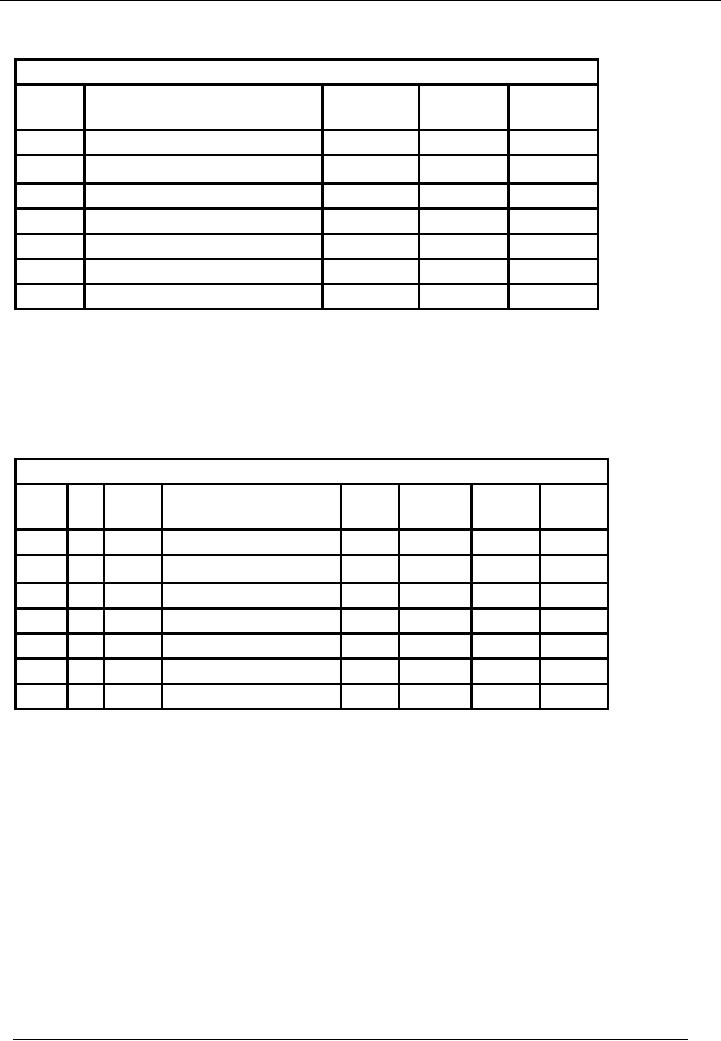
Financial
Accounting (Mgt-101)
VU
The
Bank Statement of Ali Traders
shows the following record
for the month of July,
2002:
ABC
Bank
Bank
Statement Account No.
xxxxx
Date
Narration
/
Withdrawals
Deposits
Balance
20--
Particulars
Amount
Amount
Jul
01
Opening
Balance
150,000
150,000
Jul
05
Chq #
0001
20,000
130,000
Jul
10
Cash
Deposit in Bank
5,000
135,000
Jul
15
Chq #
0001
25,000
110,000
Jul
20
Chq #
0001
50,000
60,000
Jul
31
Bank
charges
500
59,500
Jul
31
Profit
700
60,200
Balance
as per bank statement on Jul
31, is Rs. 60,200
When
we trace the figures, we come to
know that there are
two transactions that have
not been recorded in
our
books. i-e. Transactions of `Bank
charges' and
`Profit'.
After
recording these two transactions, the
bank book of Ali Traders looks
like as follows:
Ali
Traders
Bank
Book (Bank Account
Number)
Account
Code --
Date
Vr.
Chq.
Narration
/
Ledger
Receipt
Payment
Balance
20--
#
No.
Particulars
Code
Amount
Amount
Dr/(Cr)
Jul
01
Opening
Balance
150,000
150,000
Jul
05
0001
Paid
to XYZ
20,000
130,000
Jul
10
Cash
Deposit in Bank
5,000
135,000
Jul
15
0002
Paid
to ABC
25,000
110,000
Jul
20
0003
Paid
to creditors
50,000
60,000
Jul
31
Bank
charges
500
59,500
Jul
31
Profit
700
60,200
After
recording the missing transactions,
Balance as per bank book on
Jul 31, is Rs. 60,200,
which is the
same
as bank statement balance.
In the
above example, dates of
payments in bank book and bank
statement are taken to be the
same. In
actual
life, this is not always the
case. We write out cheque to
our creditor today, he will deposit in
his bank
tomorrow.
The cheque will be presented
in our bank, by the bank of the creditor, on the day
after
tomorrow.
We have recorded the transaction today
but the payment in our
statement will appear at
least 2
days
later. This period can
even be greater.
Similarly, we
receive a cheque from our
debtor today and record it in
our books. The cheque will
be
deposited
in bank tomorrow and it will
take a few days to clear.
Again, there will be a difference in
date of
our
receipt and that of our
bank.
BANK
RECONCILIATION STATEMENT
156
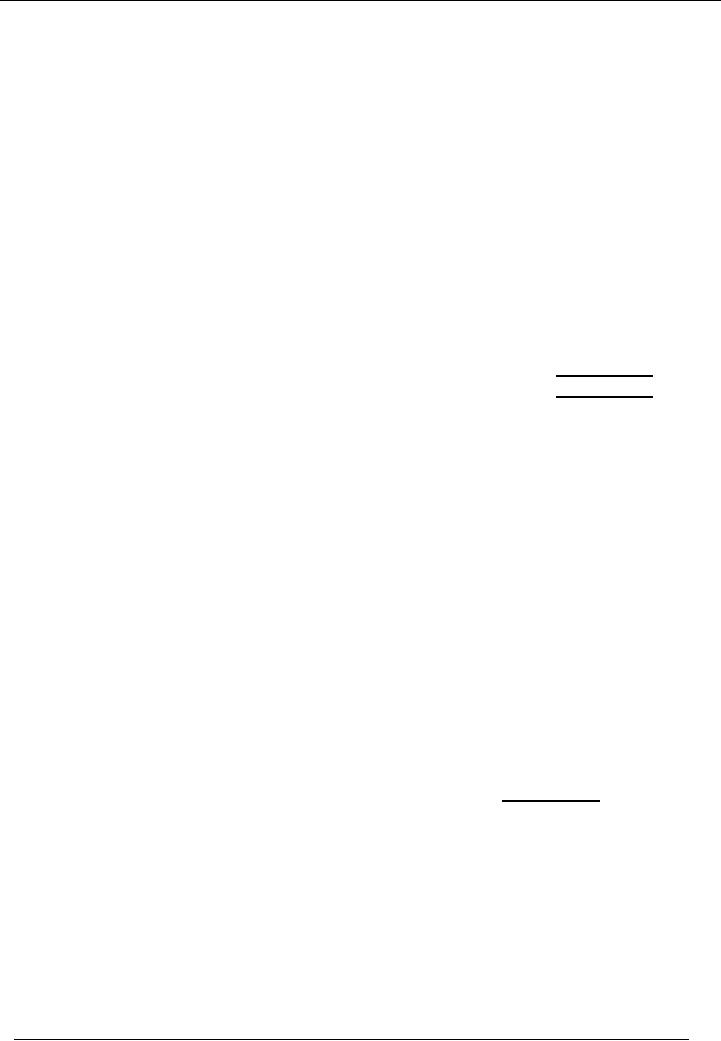
Financial
Accounting (Mgt-101)
VU
In the
above example, it is assumed
that a payment of Rs. 10,000
is made on 31 Jul, and it
appears in the
bank on
Aug, 02. When figures
will be traced from bank
book to bank statement, this amount will
remain
un-ticked
in the bank book in the month of July. No
recording will be made in the books as they
are already
correct.
In
circumstances like these, a
statement is made called Bank
Reconciliation Statement. This
reconciles
those
differences in Bank Book and Bank
Statement that cannot be adjusted by an
accounting entry at
that
date
on which balances are being
reconciled.
The
event discussed above, where a
cheque is issued but it has
not been presented in the
account is called
Un-presented
Cheques. When
this cheque is recorded, the bank book is
credited with Rs.
10,000.
Therefore, the
balance as per Bank Book is
Rs. 50,200 (60,200 -
10,000), whereas, the bank is still
showing a
balance
of Rs. 60,200.
So, if
we want to reconcile these balances, we
will remove the effect of this entry
(not in actual books but
in
the
statement only). So the Statement
Would:
·
Balance
As Per Bank Book
Dr.
50,200
·
Un-presented
Cheques
Dr.
10,000
·
Balance
as Per Bank Statement
Cr.
60,200
Note
following things in this
statement.
· We
have started with the
balance of Bank Book
· To
reverse the effect of Cr. entry in bank
book, we have written Dr.
with the figure.
· Since
both figures (50,200 and
10,000) are Dr. therefore, they
are added.
· We
also know that balances in
bank book and bank statement
are exactly opposite to
each
other,
therefore, Cr. has been
written with the resulting figure
(60,200)
UN-CREDITED
CHEQUES
The
other event discussed was of a
receipt of a cheque that has
not been cleared in the bank
account as yet.
To
record a receipt, bank book should
have been debited. Therefore, to reverse
the effect Credit will be
written
with the figure in the
statement.
Assume,
the above Rs. 10,000 was a
receipt rather than a payment. Then, the
balance in the bank book
would
be Rs. 70,200 (60,200 +
10,000).
The
bank reconciliation will be as
follows:
·
Balance
As Per Bank Book
Dr.
70,200
·
Un-credited
Cheques
Cr.
(10,000)
·
Balance
As Per Bank Statement
Cr.
60,200
157
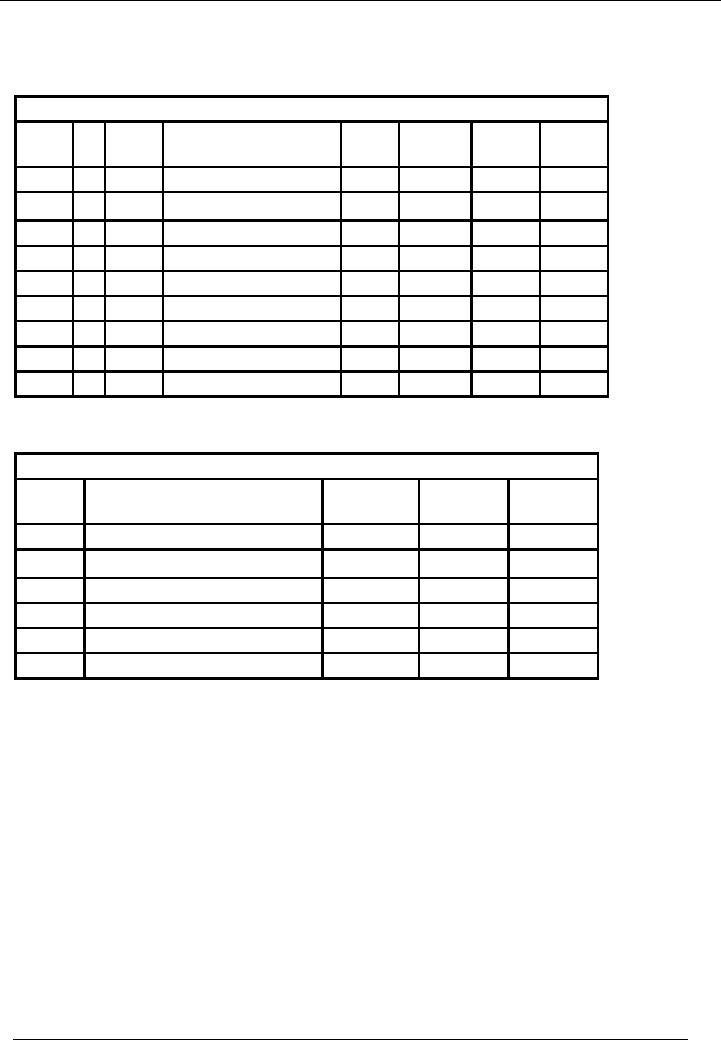
Financial
Accounting (Mgt-101)
VU
EXAMPLE
# 2
The
Bank book of Usman Traders
gives the following record
for the month of December,
2002:
Usman
Traders
Bank
Book (Bank Account
Number)
Account
Code --
Date
Vr.
Chq.
Narration
/
Ledger
Receipt Payment
Balance
20--
#
No.
Particulars
Code
Amount Amount
Dr/(Cr)
Dec
01
Opening
Balance
150,000
150,000
Dec
07
Received
form Anwer
10,000
160,000
Dec
08
57000
Paid
to Tariq
19,500
140,500
Dec
15
57001
Paid
to Shabbir
4,000
136,500
Dec
22
Received
from Javed
9,700
146,200
Dec
28
57002
Paid
to Salim
9,100
137,100
Dec
31
Received
from Javed
20,000
157,100
Dec
31
Received
form Rashid
17,800
174,900
Dec
31
The
Bank Statement of Usman Traders
shows the following picture:
ABC
Bank
Bank
Statement Account No.
xxxxx
Date
Narration
/
Withdrawals
Deposits
Balance
20--
Particulars
Amount
Amount
Dec
1
Balance
B/f
150,000
Dec
7
deposits
10,000
160,000
Dec
11
57000
19,500
140,500
Dec
20
57001
4,000
136,500
Dec
22
deposits
9,700
146,200
Dec
31
Charges
2,200
144,000
You
are required to reconcile Bank book
with Bank Statement and
prepare Bank Reconciliation
Statement.
SOLUTION
While tracing
figures from bank book to bank
reconciliation statement, it is noticed
that bank charges
deducted
by bank are not booked in bank
book. So, bank charges
will be booked through the
following
entry:
Debit:
Bank
charges
2,200
Credit:
Bank
A/c
2,200
158
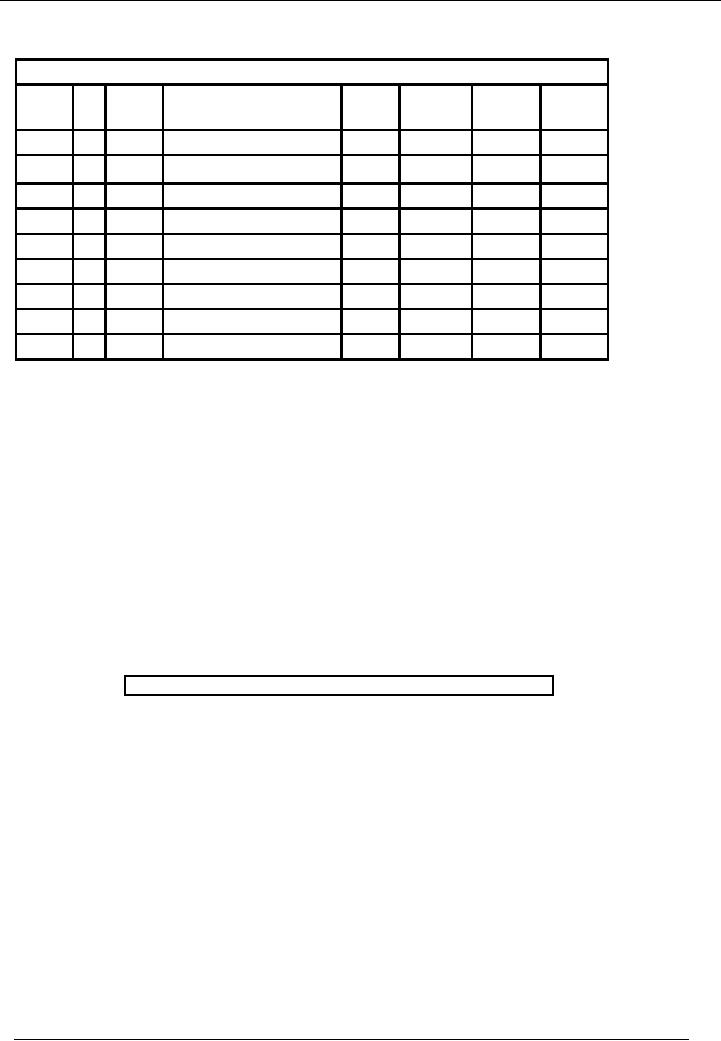
Financial
Accounting (Mgt-101)
VU
The
corrected bank book is
hereunder:
Usman
Traders
Bank
Book (Bank Account
Number)
Account
Code --
Date
Vr.
Chq.
Narration
/
Ledger
Receipt
Payment
Balance
20--
#
No.
Particulars
Code
Amount
Amount
Dr/(Cr)
Dec
01
Opening
Balance
150,000
150,000
Dec
07
Received
form Anwer
10,000
160,000
Dec
08
57000
Paid
to Tariq
19,500
140,500
Dec
15
57001
Paid
to Shabbir
4,000
136,500
Dec
22
Received
from Javed
9,700
146,200
Dec
28
57002
Paid
to Salim
9,100
137,100
Dec
31
Received
from Javed
20,000
157,100
Dec
31
Received
form Rashid
17,800
174,900
Dec
31
Bank
charges
2,200
172,700
It was
also noticed that a cheques of
Rs. 9,100 given to Salim on
December 28 was not paid by bank as
yet.
So, it
is an un-presented cheque. Cheques
received from Javed and
Rashid worth of Rs. 20,000
and 17,800
respectively
are not credited by bank
till December 31,2002. These
are un-credited cheques of
Usman
Traders.
Bank Reconciliation
Statement of Usman Traders
shows the following picture:
Bank
Reconciliation Statement
Usman
Traders
Bank Reconciliation
Statement as at Dec. 31,
2002.
(Rs.)
Balance
as per bank book
Dr.
172,700
Un-presented
cheques
Dr.
9,100
Un-credit
cheques
(20,000)
(17,800)
Cr.
(37,800)
Balance
as per bank statement
Cr.
144,000
159
Table of Contents:
- Introduction to Financial Accounting
- Basic Concepts of Business: capital, profit, budget
- Cash Accounting and Accrual Accounting
- Business entity, Single and double entry book-keeping, Debit and Credit
- Rules of Debit and Credit for Assets, Liabilities, Income and Expenses
- flow of transactions, books of accounts, General Ledger balance
- Cash book and bank book, Accounting Period, Trial Balance and its limitations
- Profit & Loss account from trial balance, Receipt & Payment, Income & Expenditure and Profit & Loss account
- Assets and Liabilities, Balance Sheet from trial balance
- Sample Transactions of a Company
- Sample Accounts of a Company
- THE ACCOUNTING EQUATION
- types of vouchers, Carrying forward the balance of an account
- ILLUSTRATIONS: Ccarrying Forward of Balances
- Opening Stock, Closing Stock
- COST OF GOODS SOLD STATEMENT
- DEPRECIATION
- GROUPINGS OF FIXED ASSETS
- CAPITAL WORK IN PROGRESS 1
- CAPITAL WORK IN PROGRESS 2
- REVALUATION OF FIXED ASSETS
- Banking transactions, Bank reconciliation statements
- RECAP
- Accounting Examples with Solutions
- RECORDING OF PROVISION FOR BAD DEBTS
- SUBSIDIARY BOOKS
- A PERSON IS BOTH DEBTOR AND CREDITOR
- RECTIFICATION OF ERROR
- STANDARD FORMAT OF PROFIT & LOSS ACCOUNT
- STANDARD FORMAT OF BALANCE SHEET
- DIFFERENT BUSINESS ENTITIES: Commercial, Non-commercial organizations
- SOLE PROPRIETORSHIP
- Financial Statements Of Manufacturing Concern
- Financial Statements of Partnership firms
- INTEREST ON CAPITAL AND DRAWINGS
- DISADVANTAGES OF A PARTNERSHIP FIRM
- SHARE CAPITAL
- STATEMENT OF CHANGES IN EQUITY
- Financial Statements of Limited Companies
- Financial Statements of Limited Companies
- CASH FLOW STATEMENT 1
- CASH FLOW STATEMENT 2
- FINANCIAL STATEMENTS OF LISTED, QUOTED COMPANIES
- FINANCIAL STATEMENTS OF LISTED COMPANIES
- FINANCIAL STATEMENTS OF LISTED COMPANIES